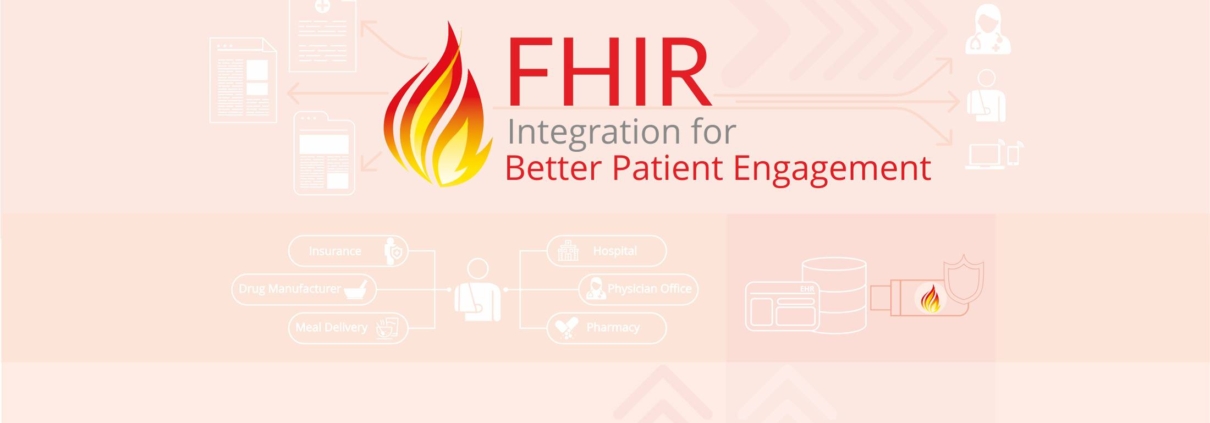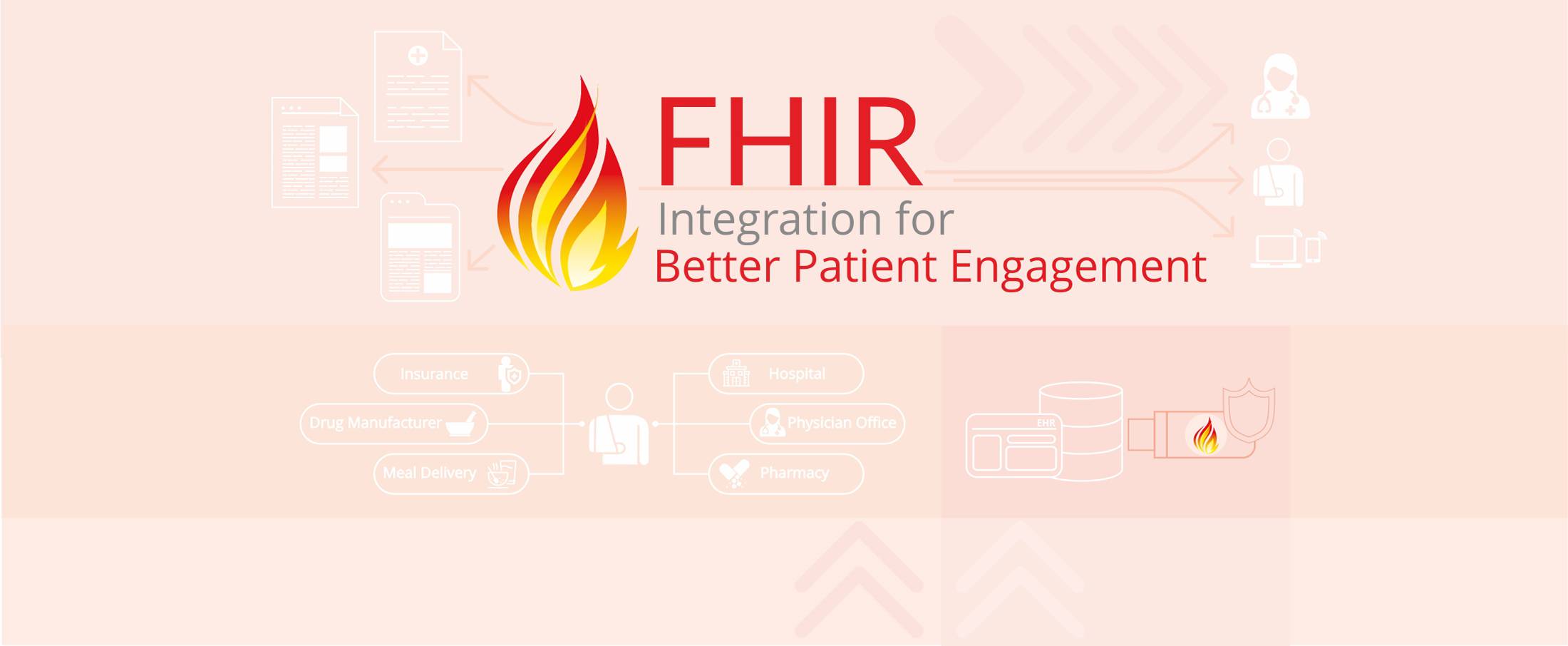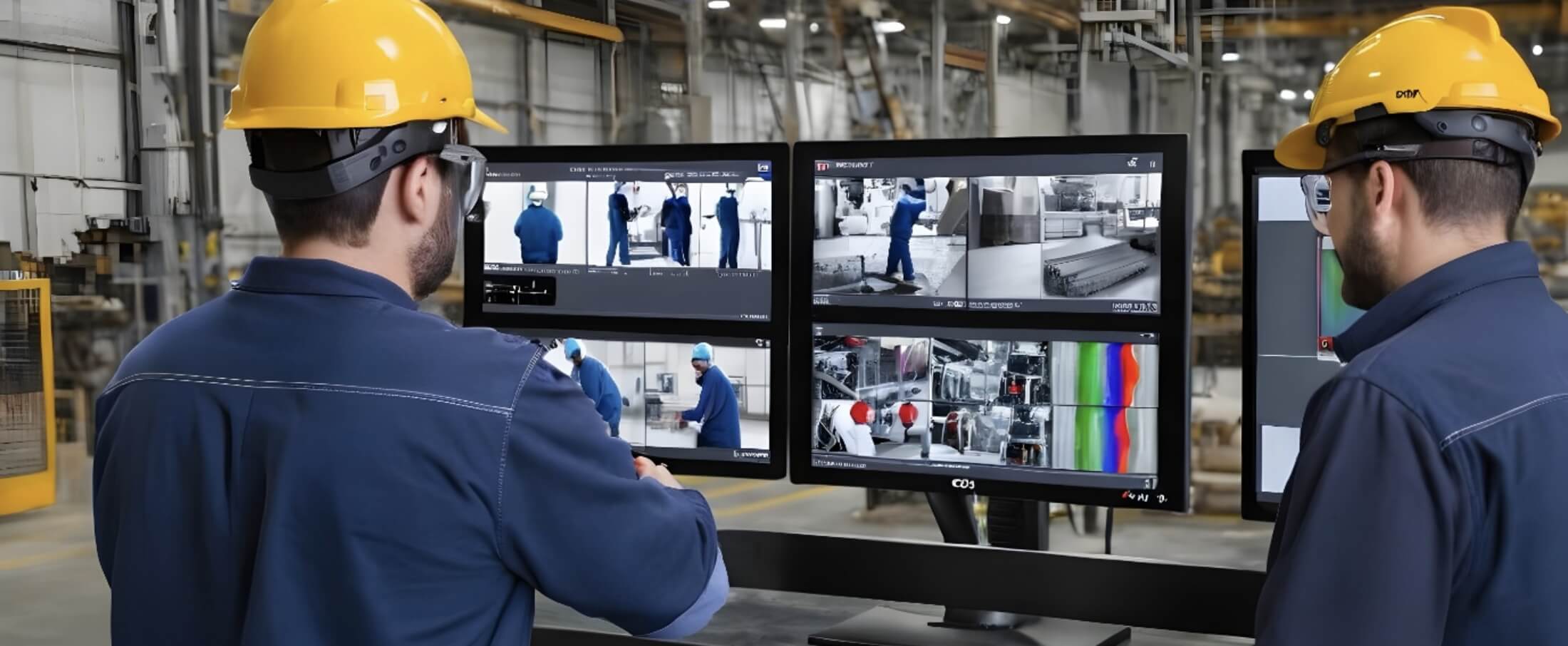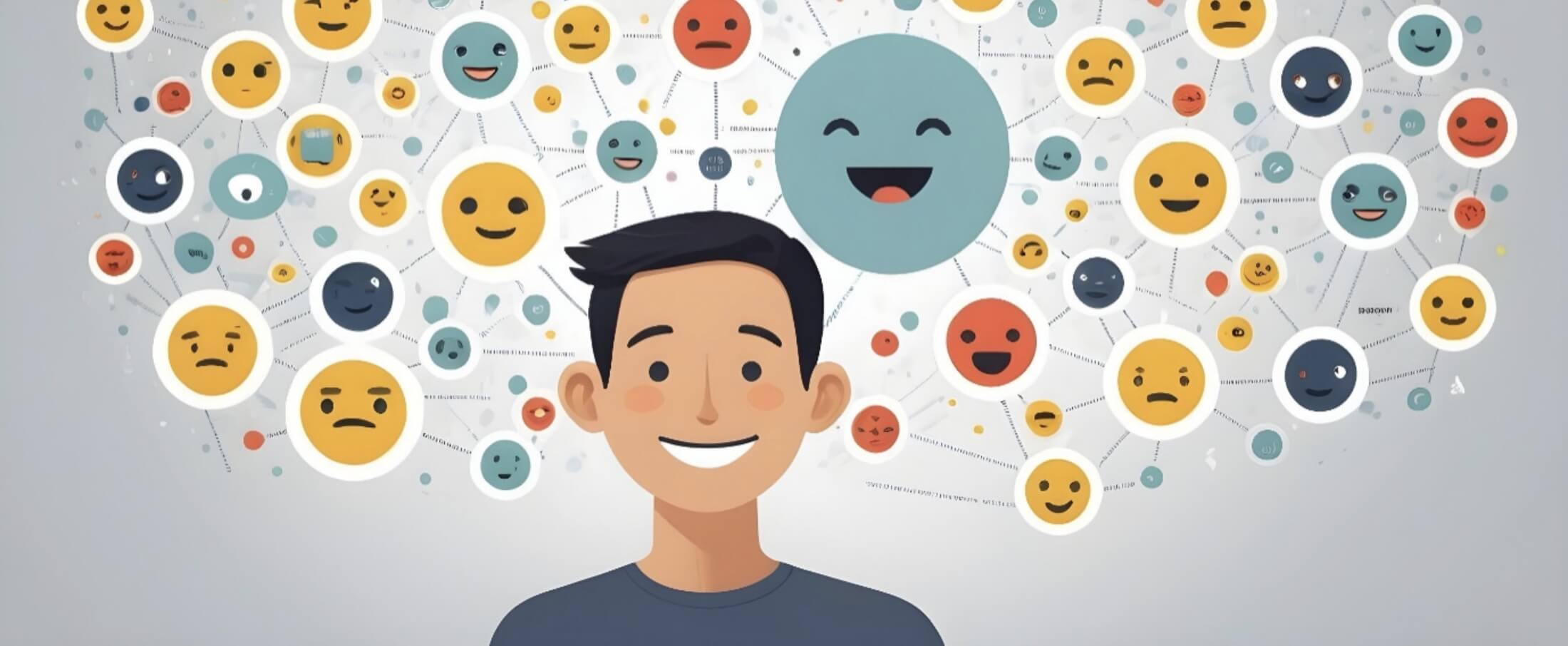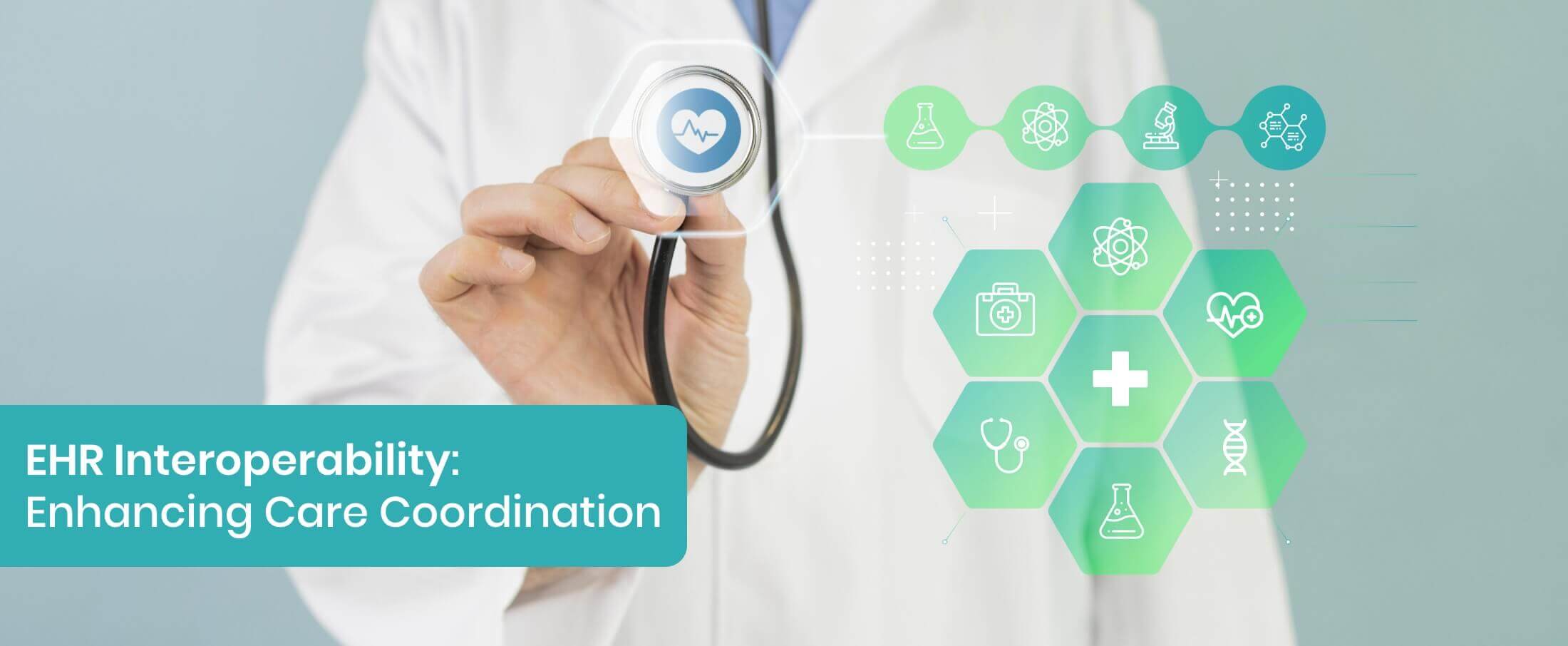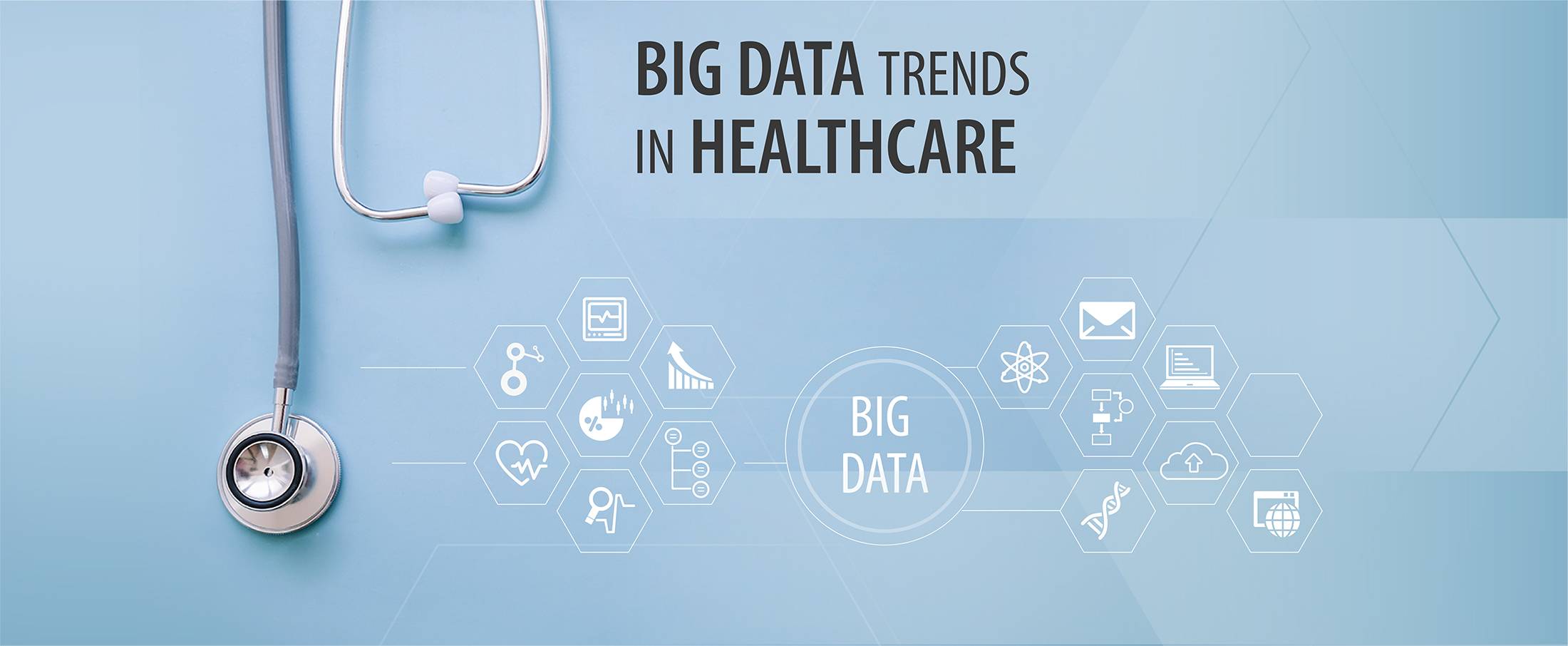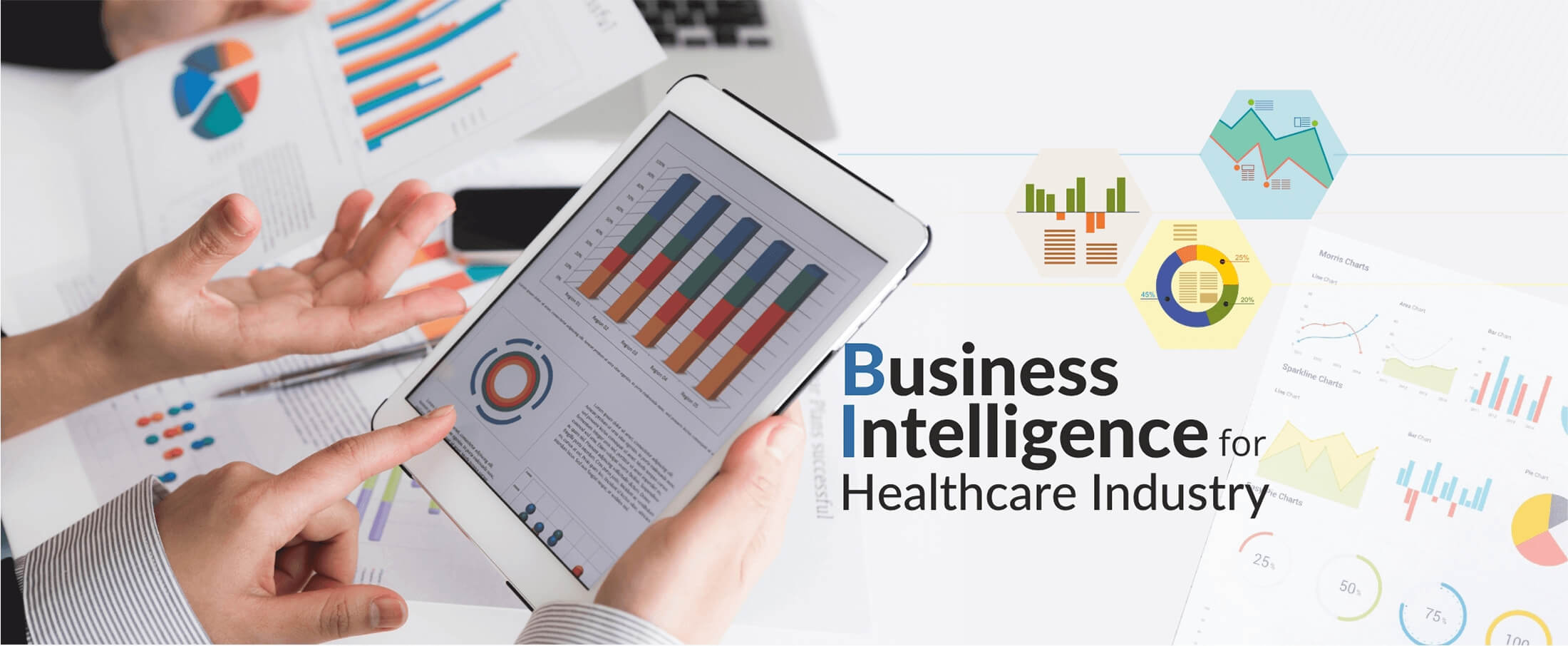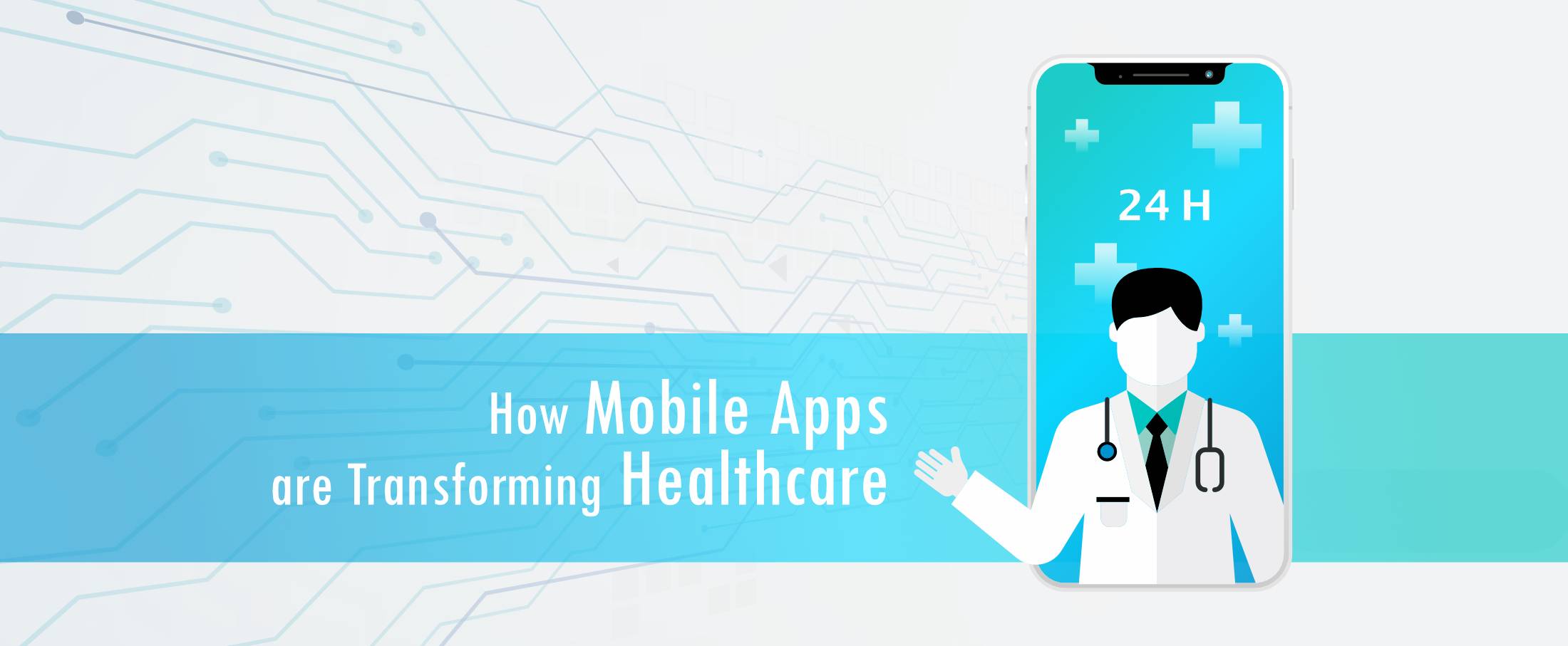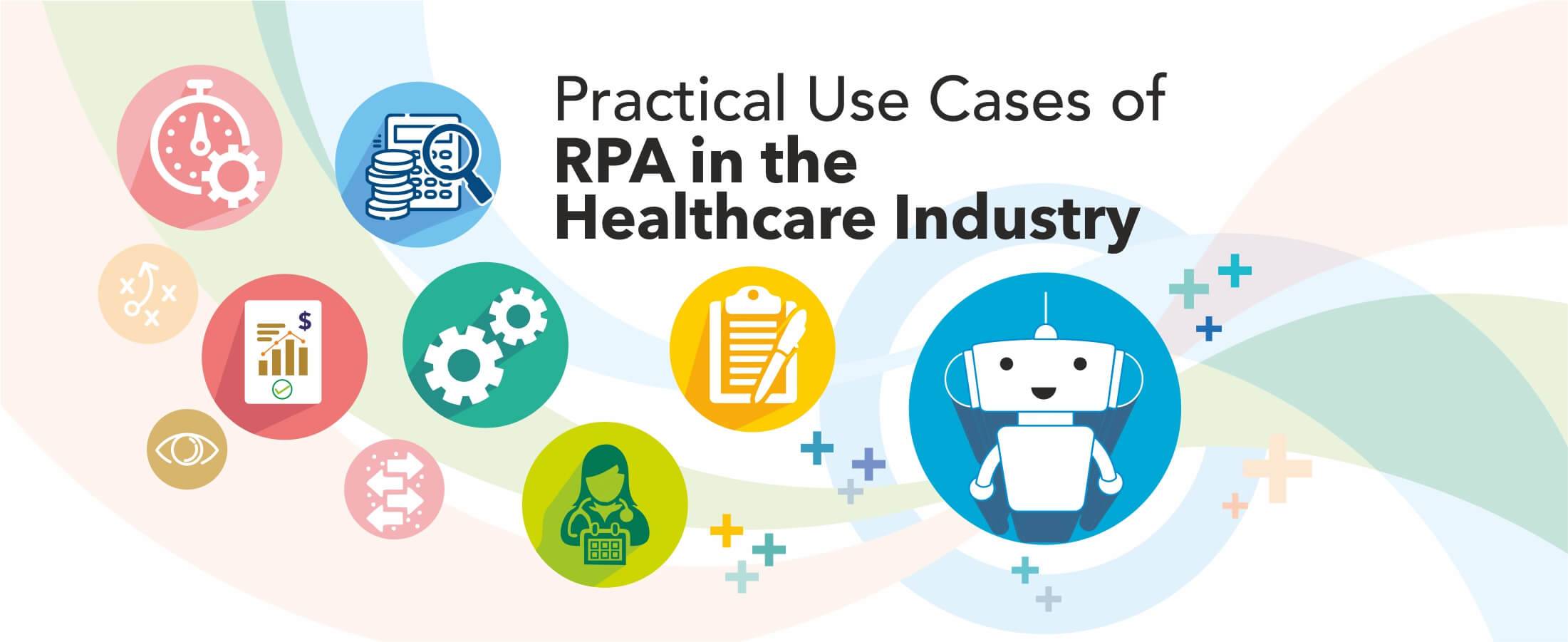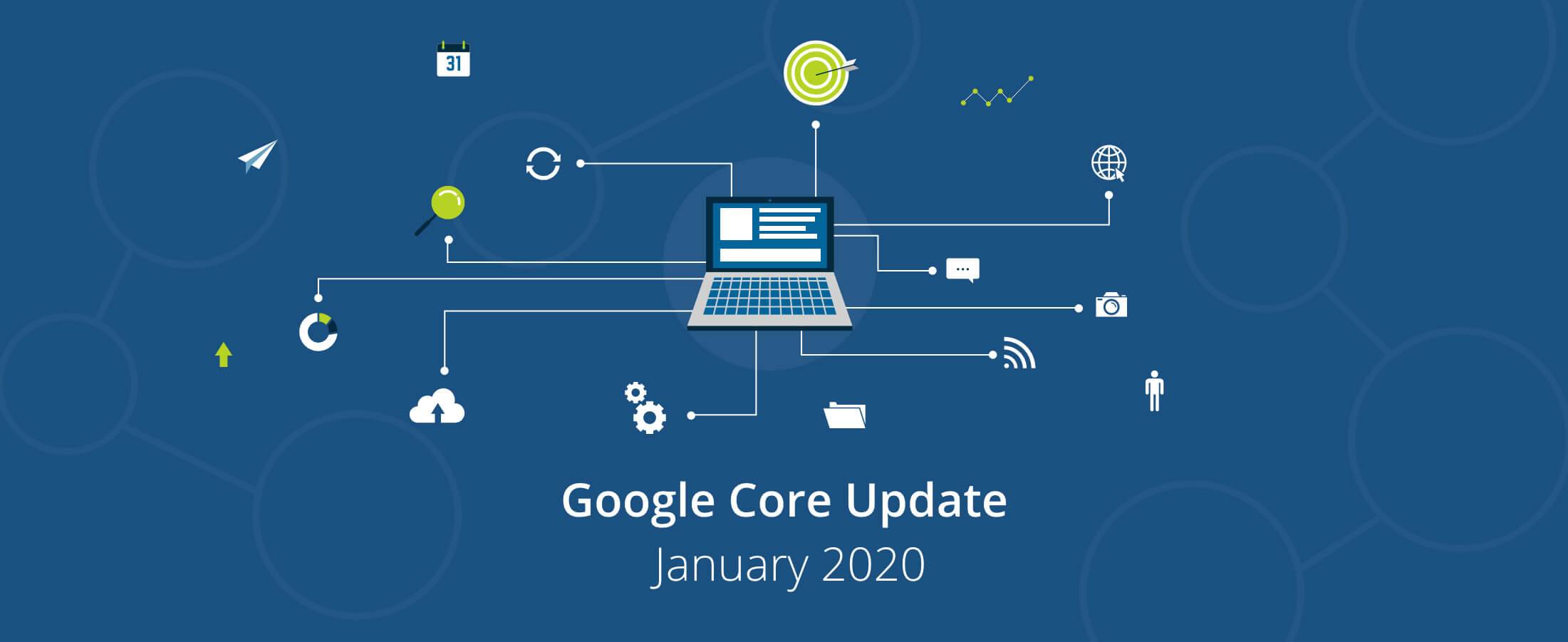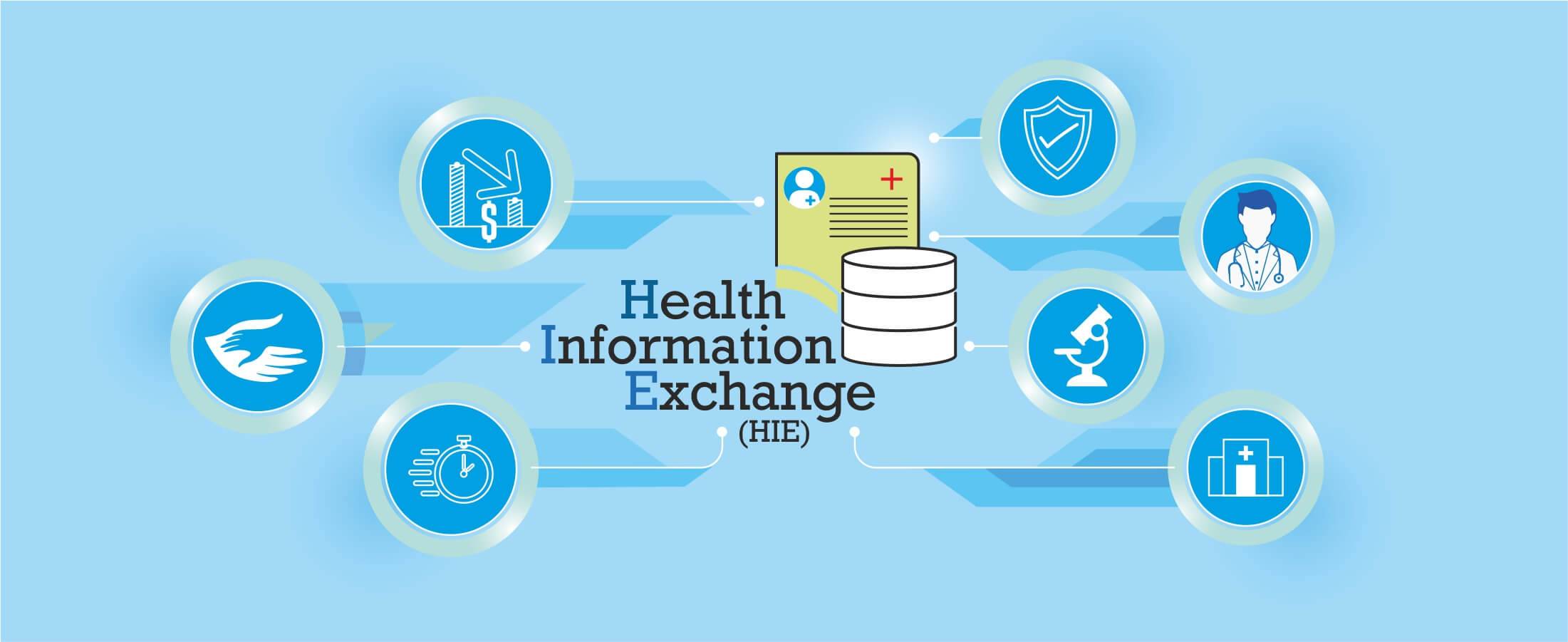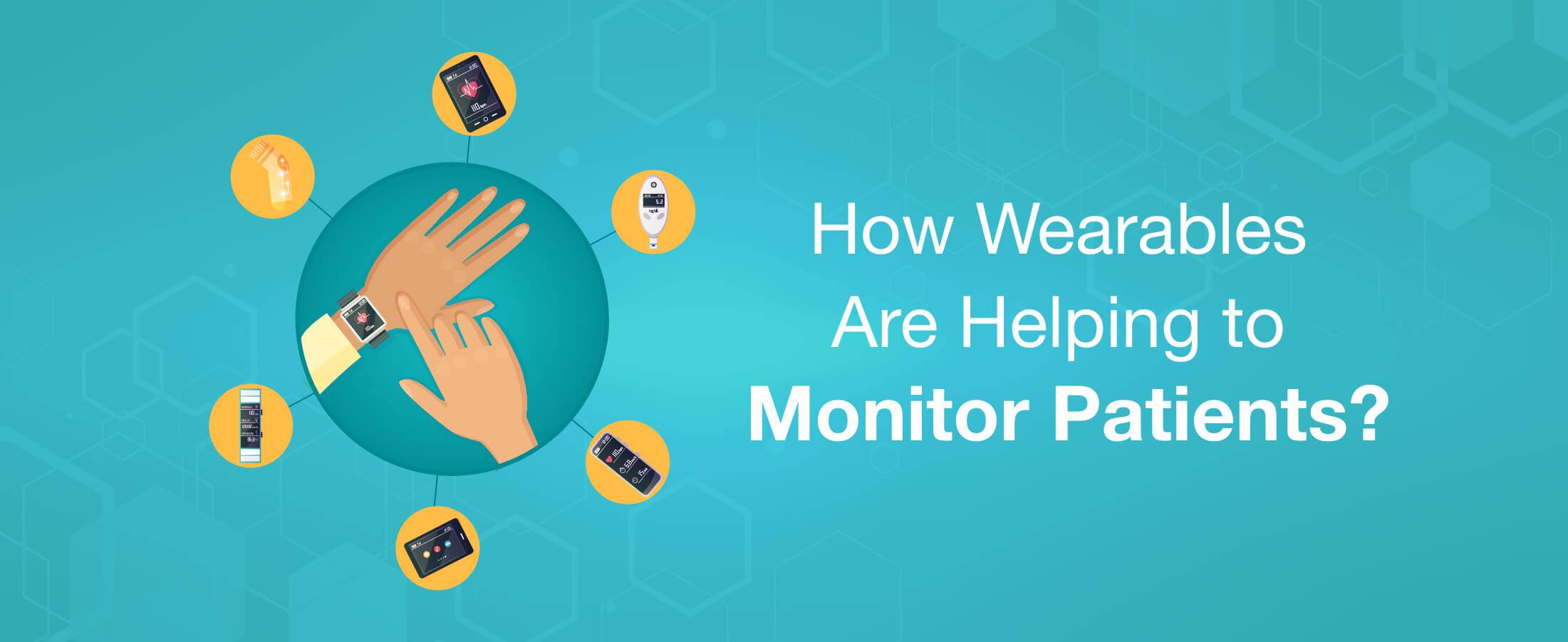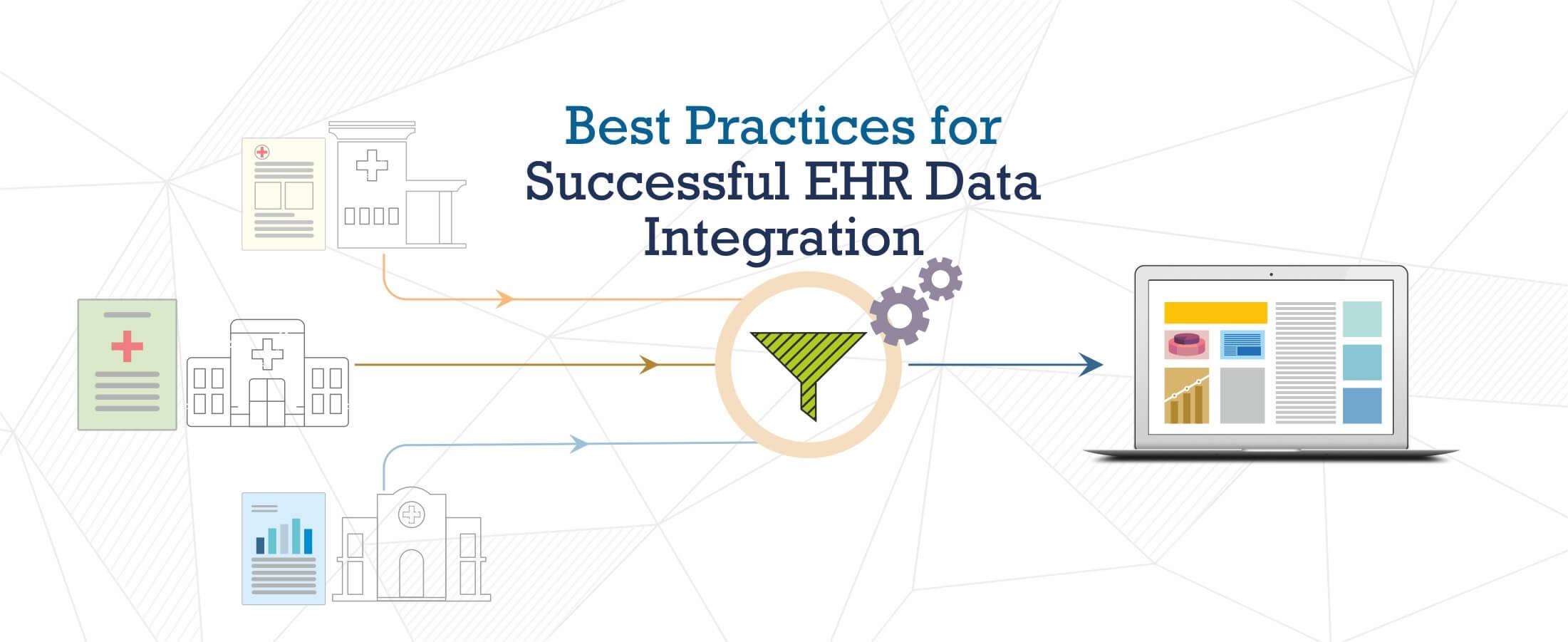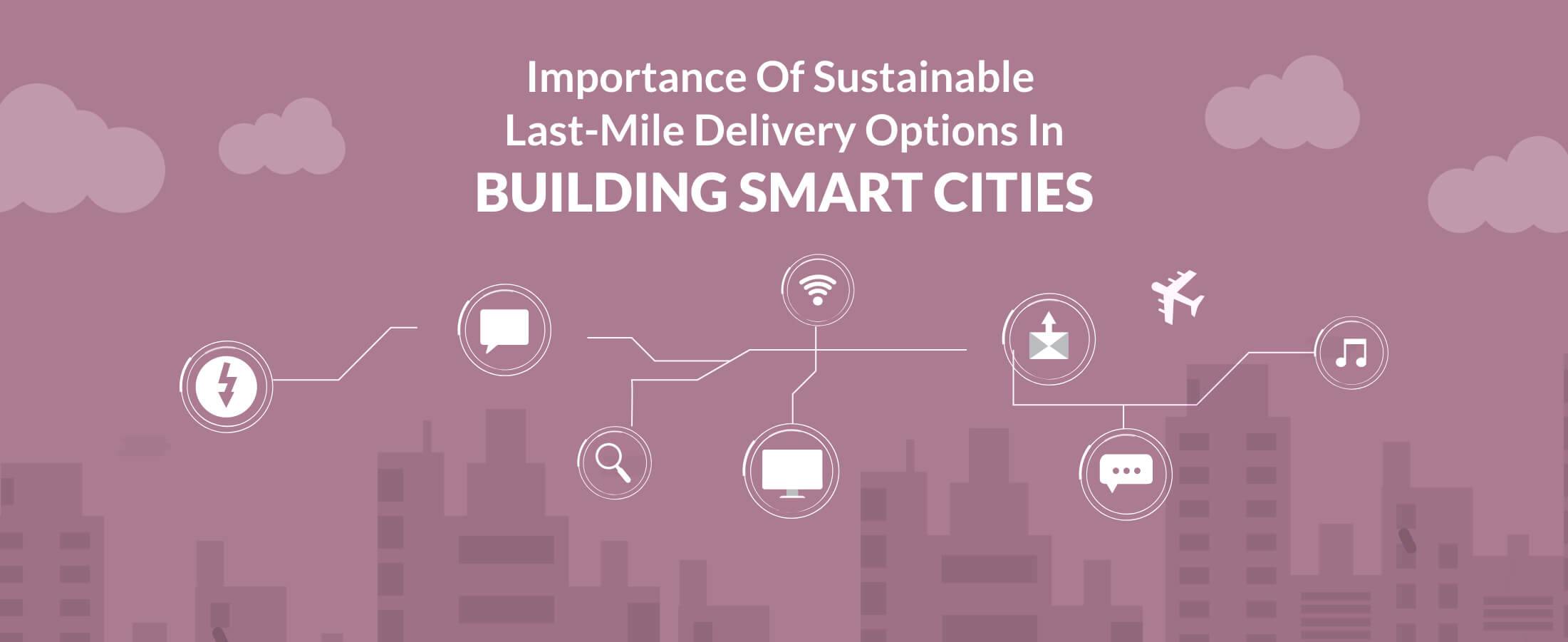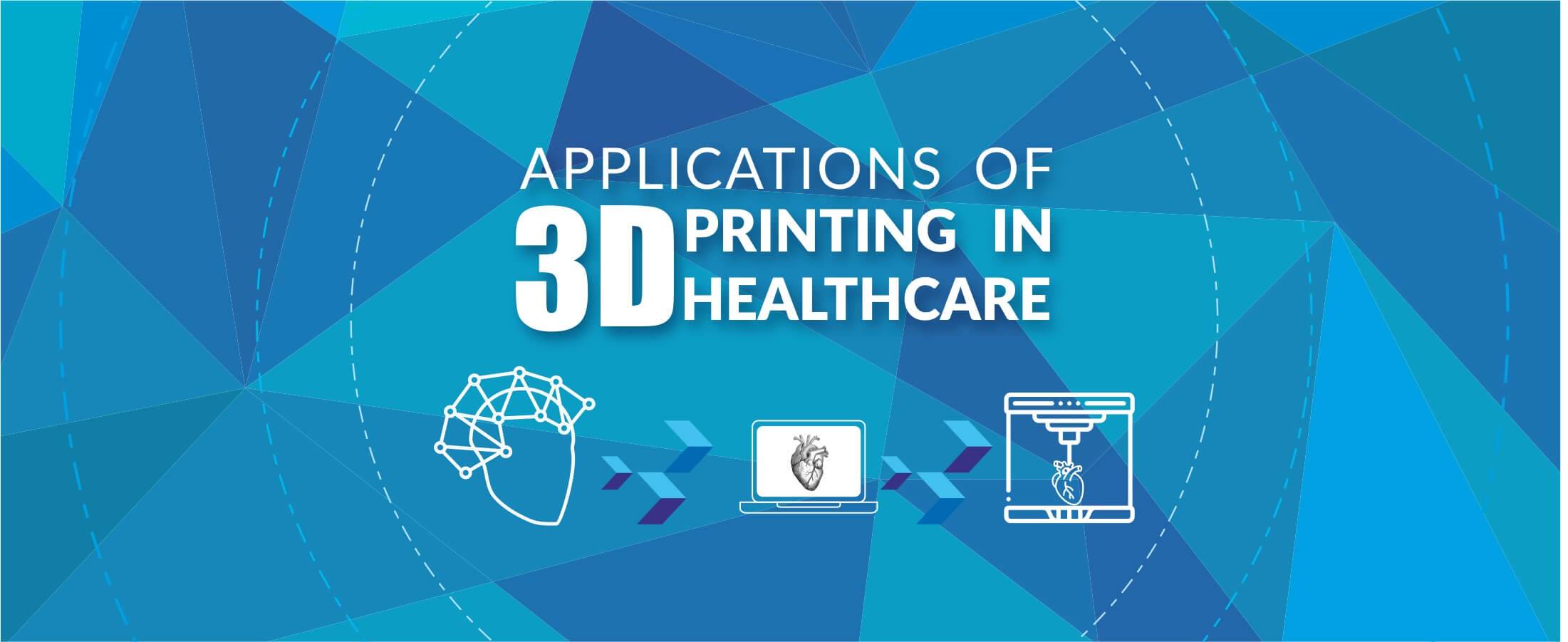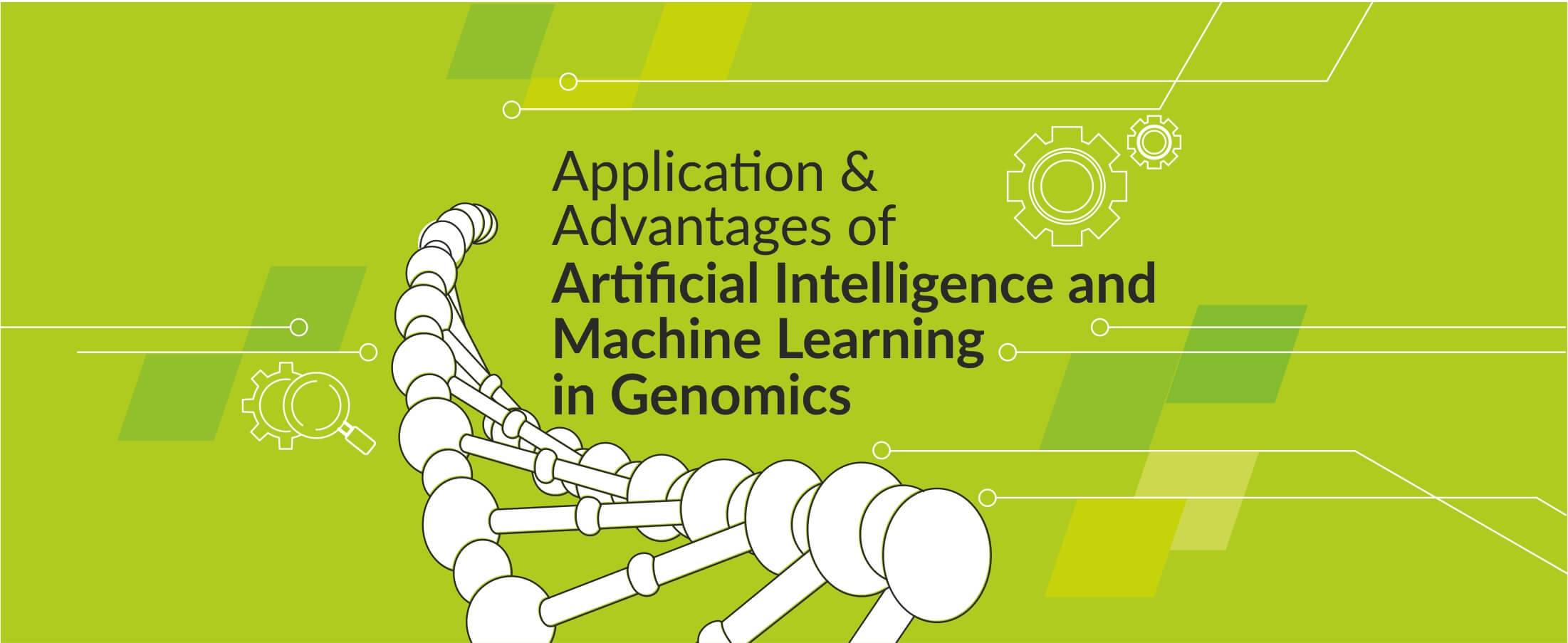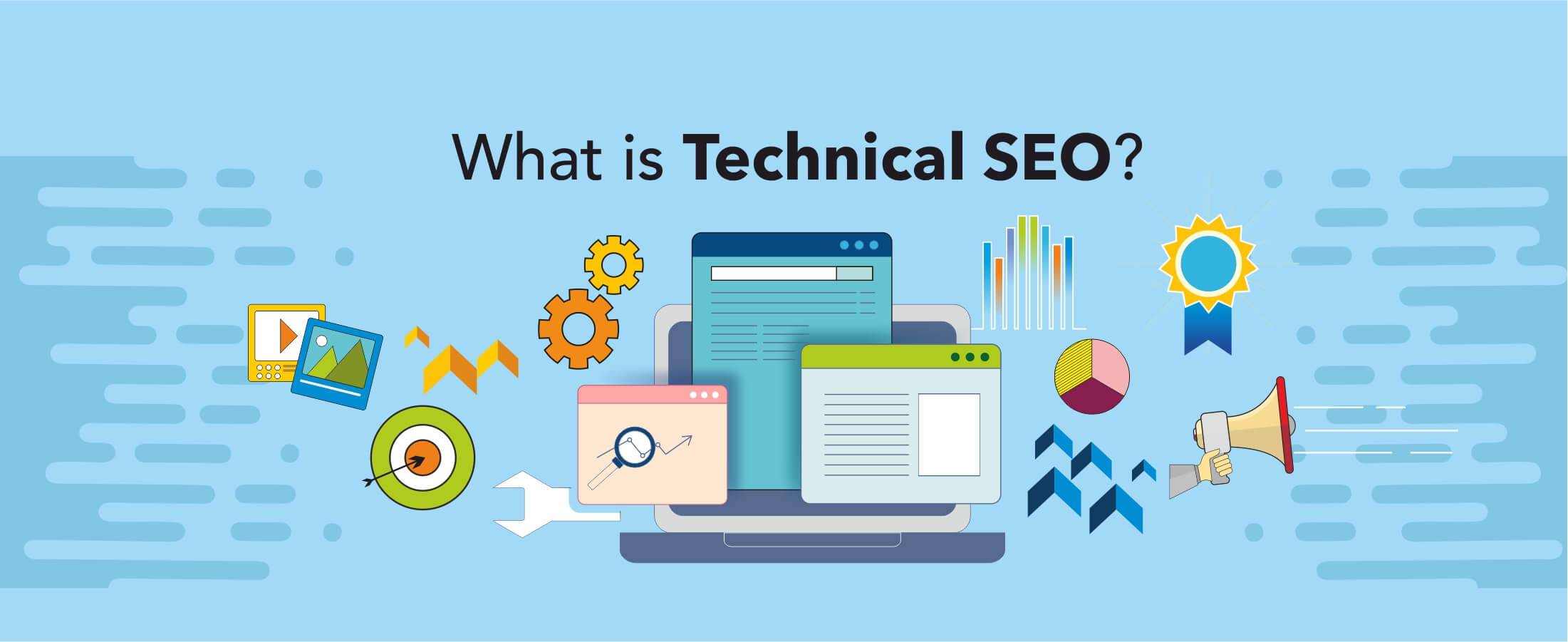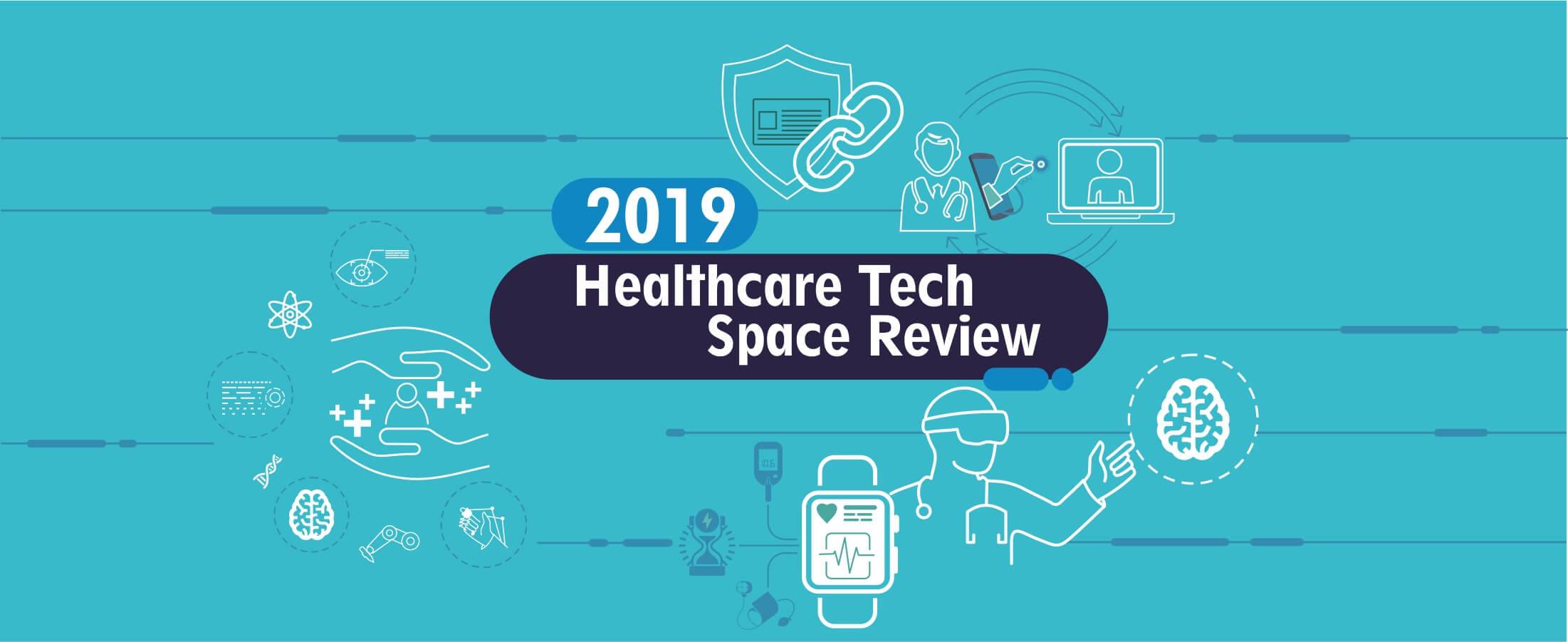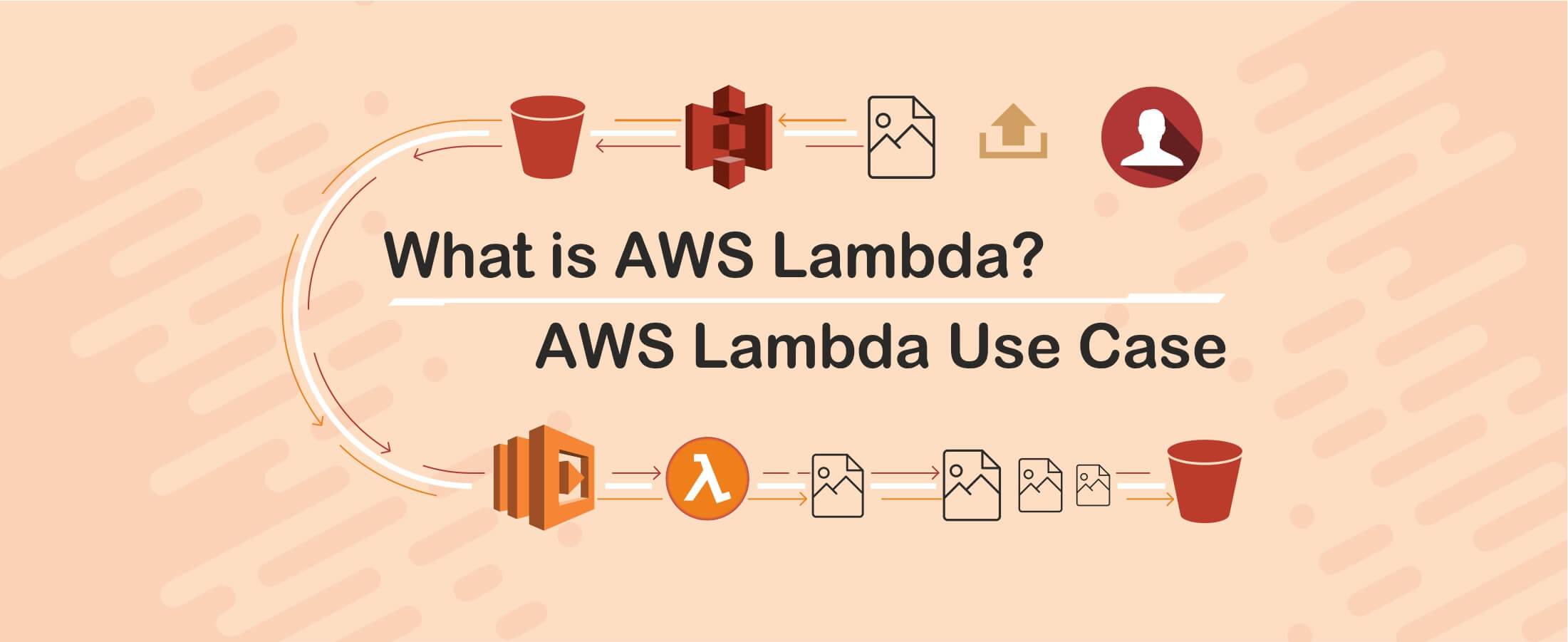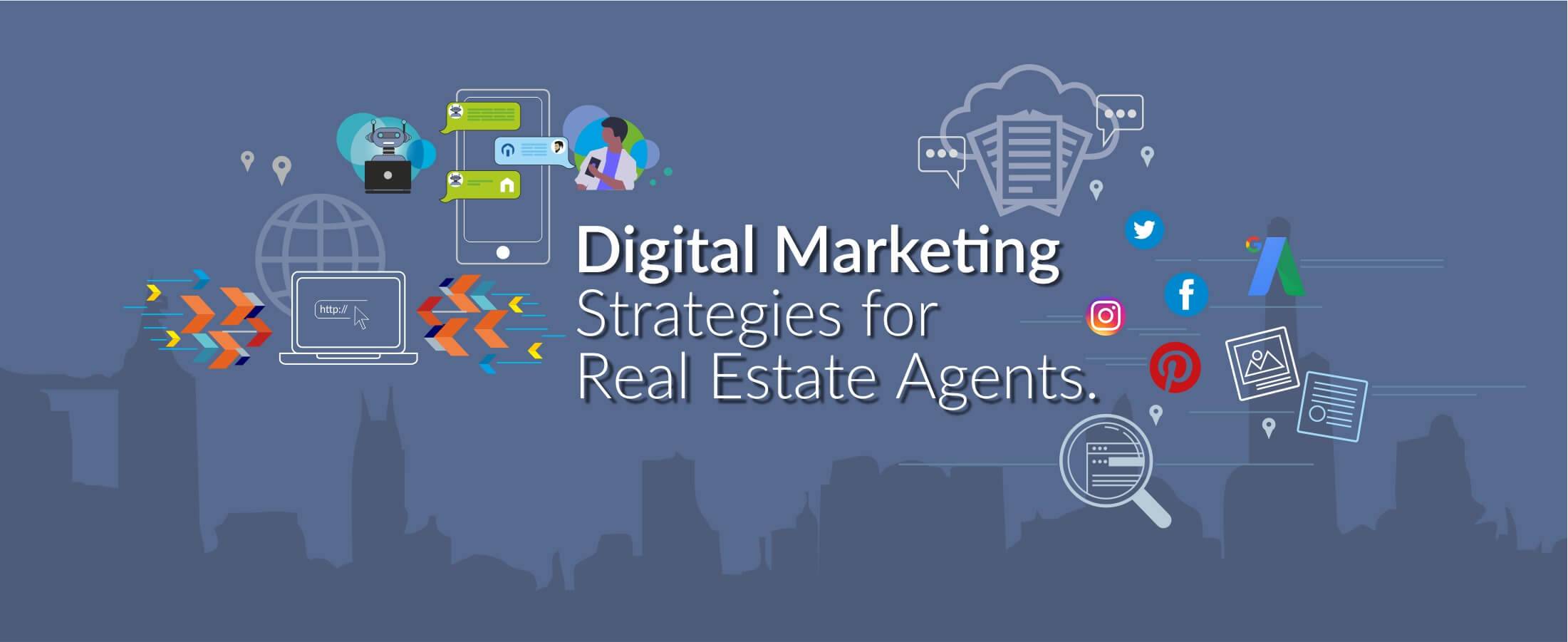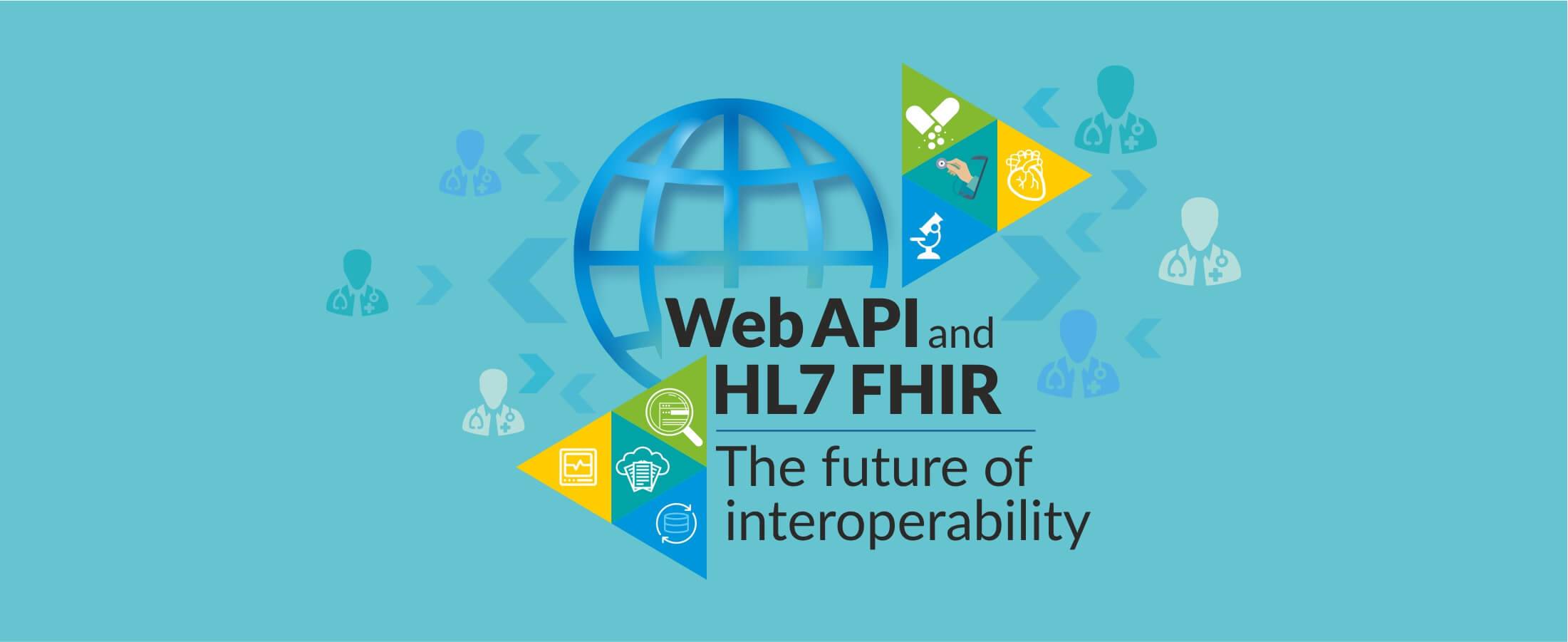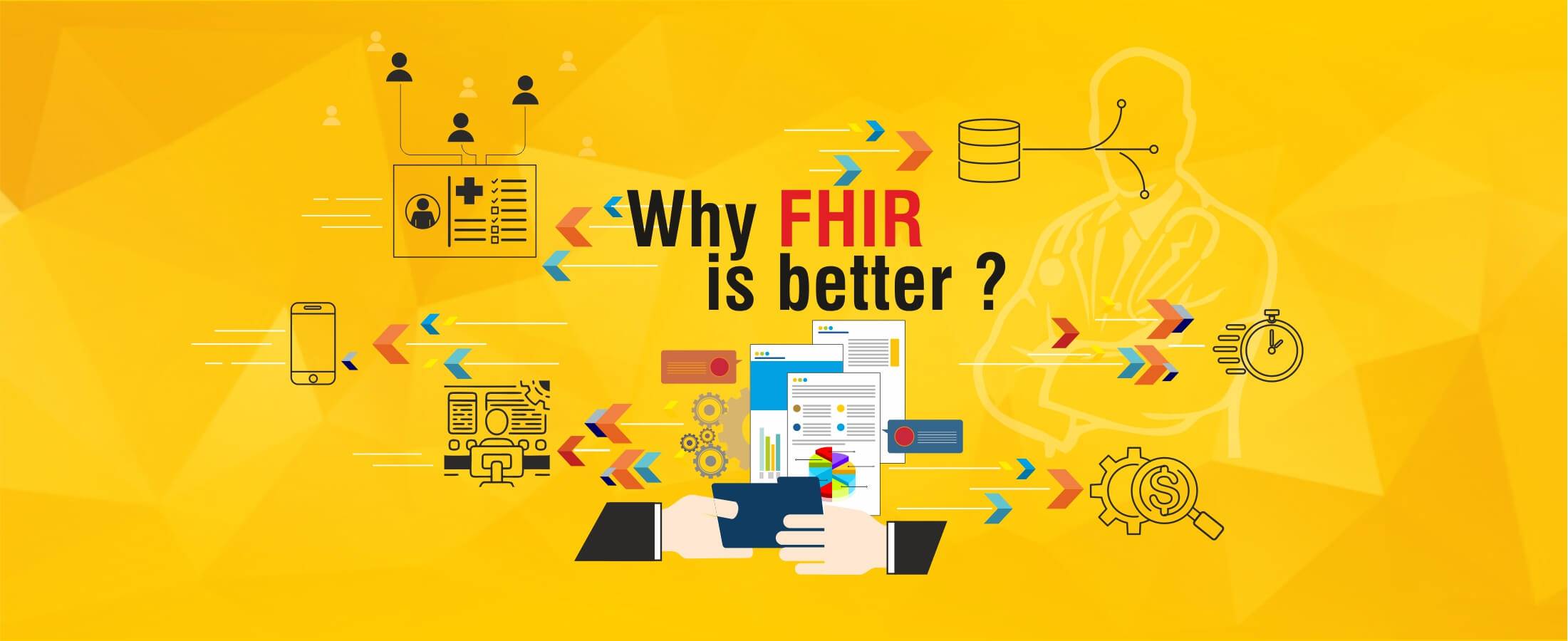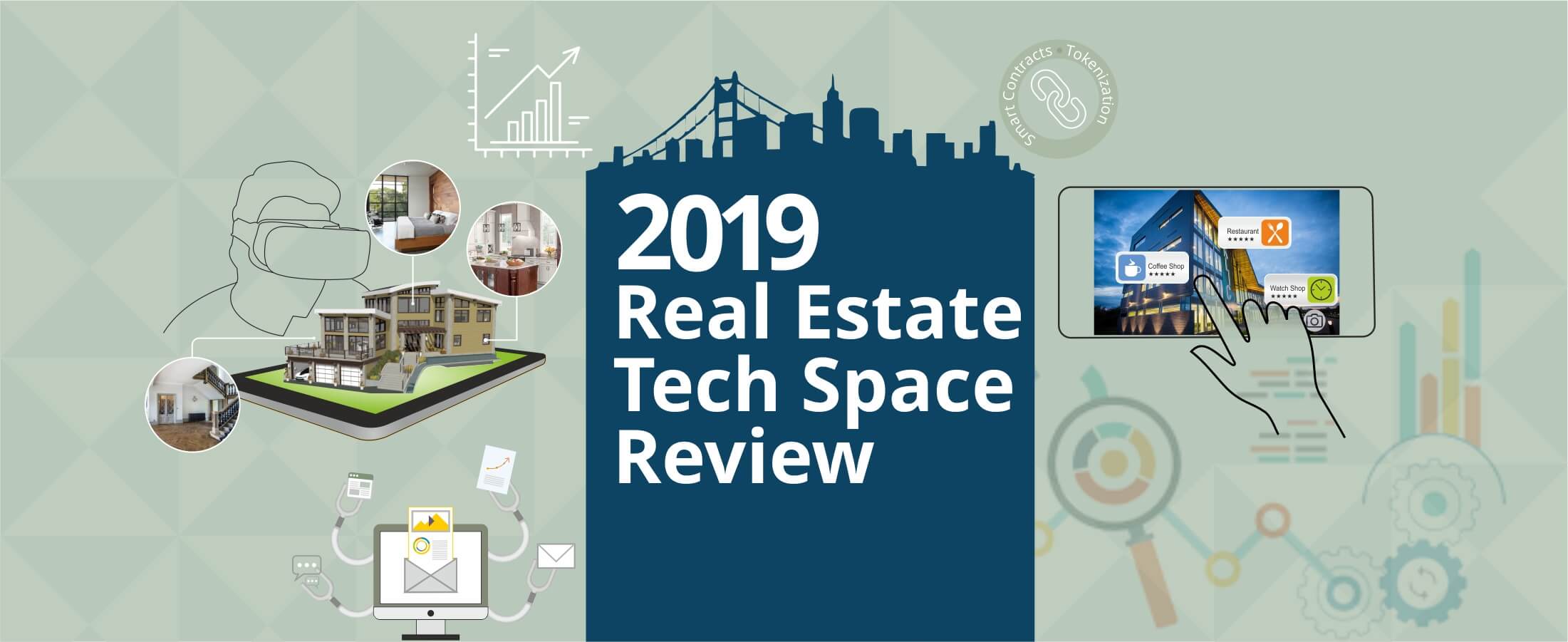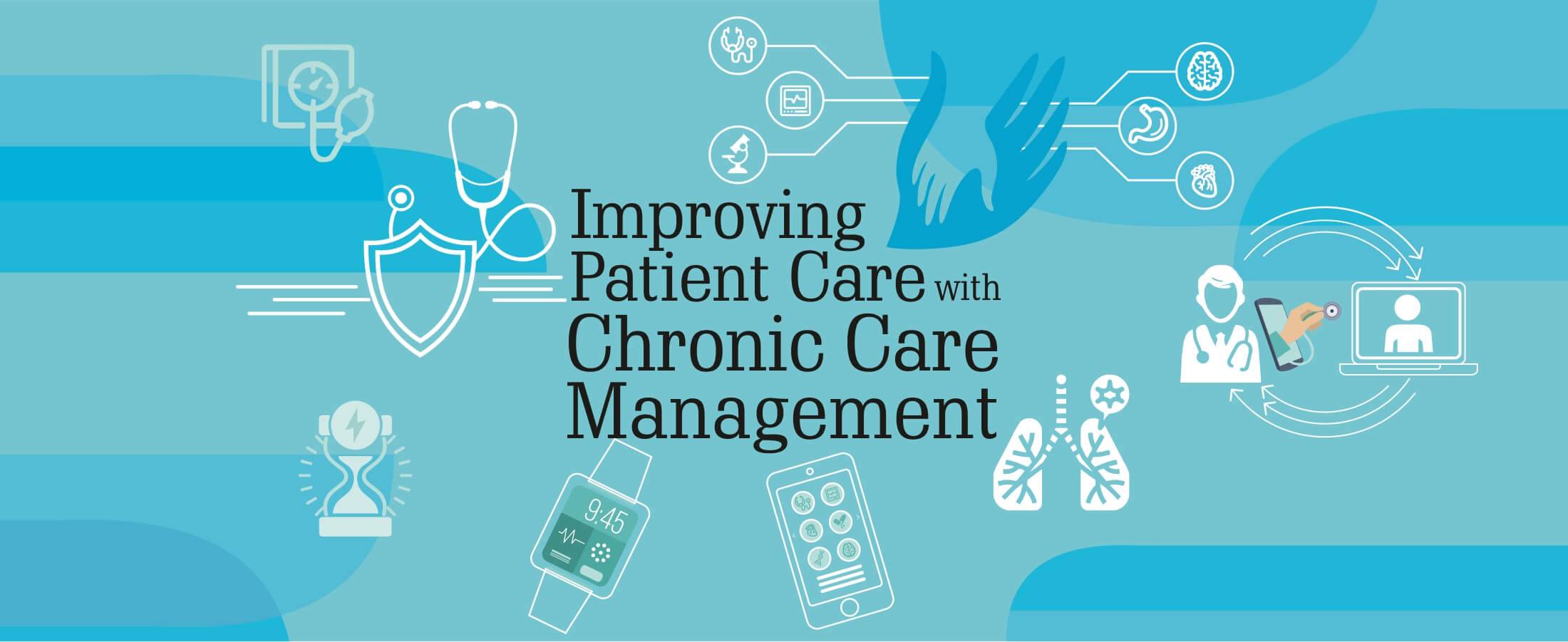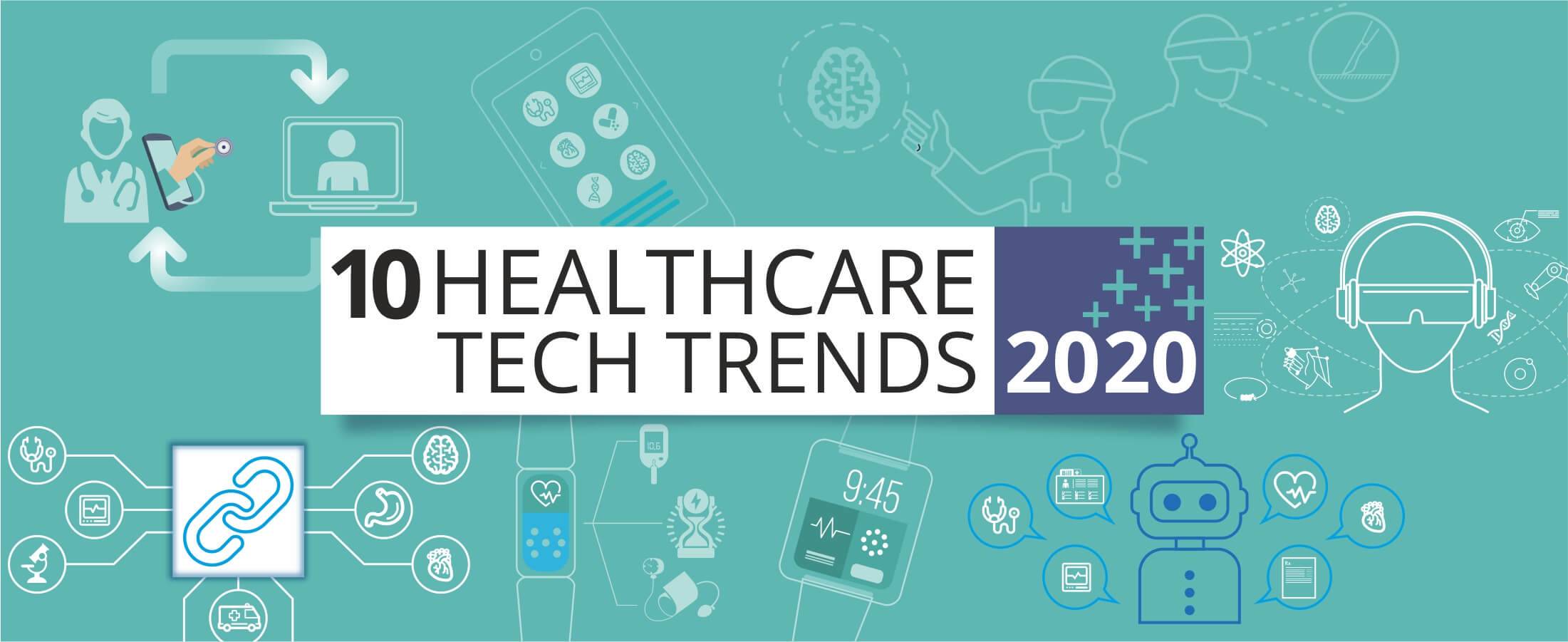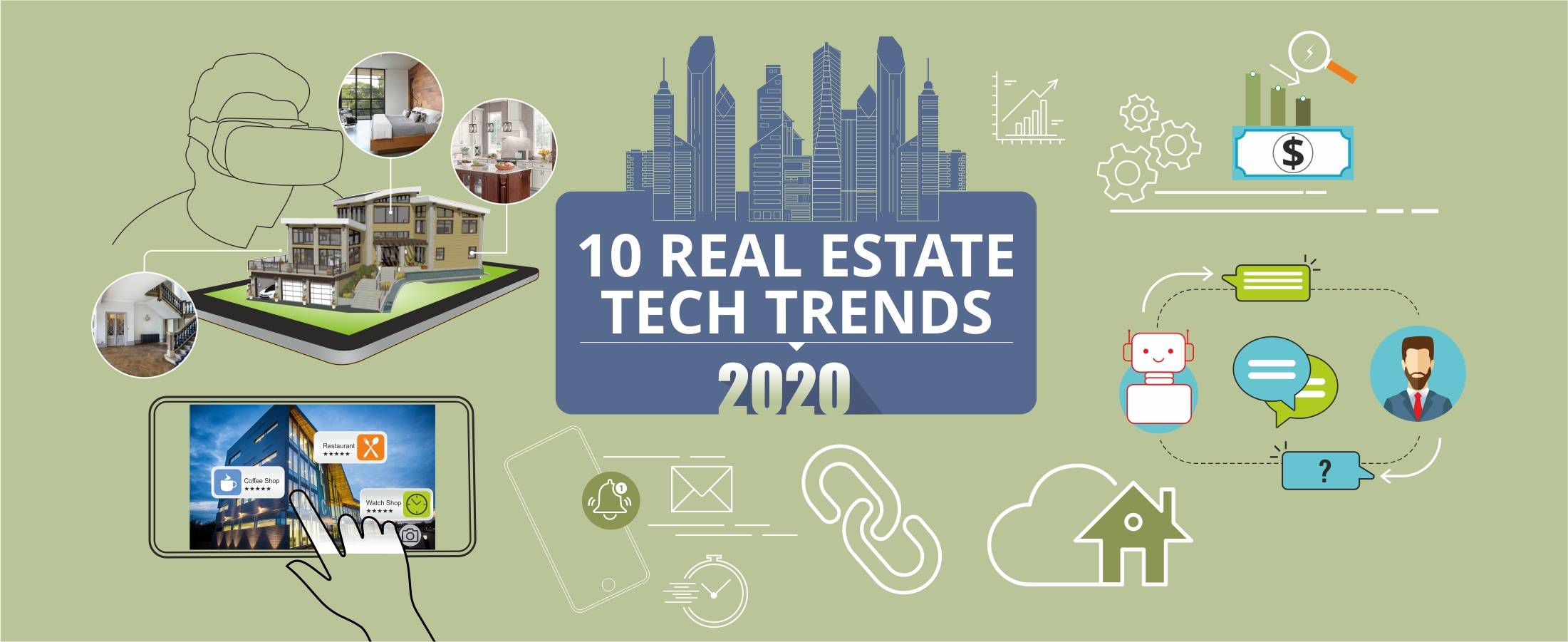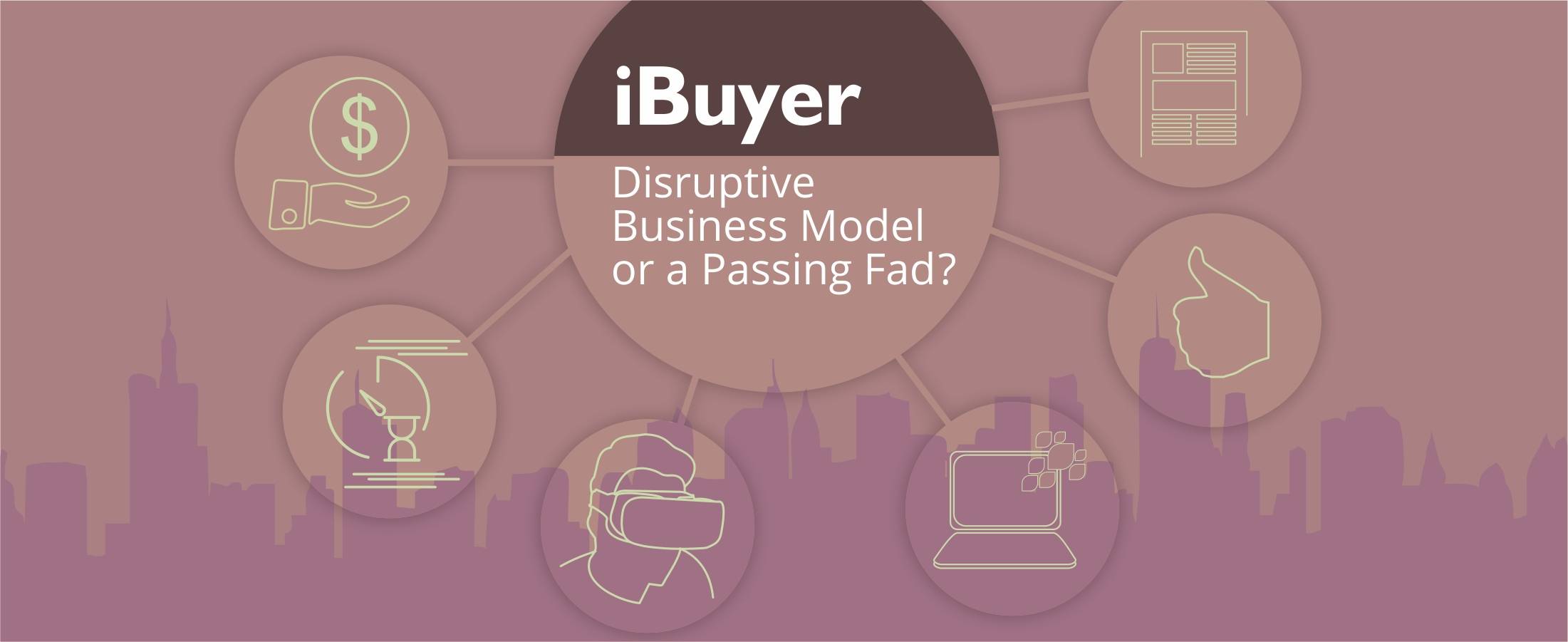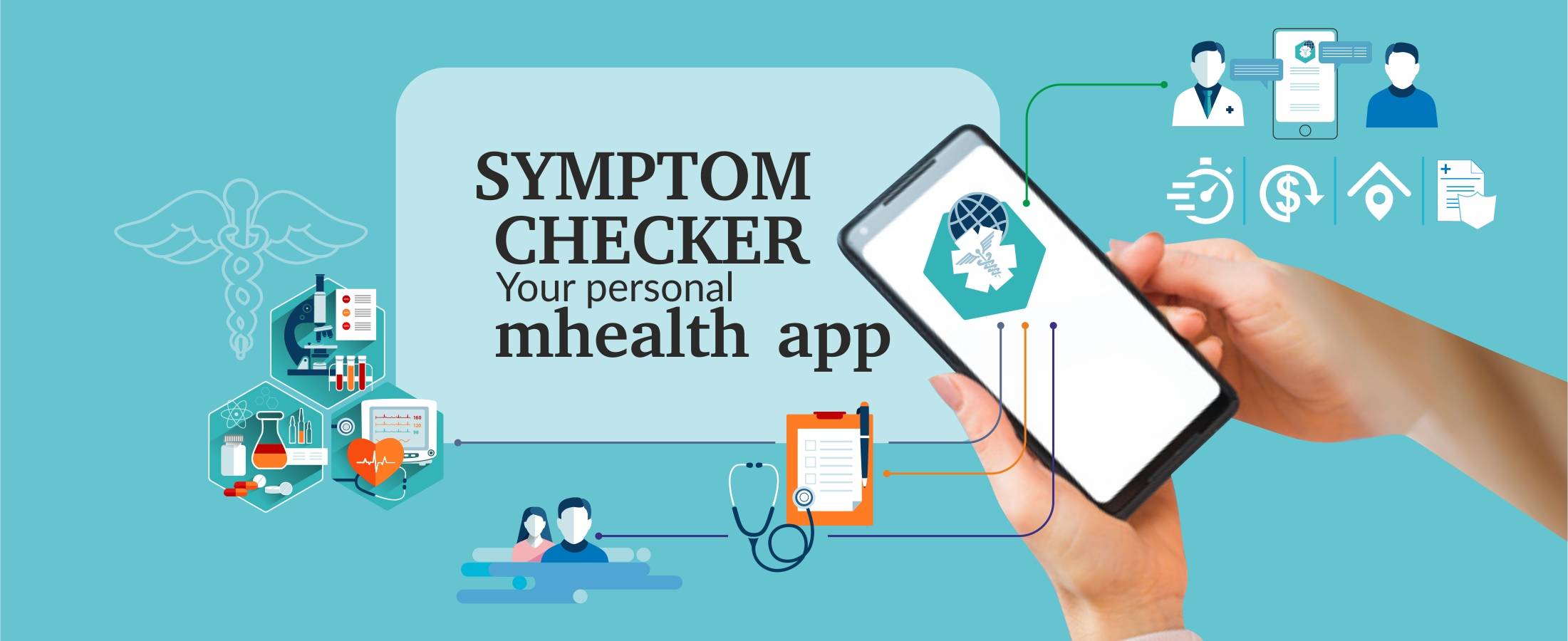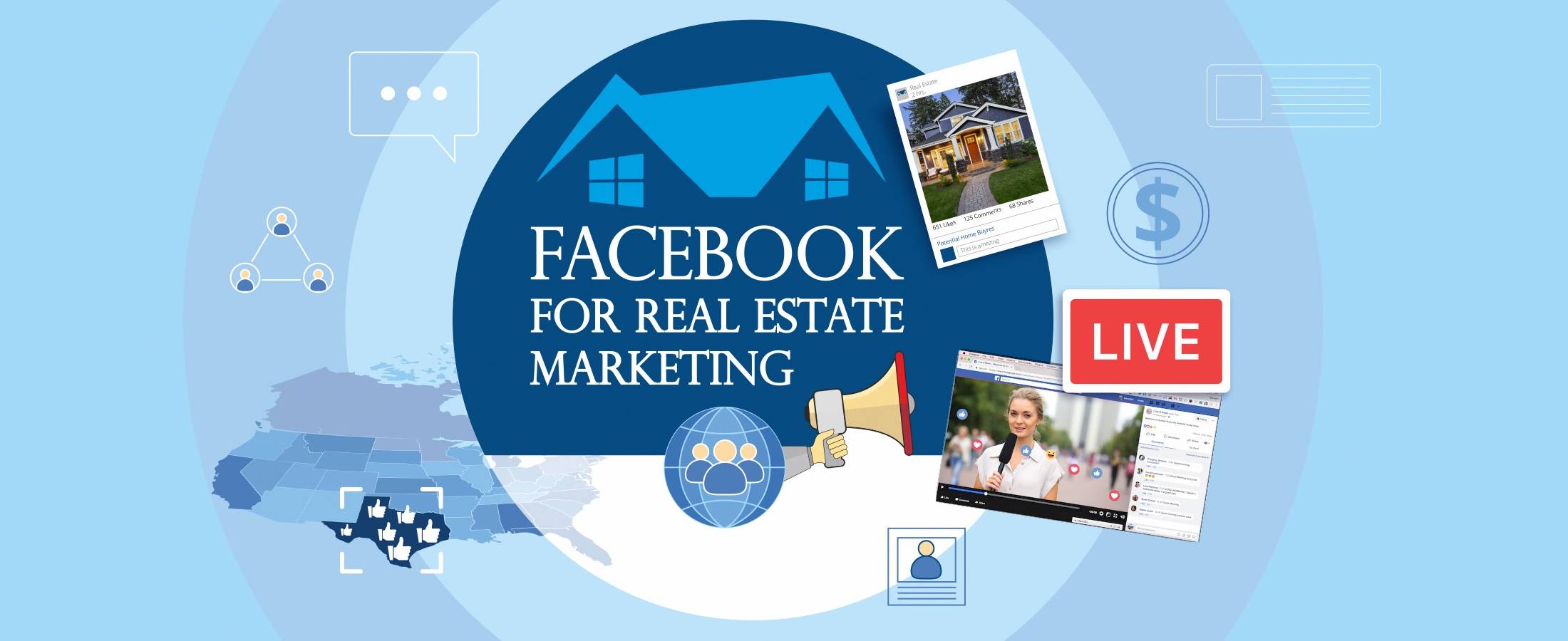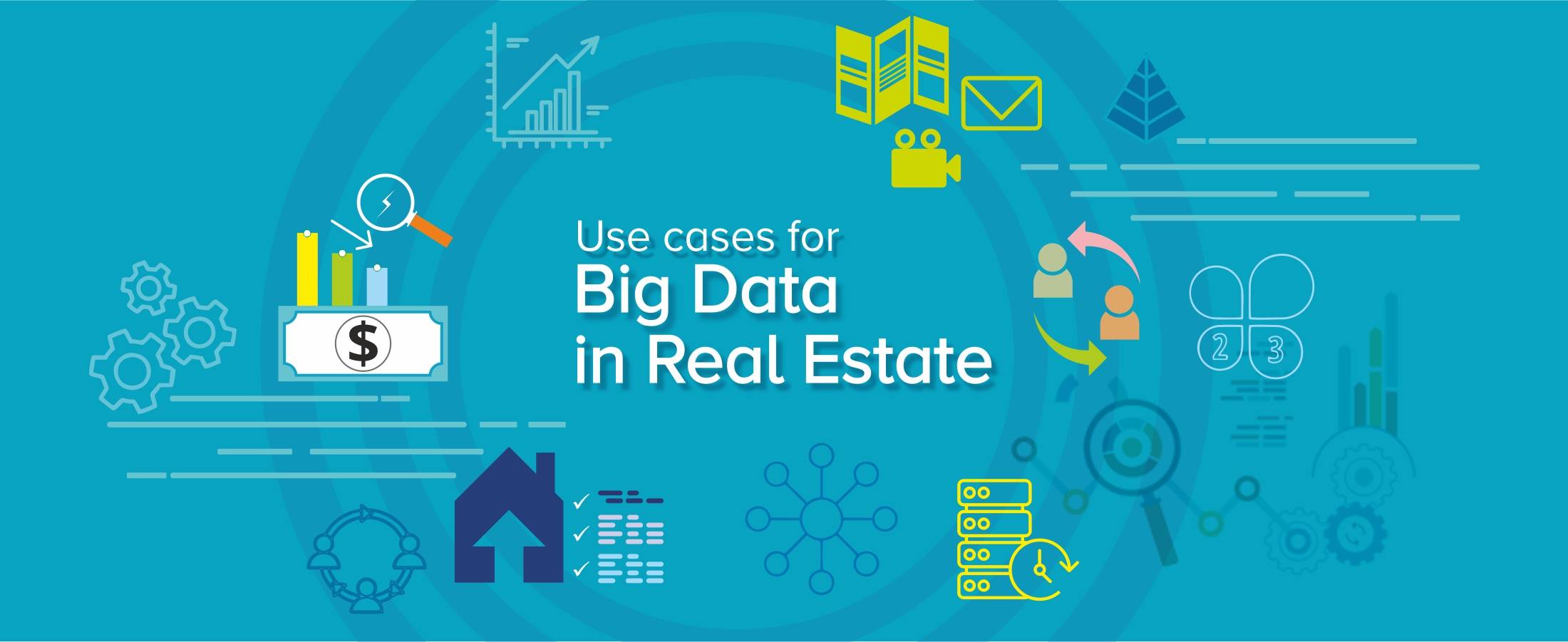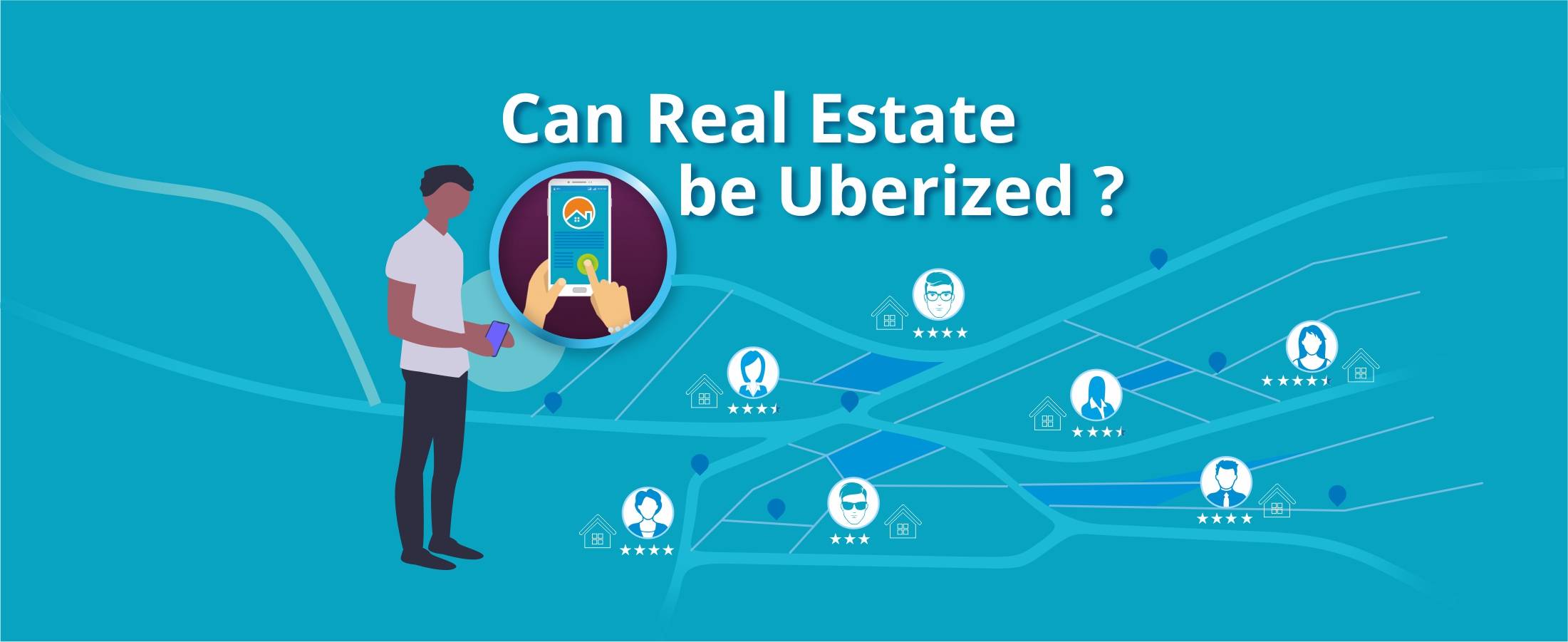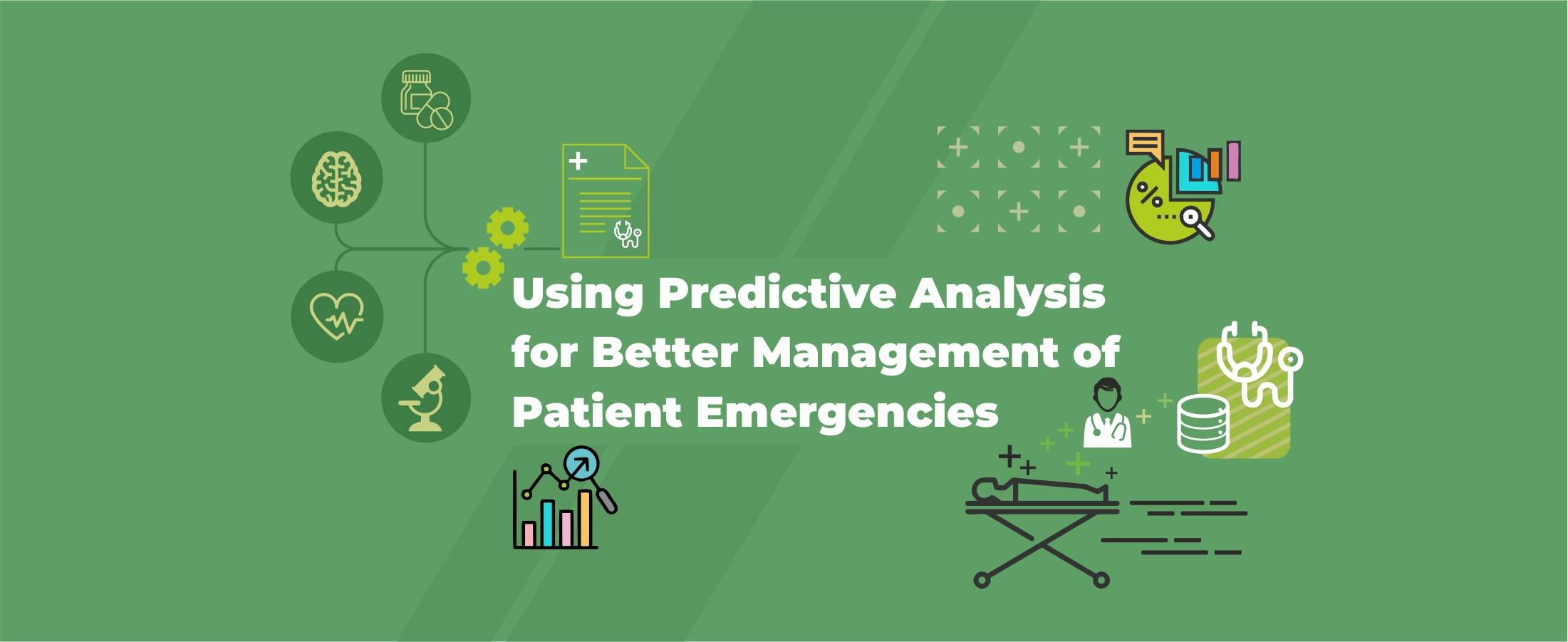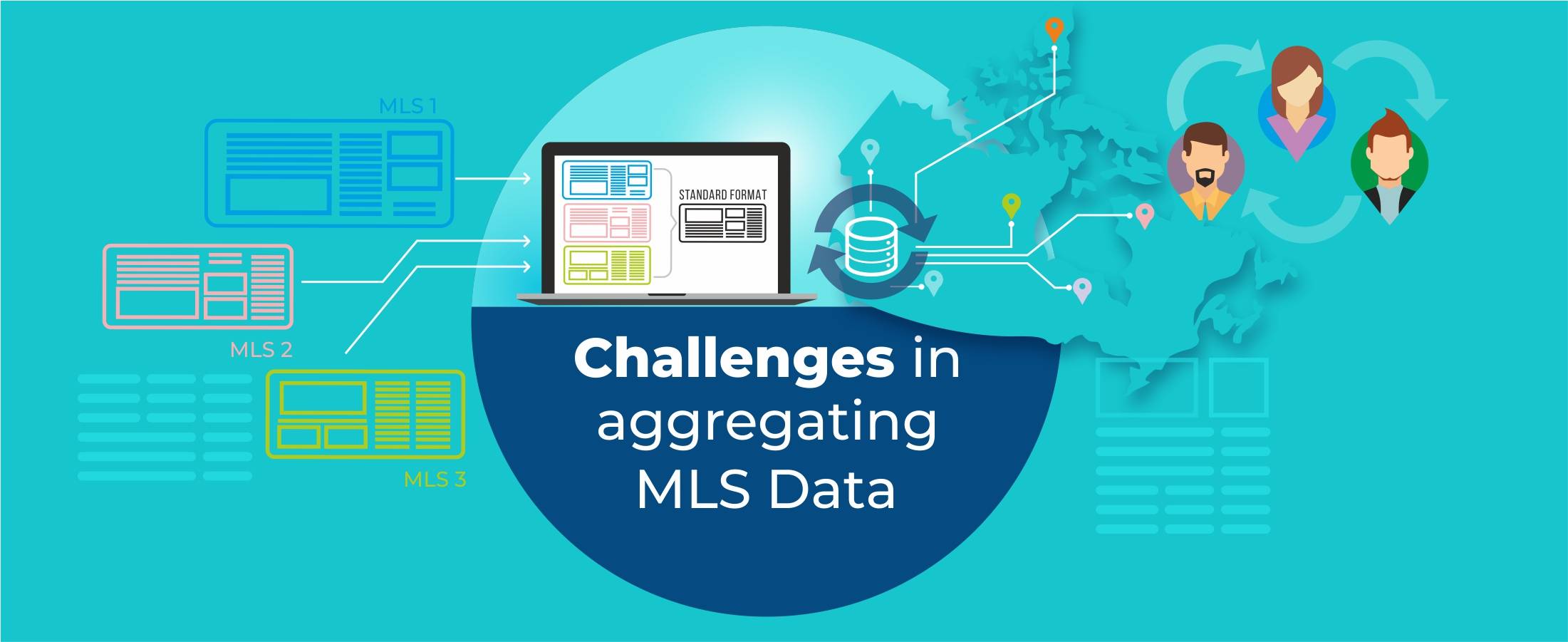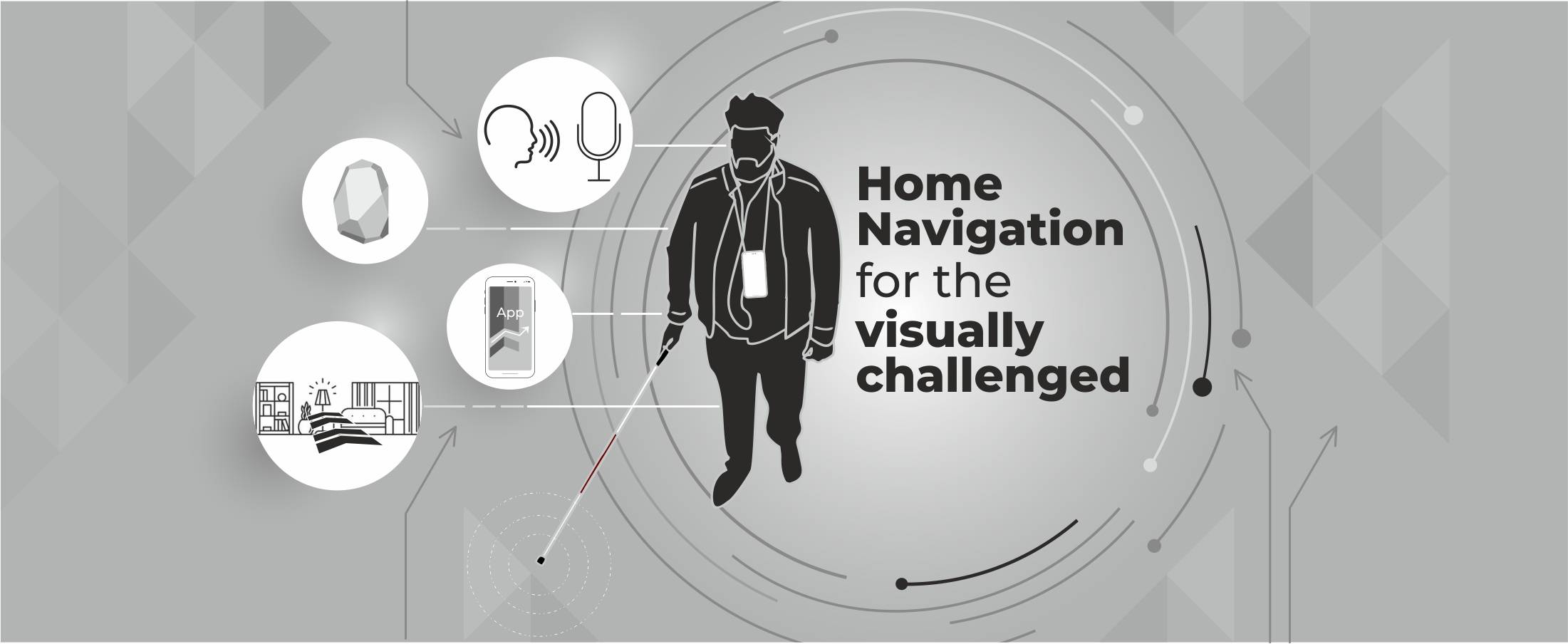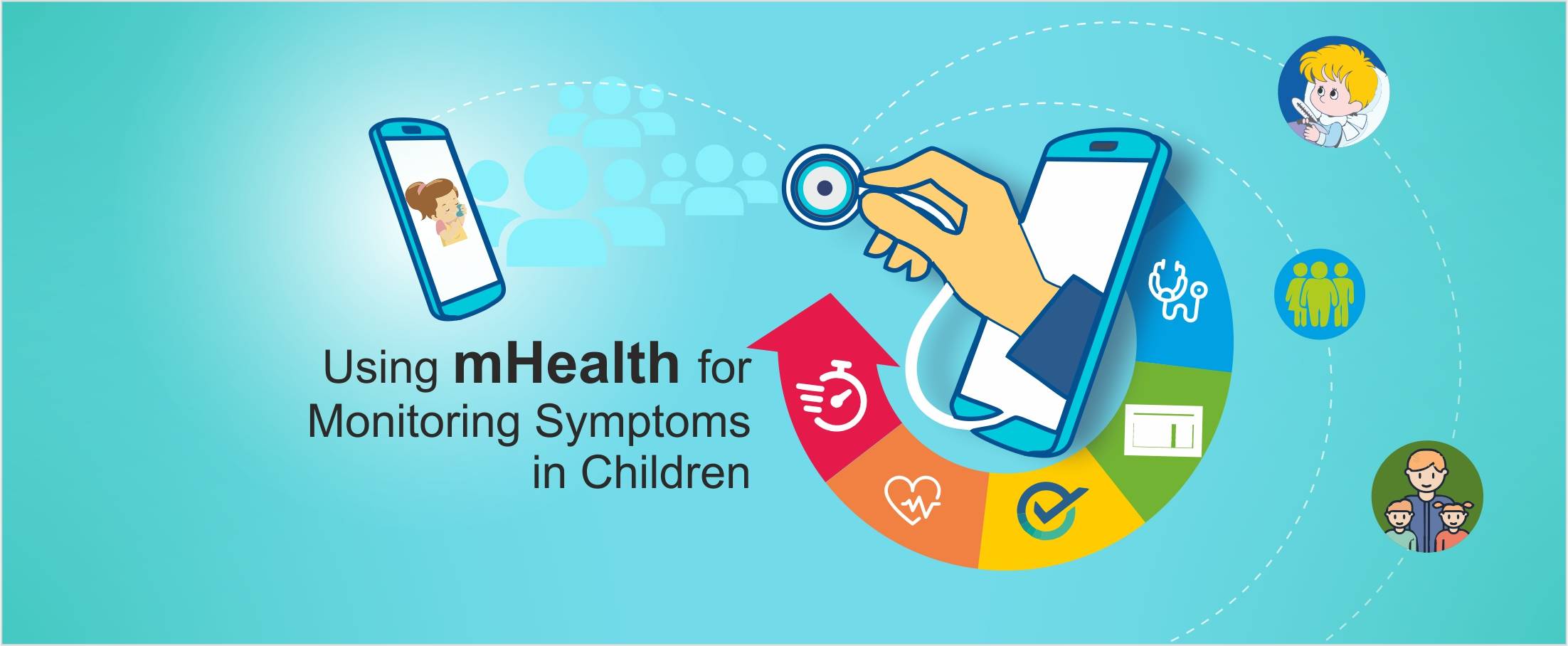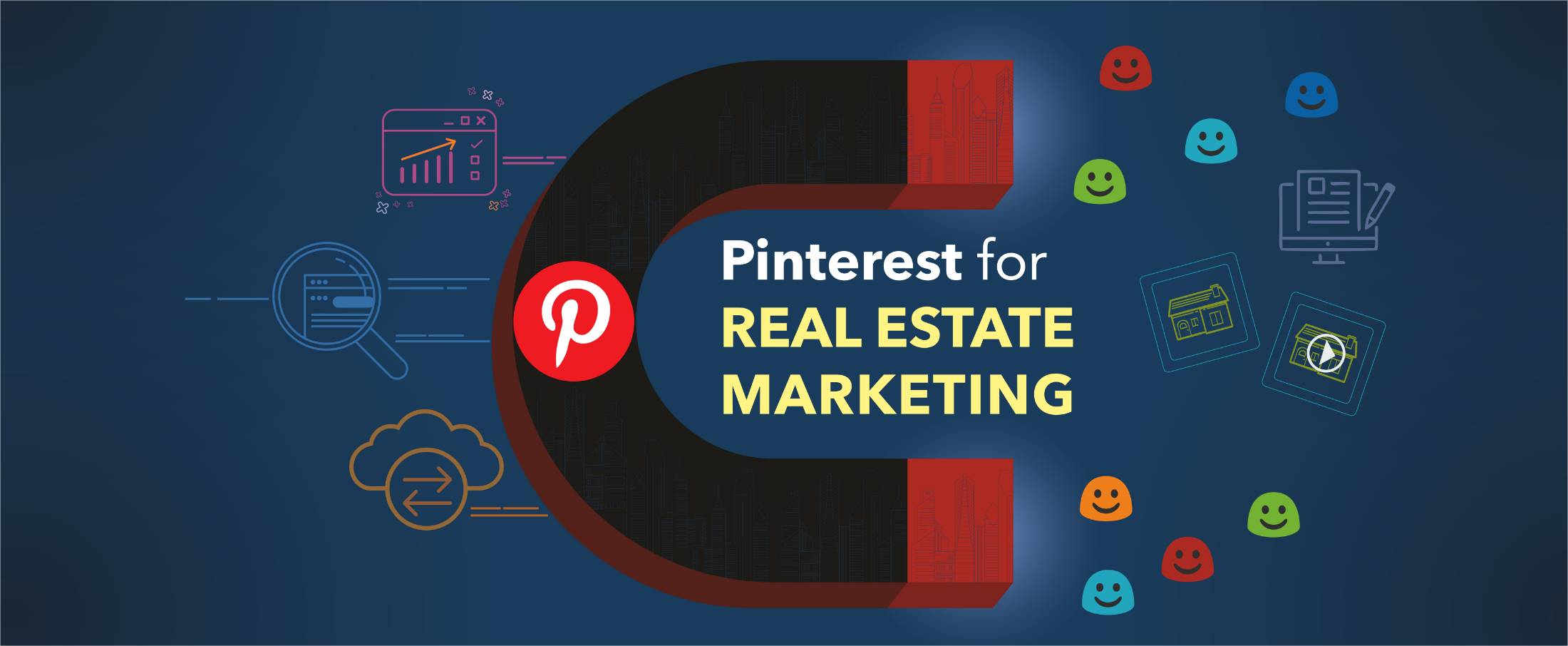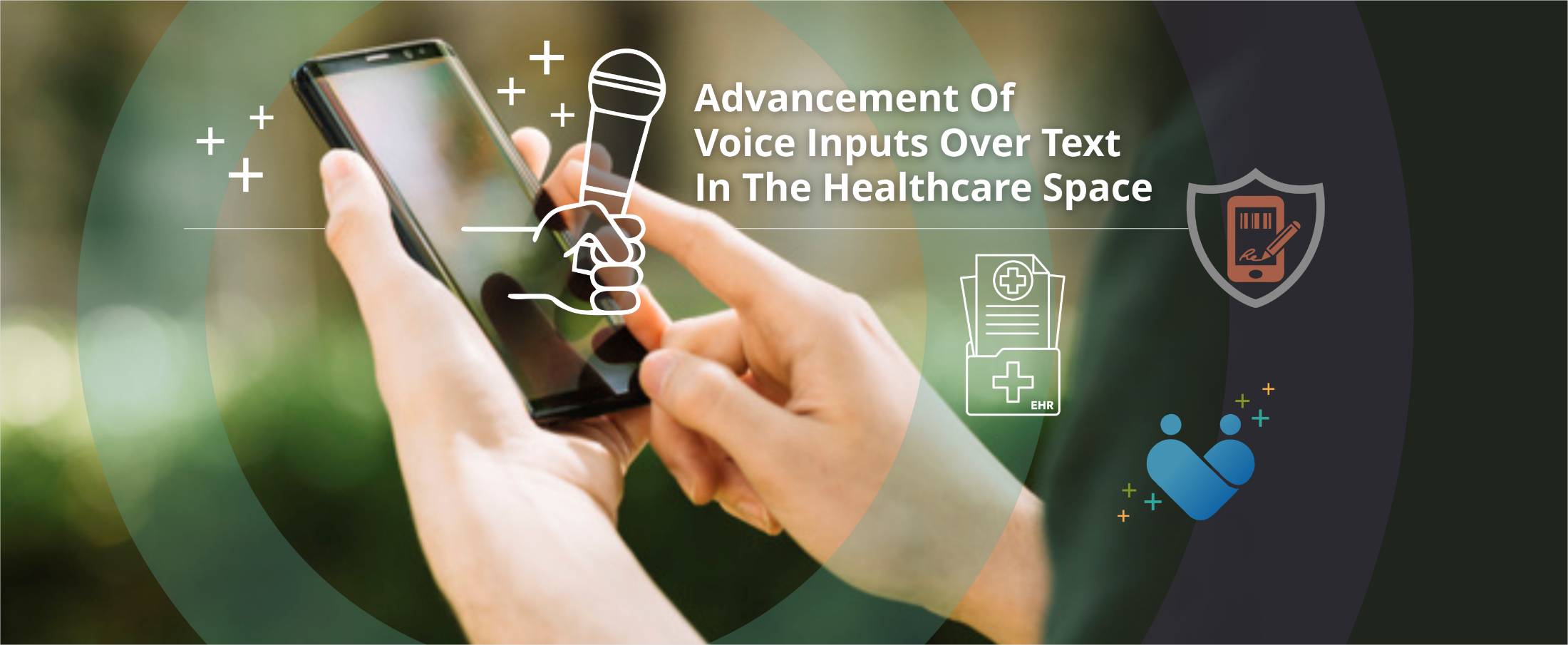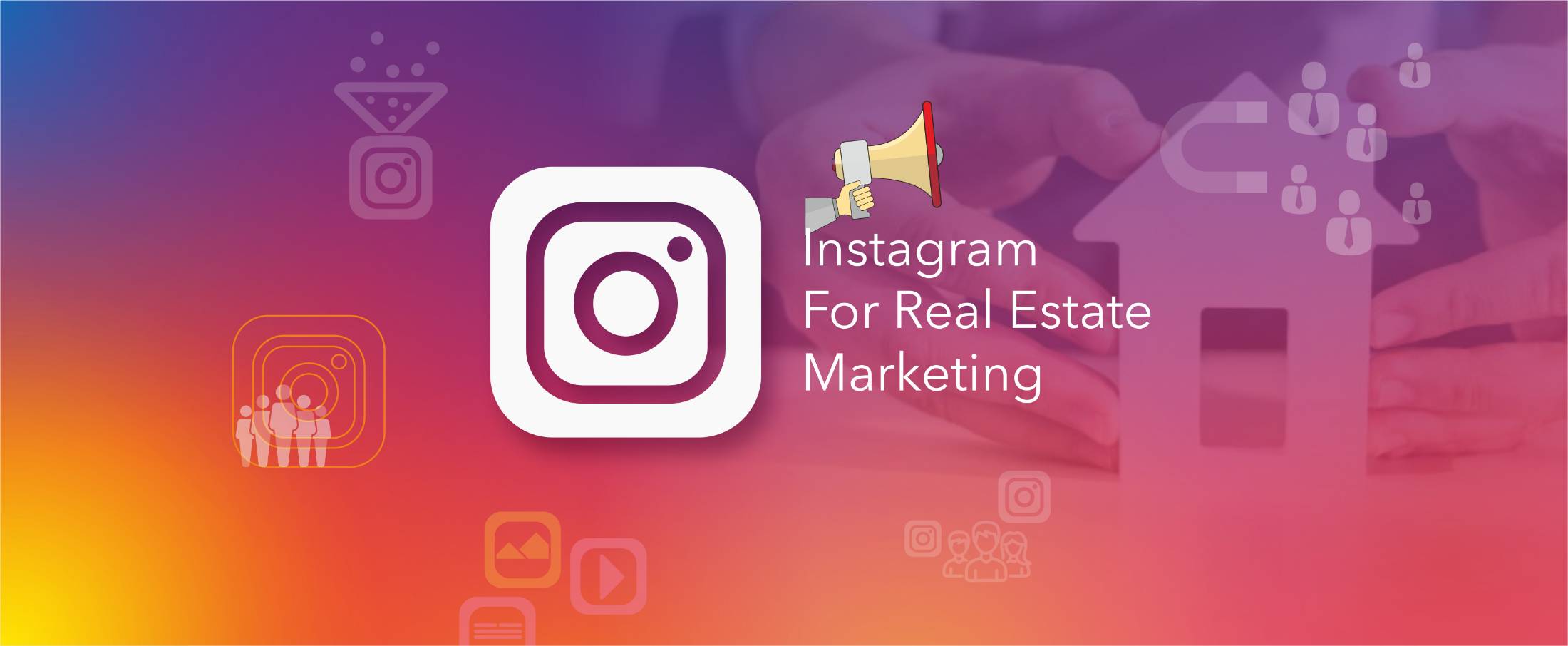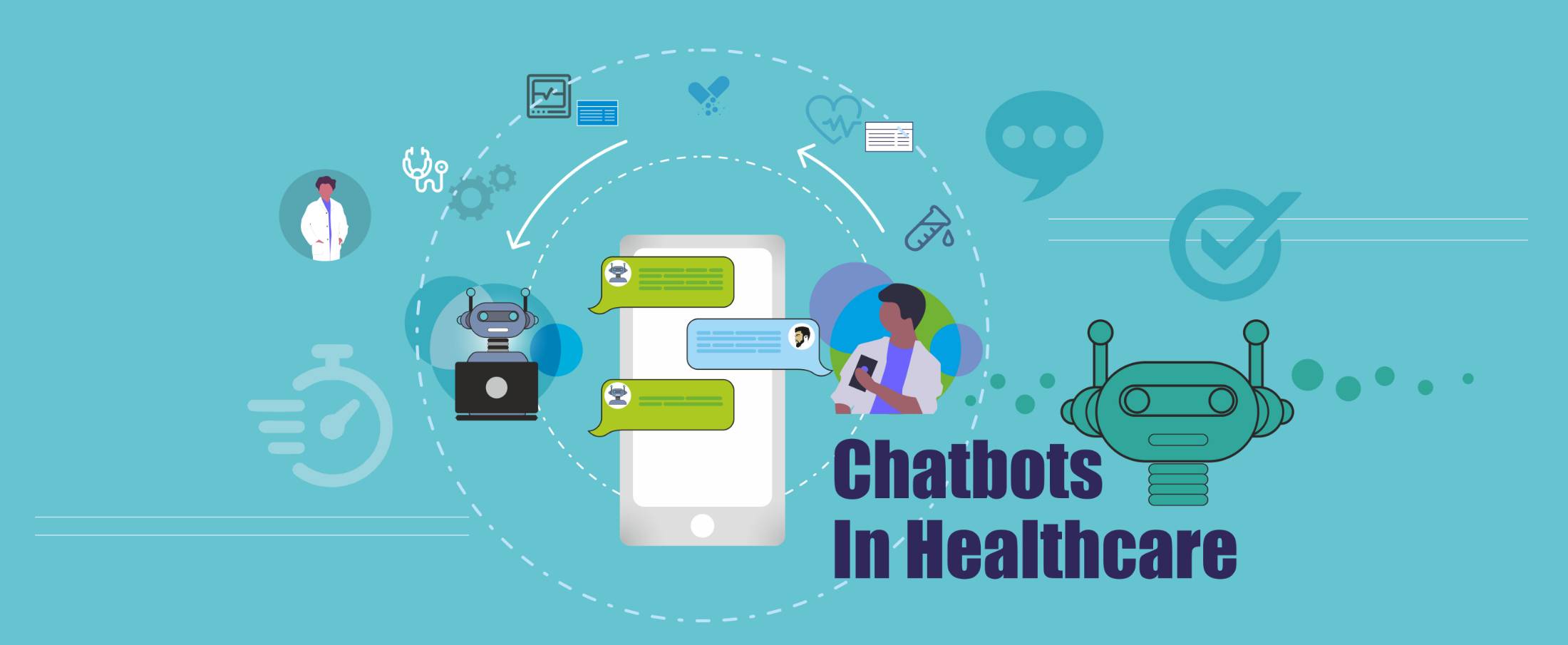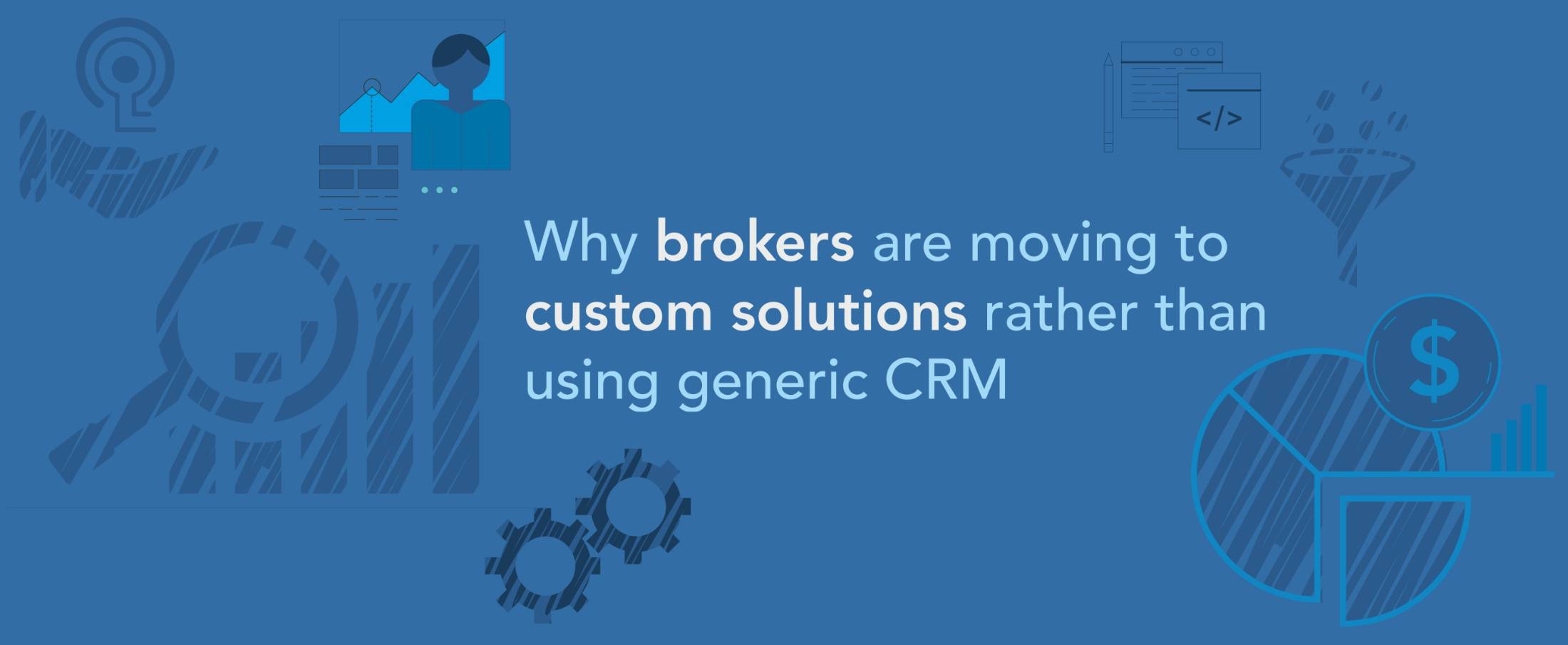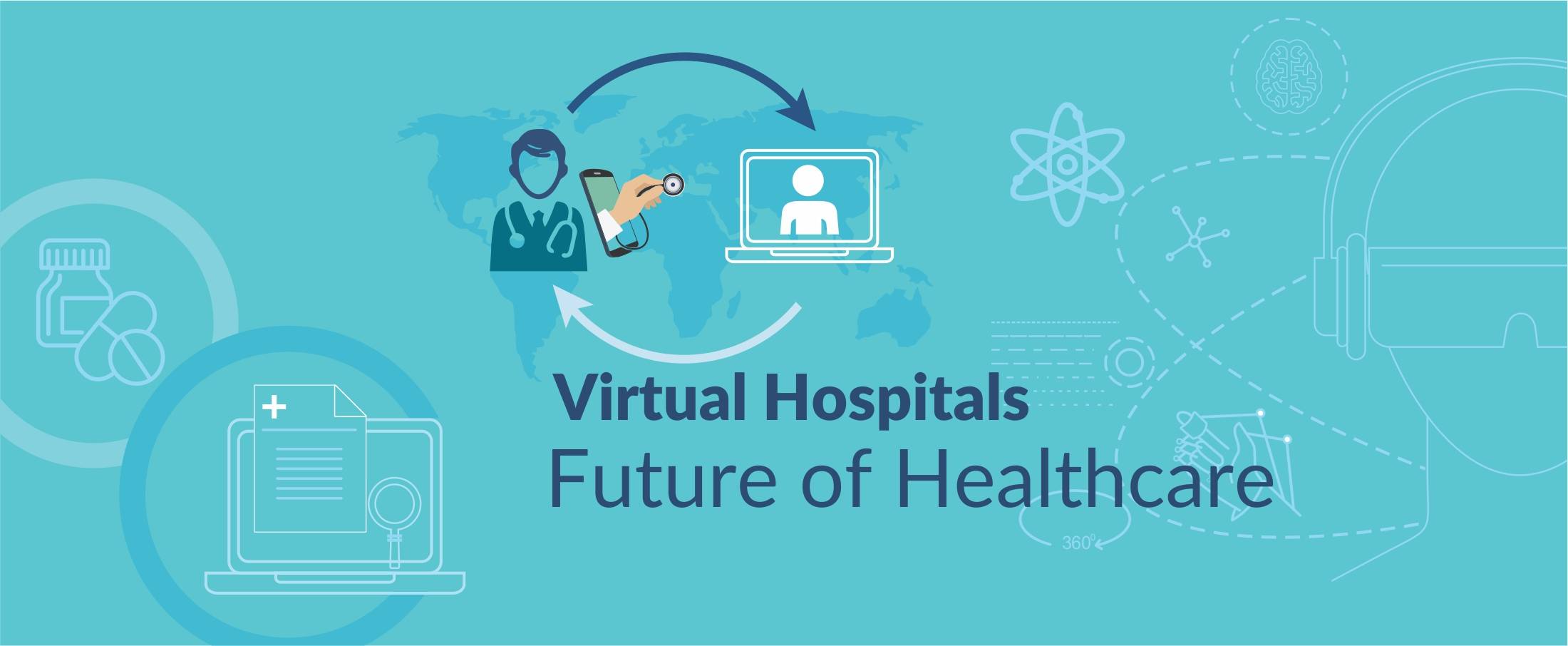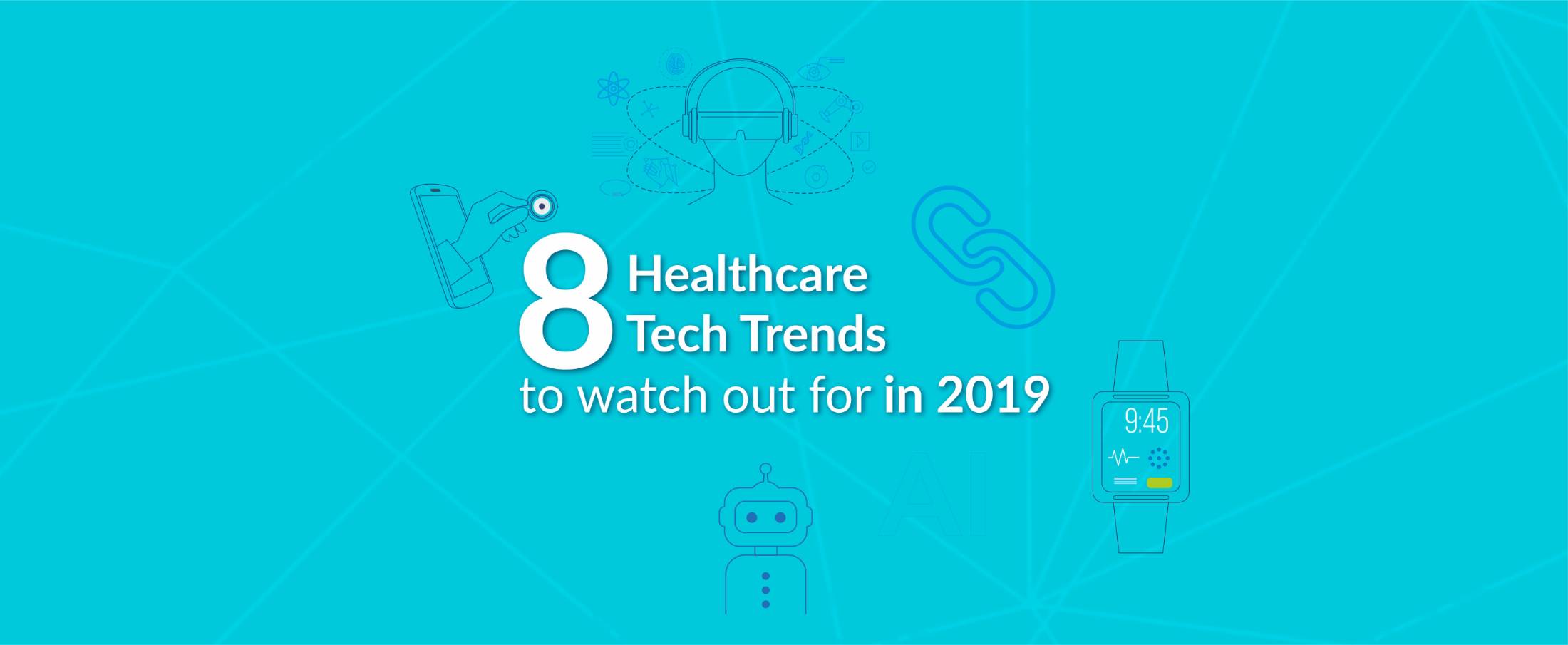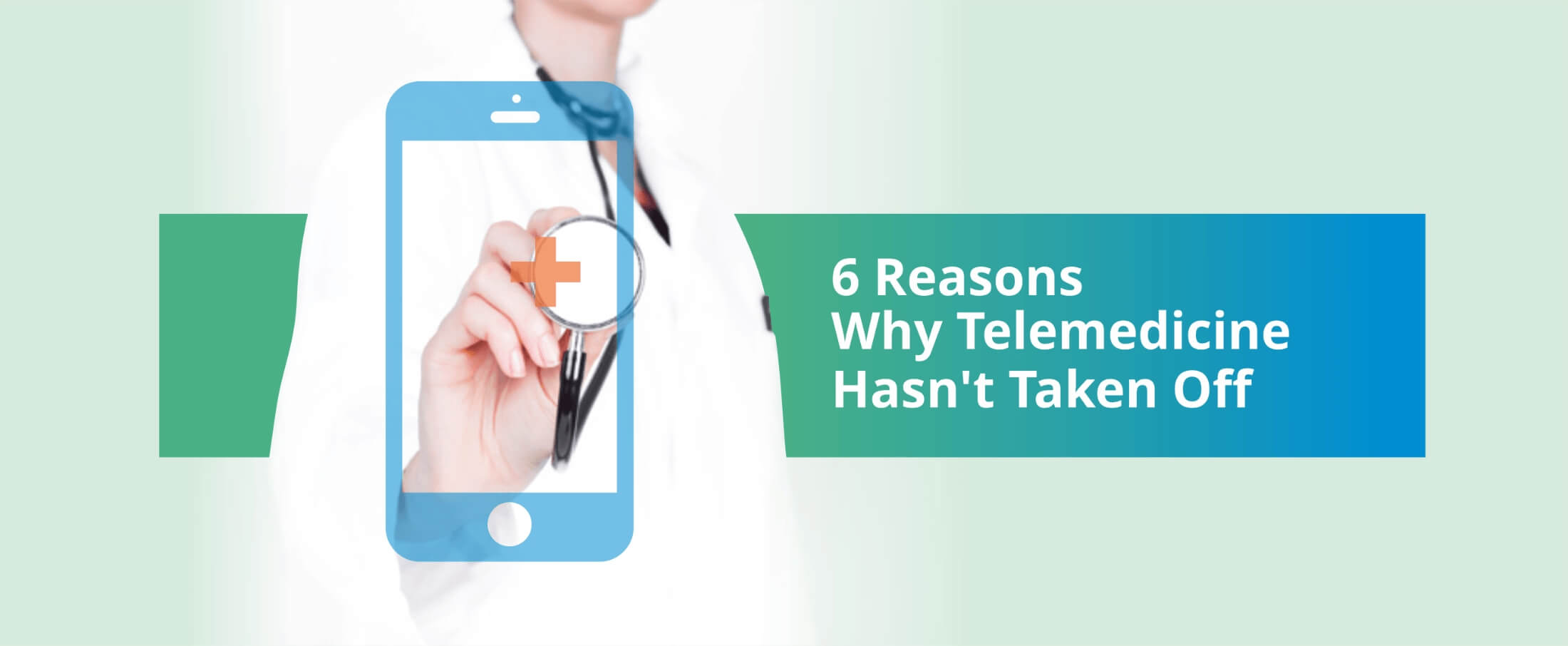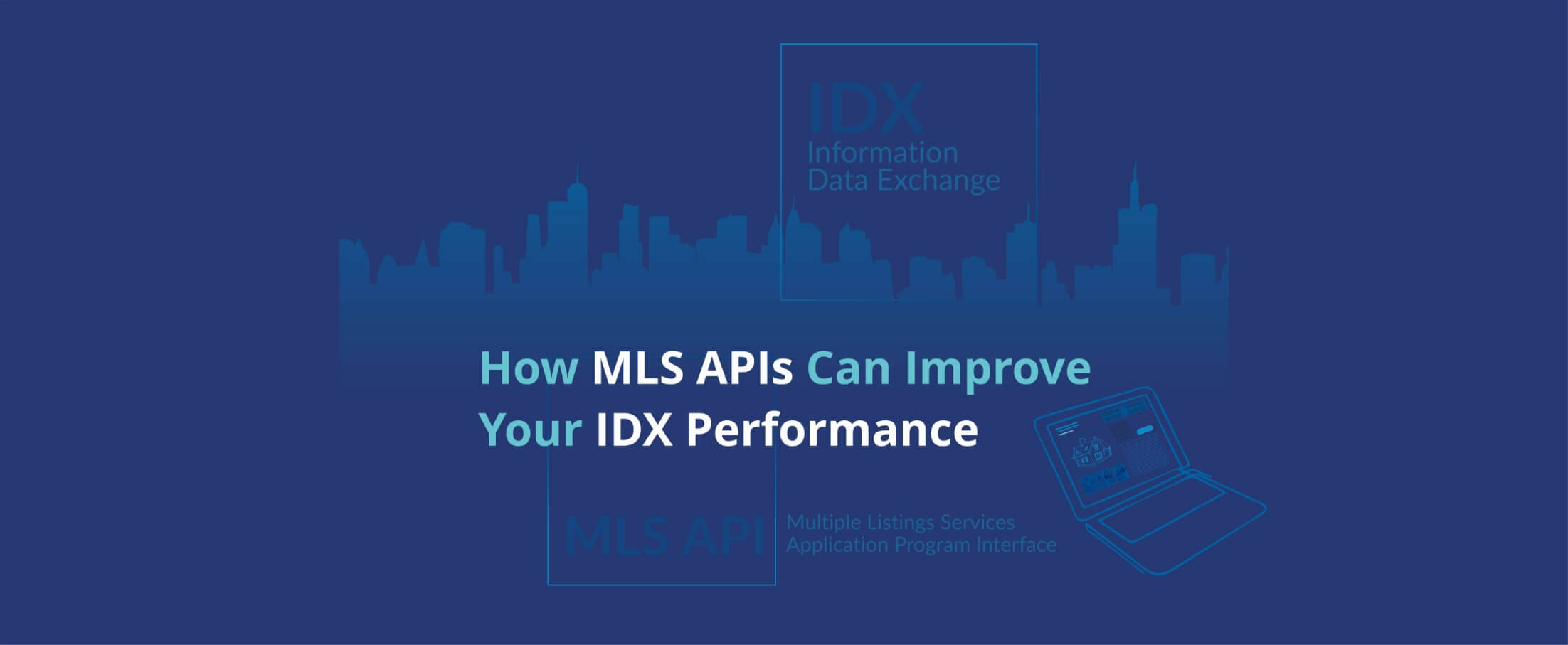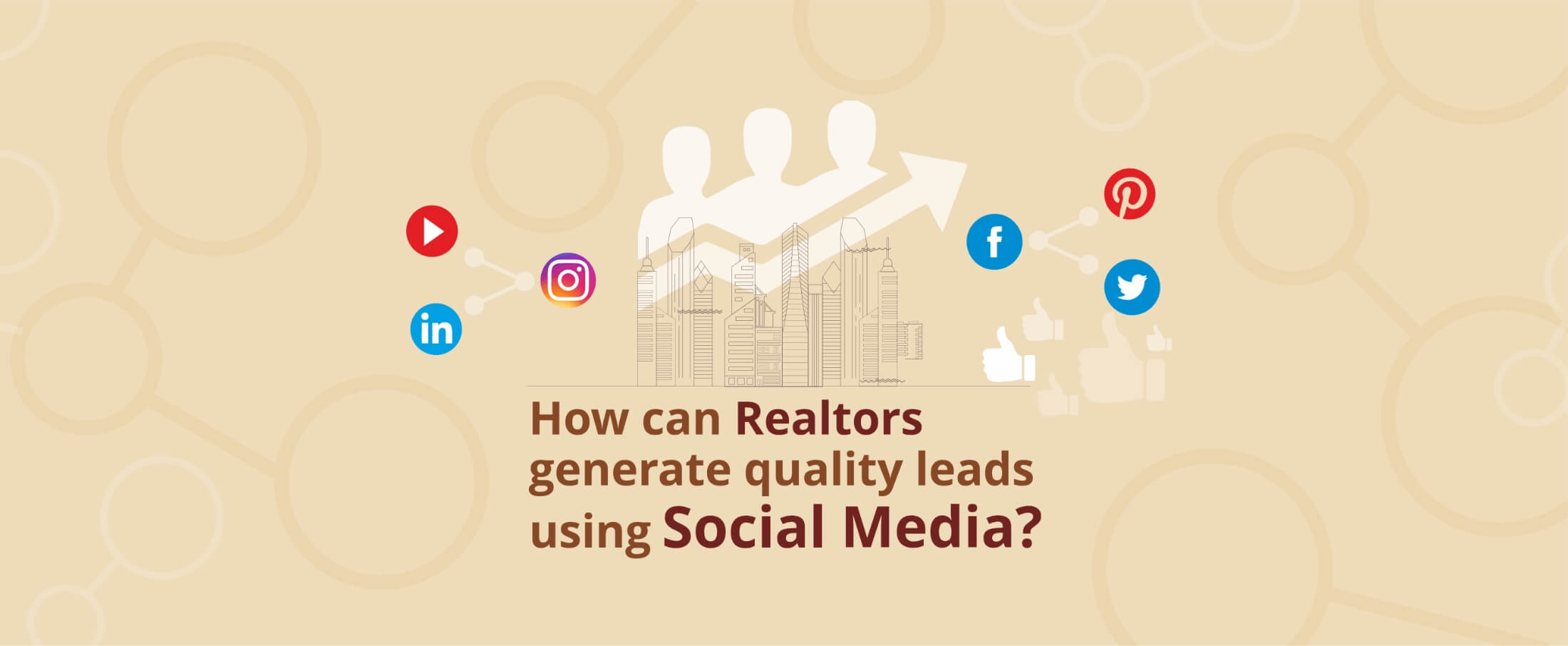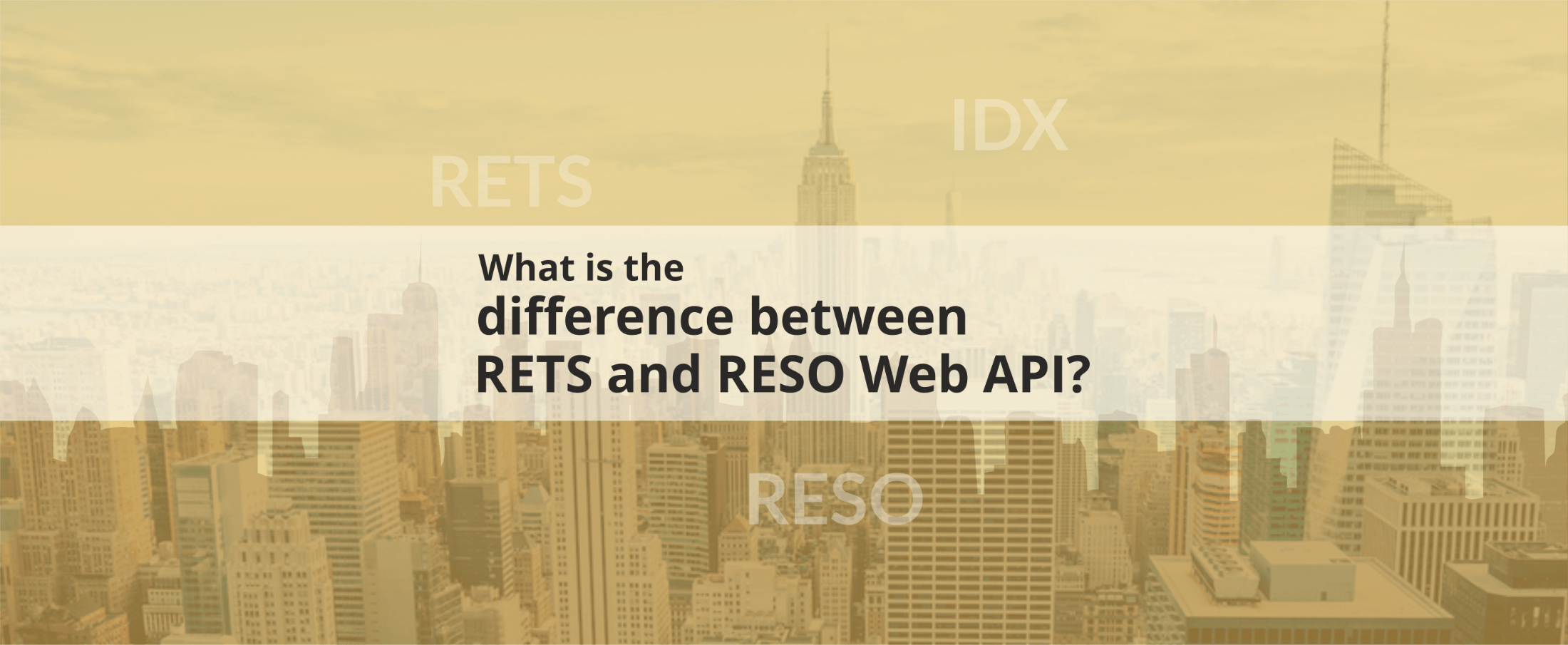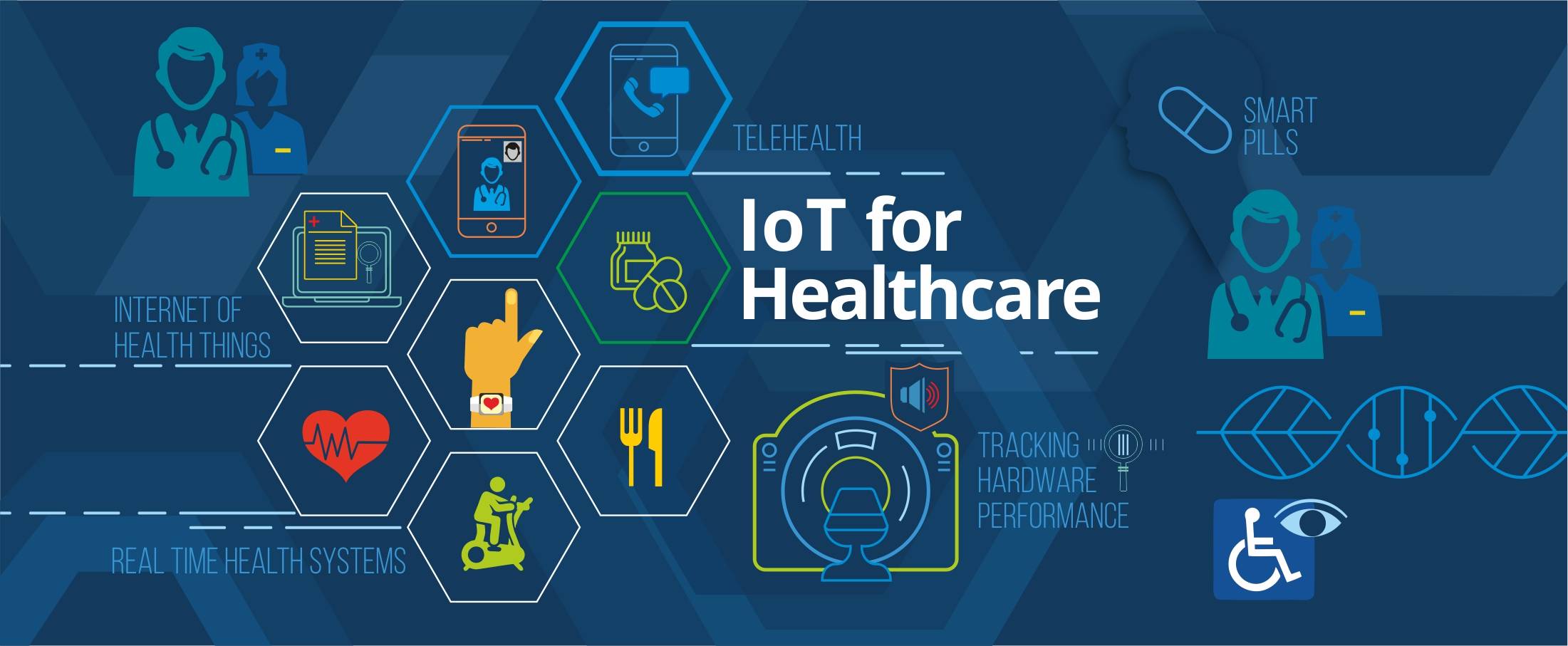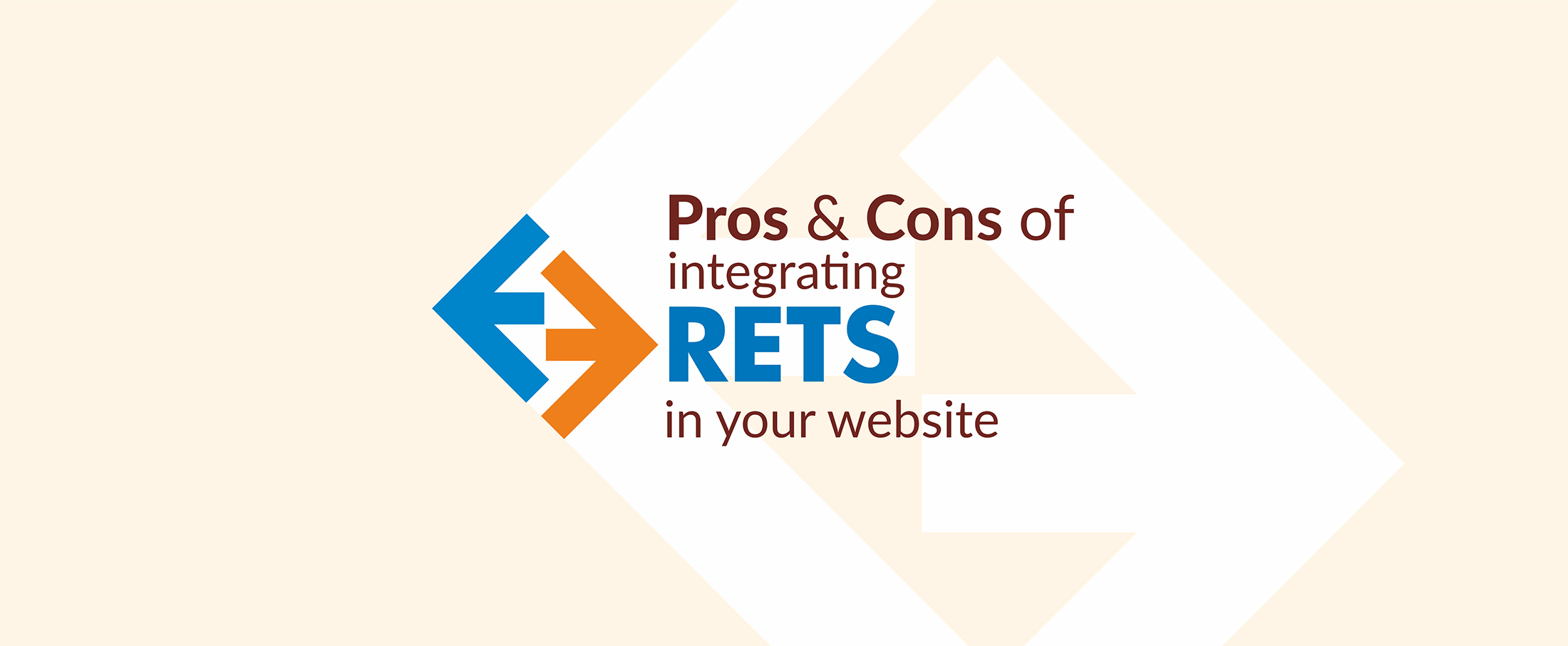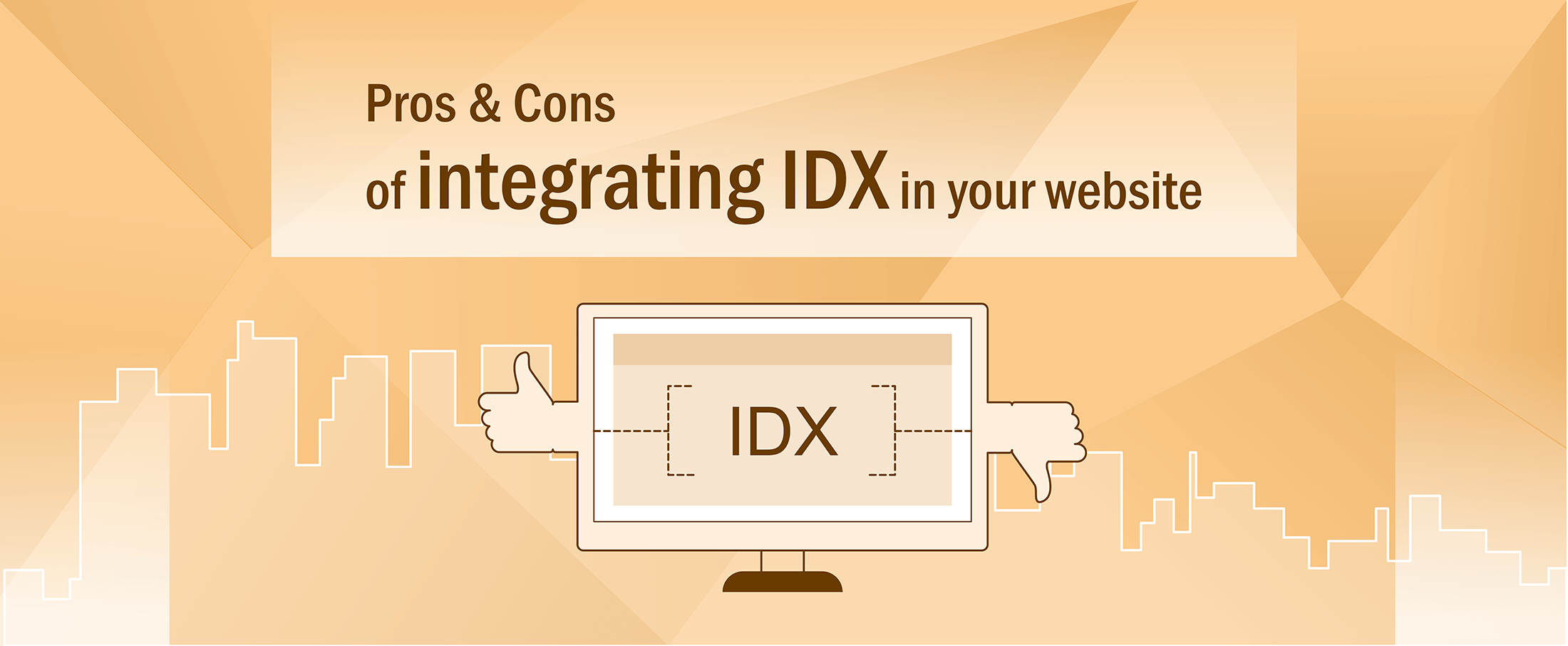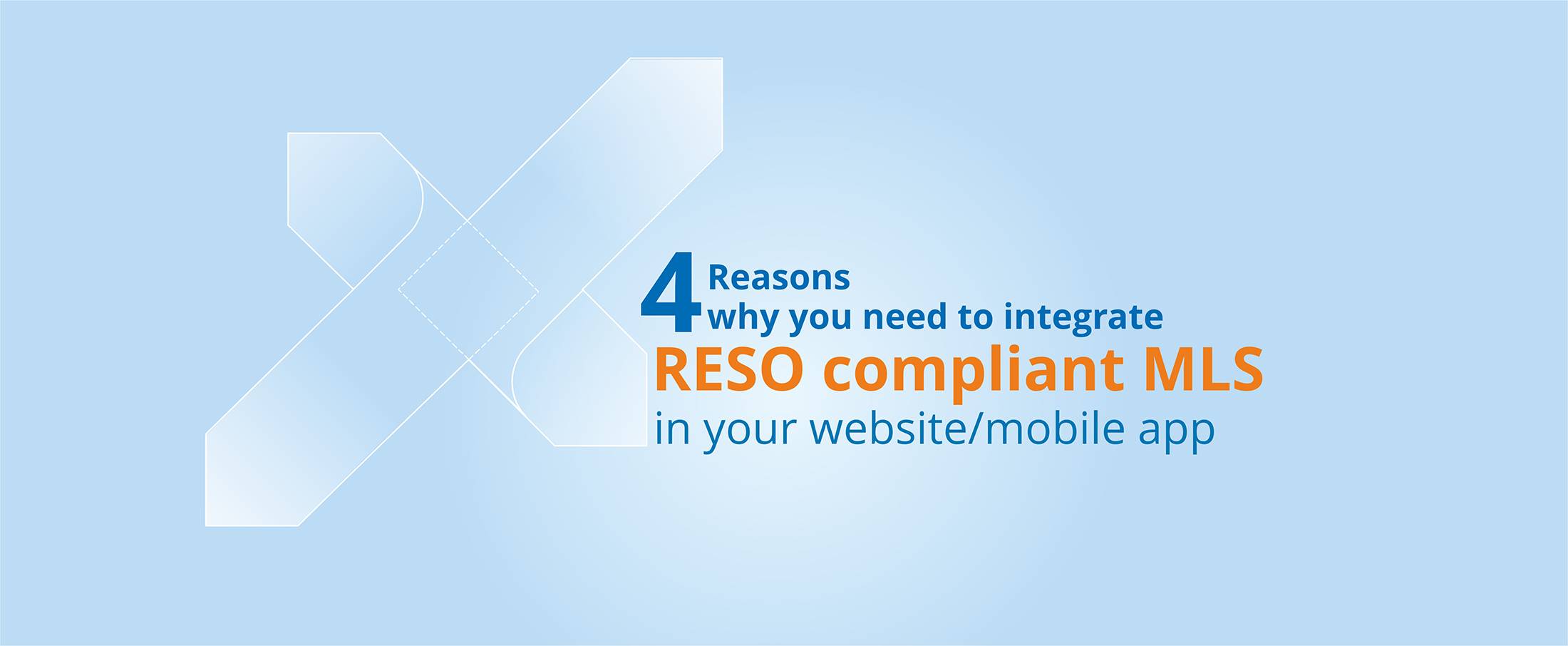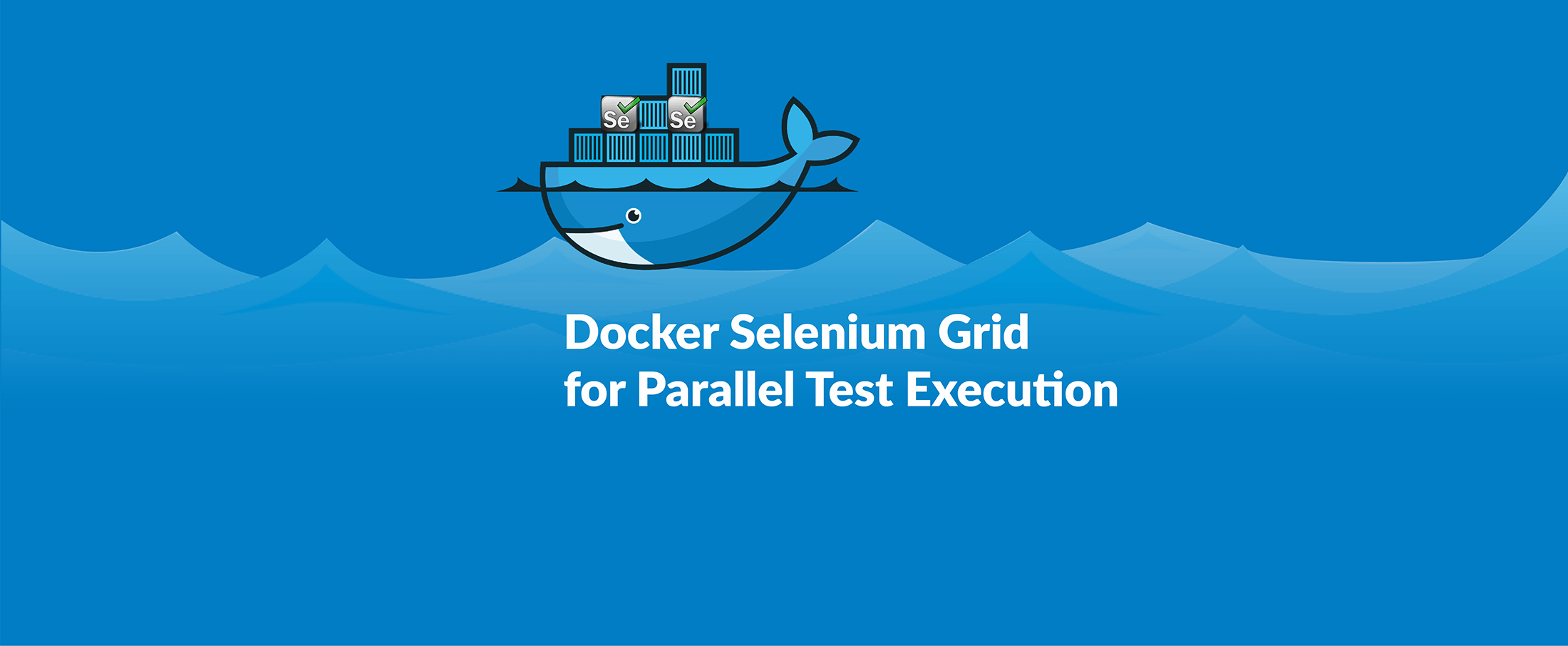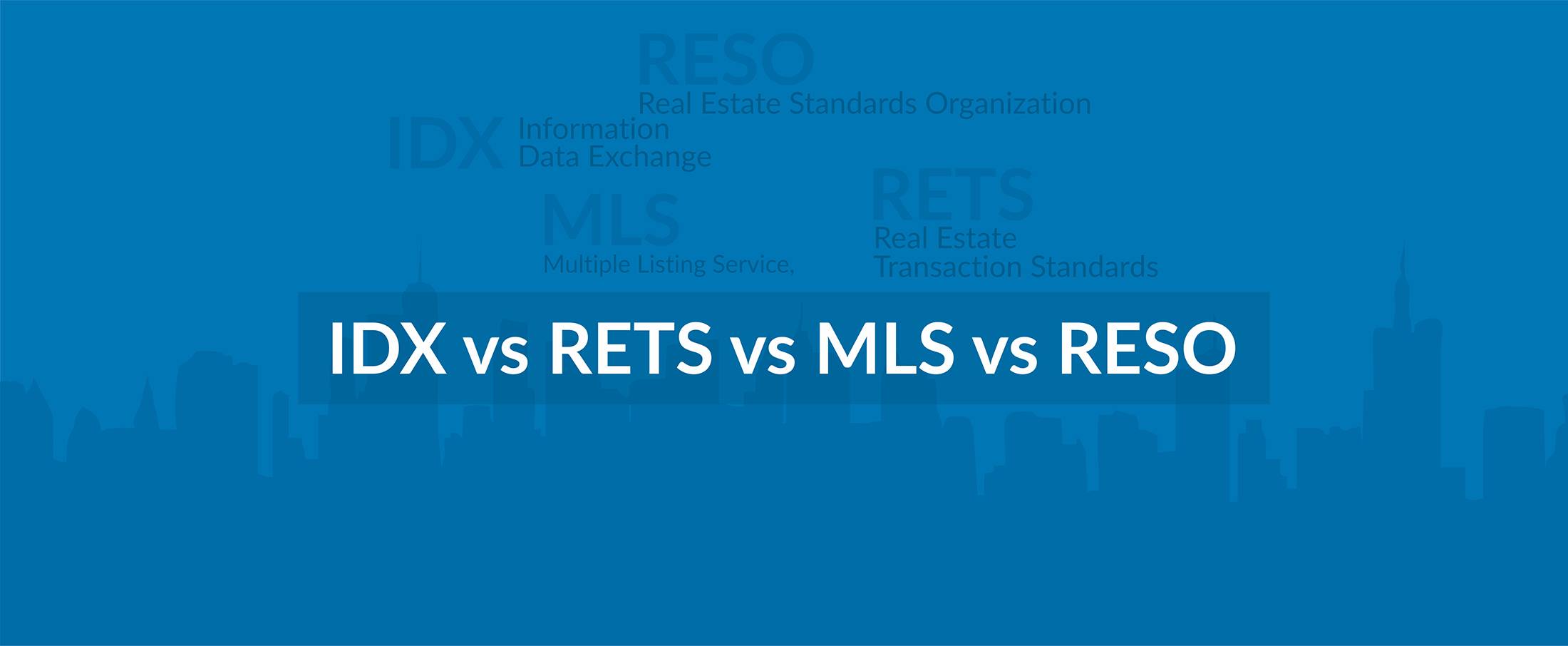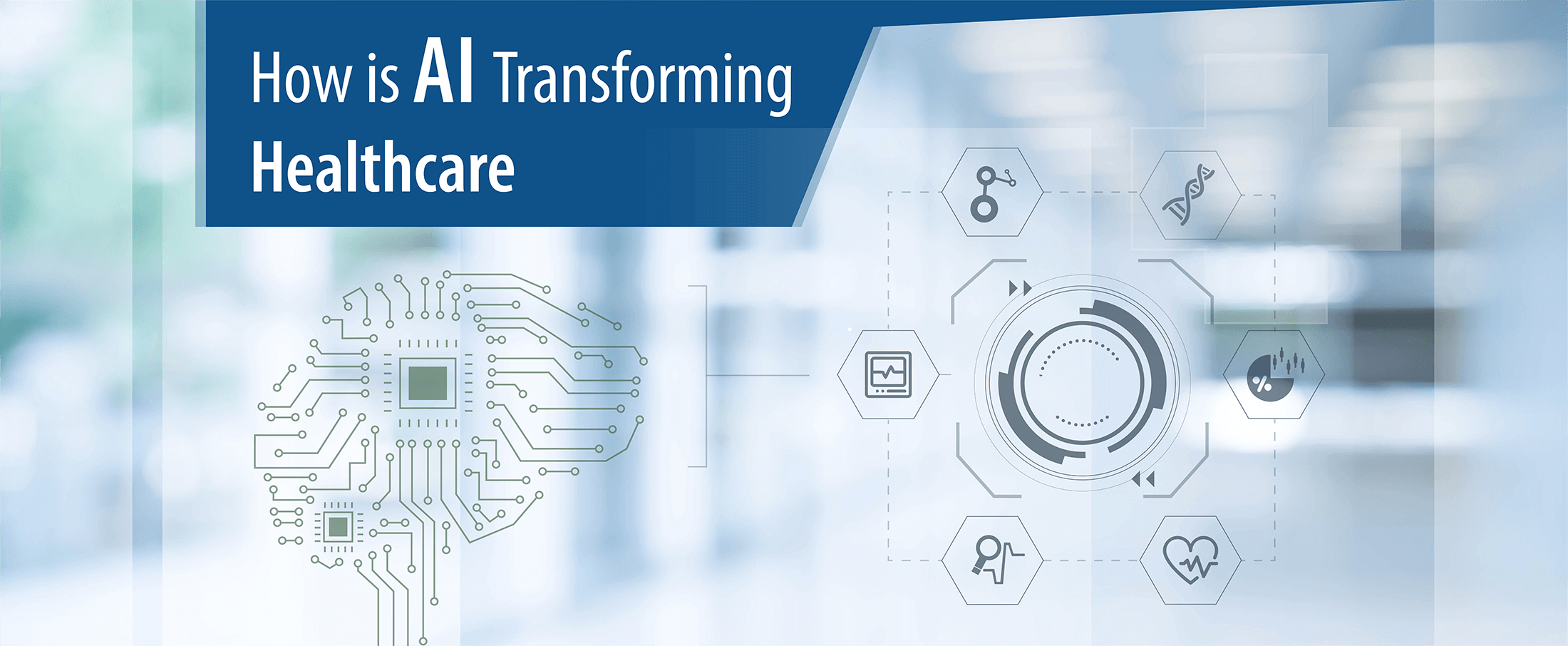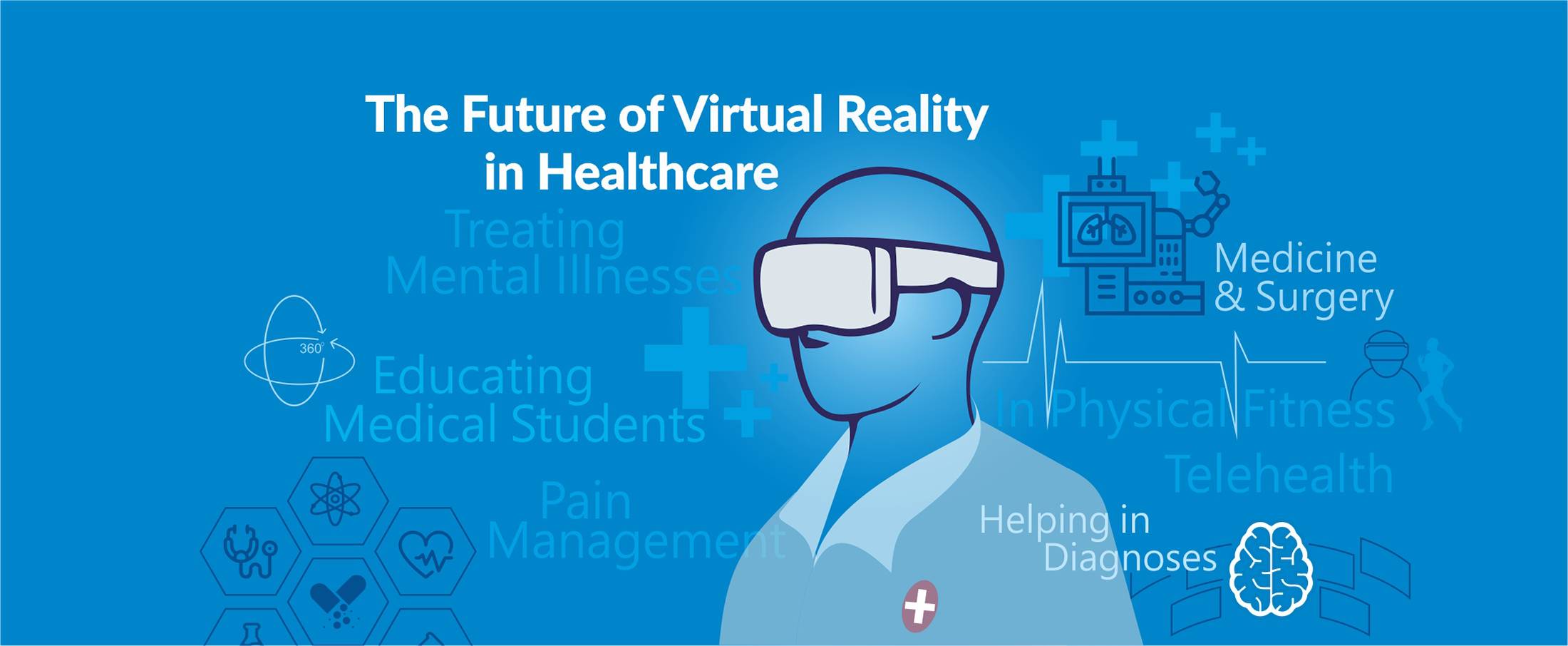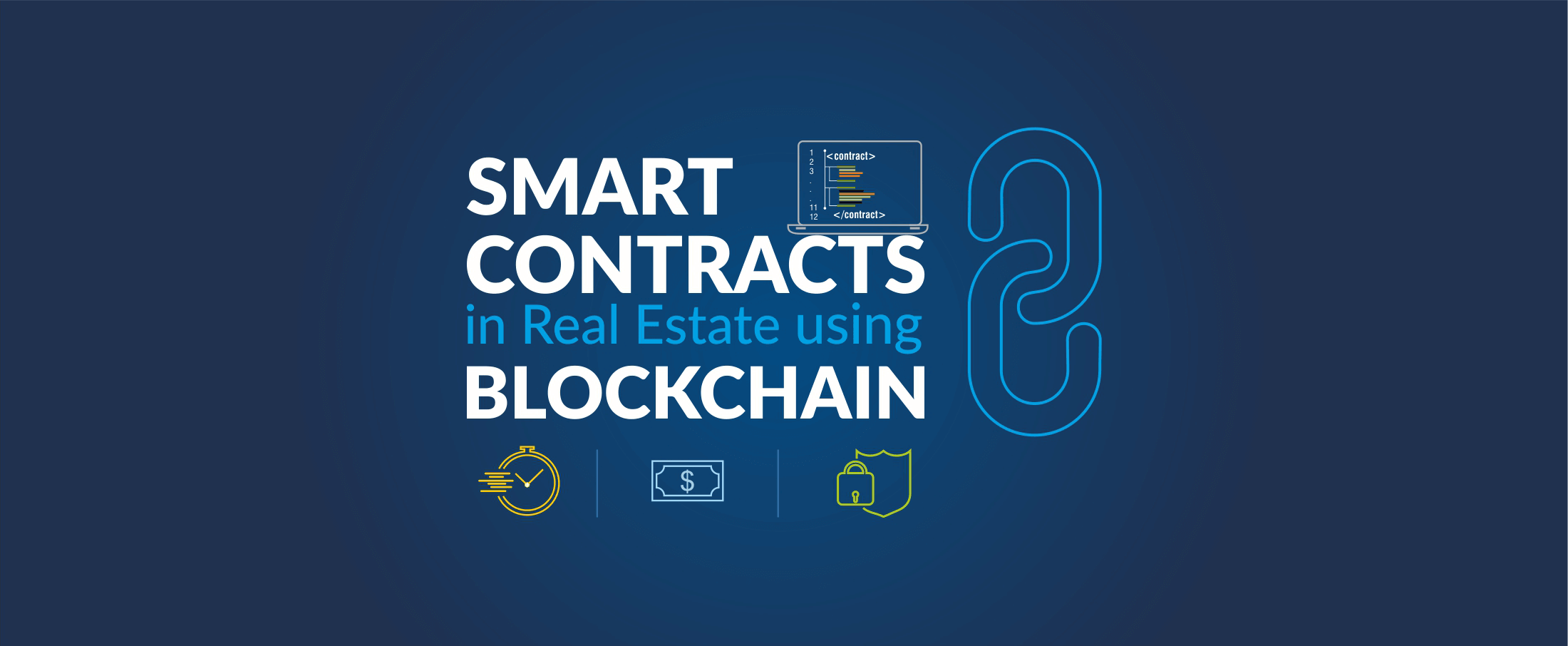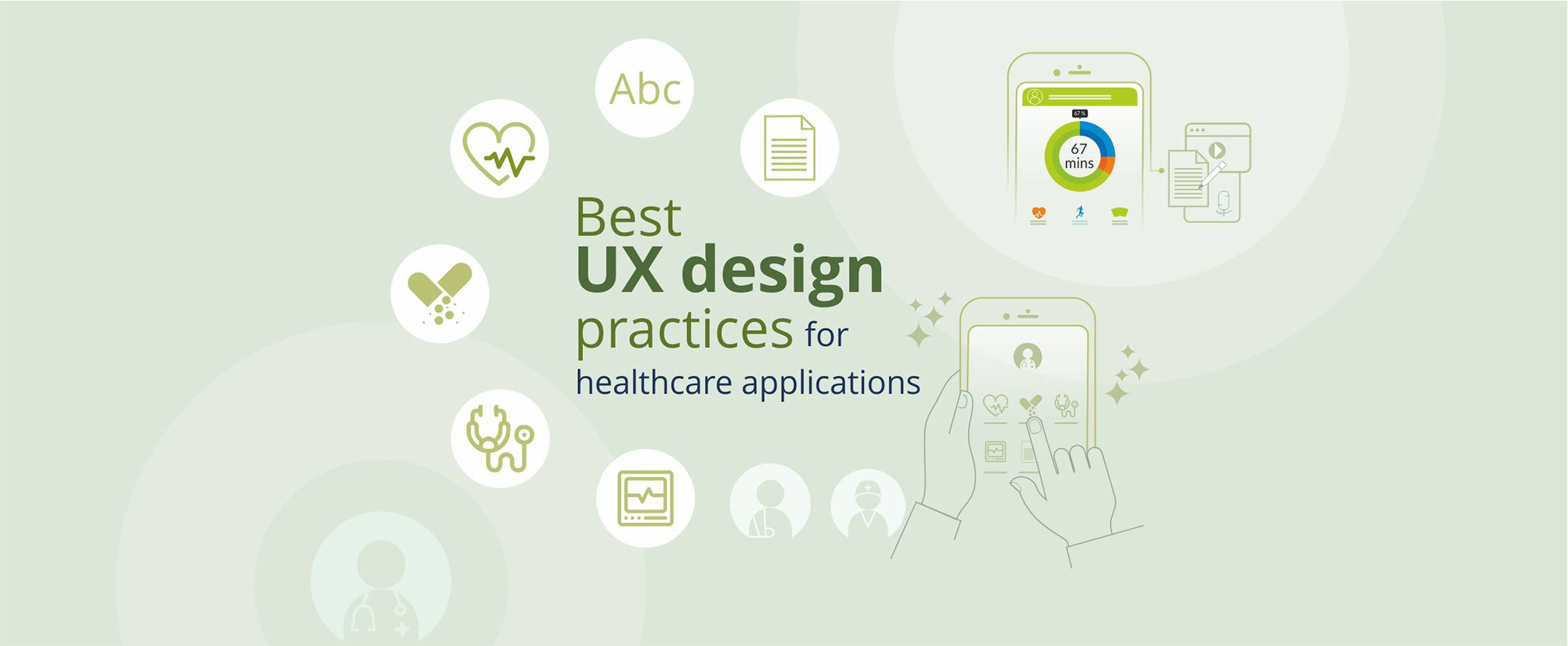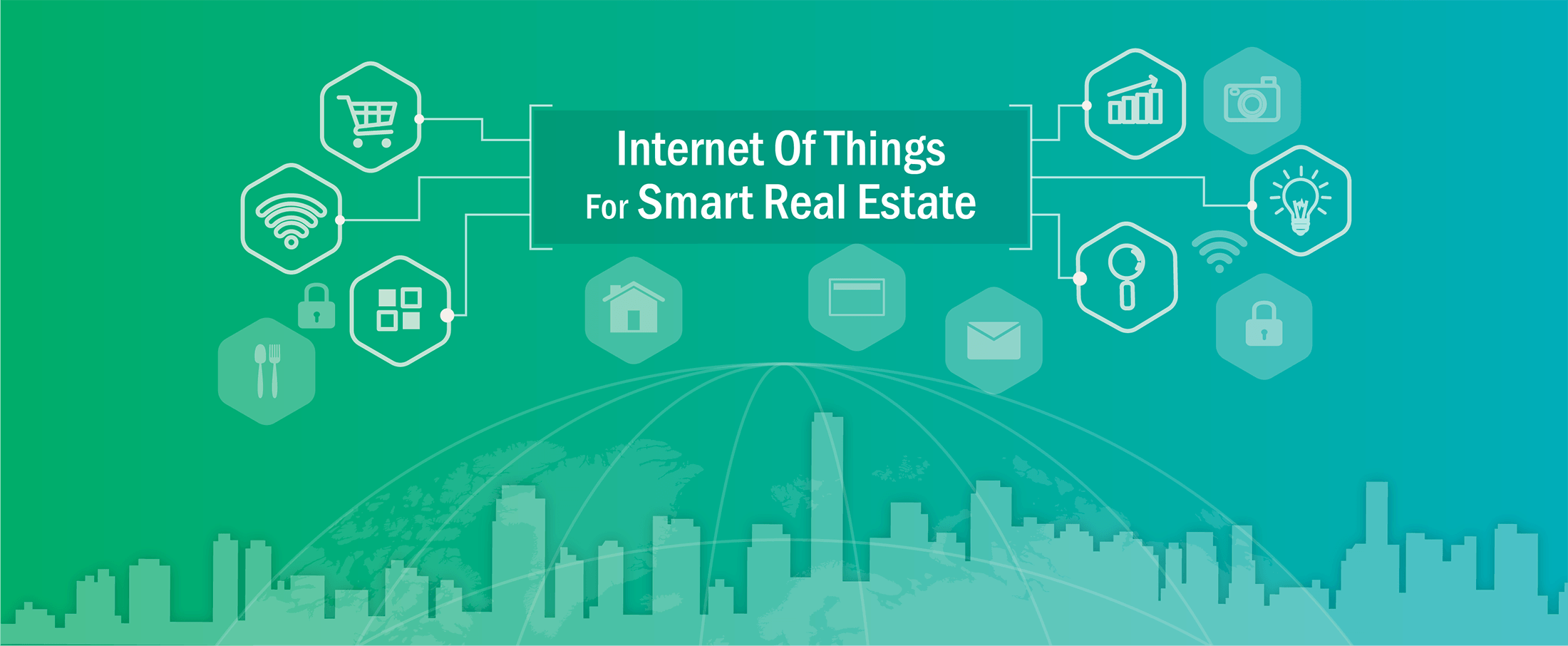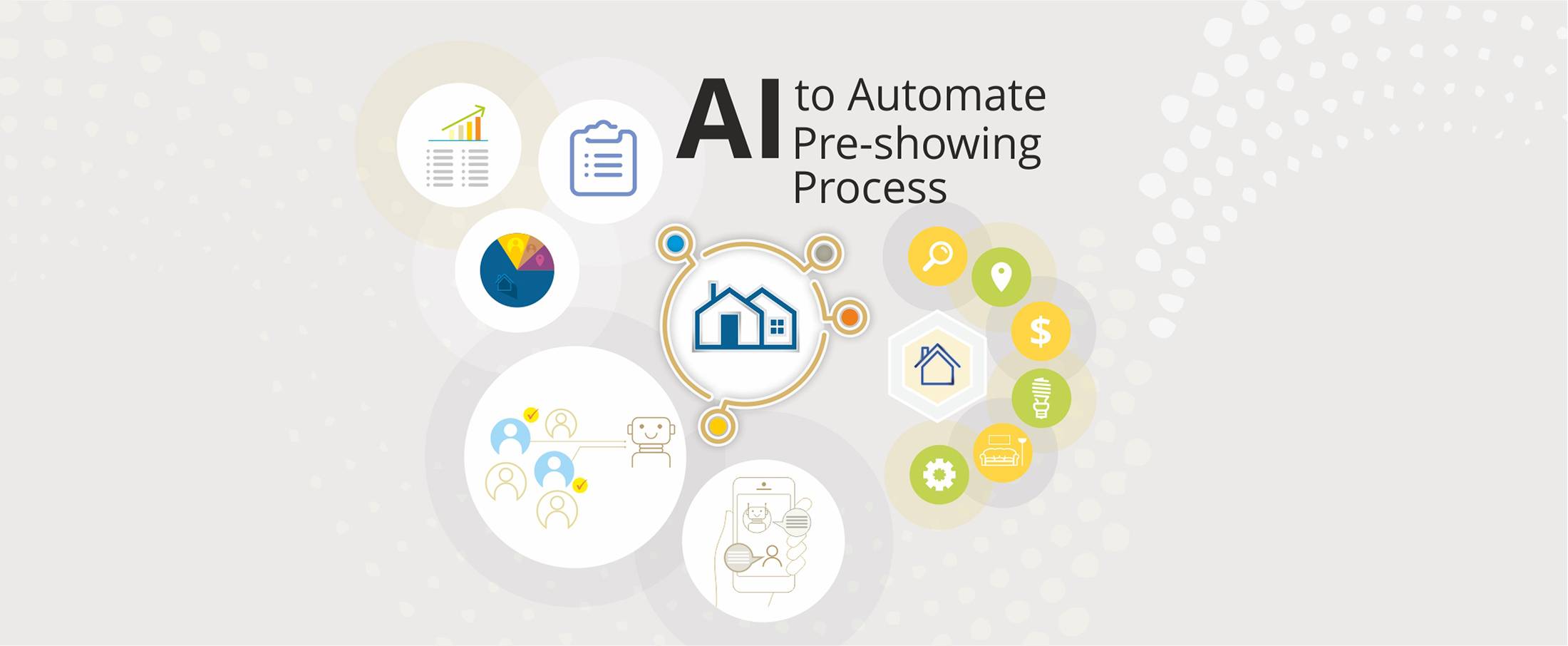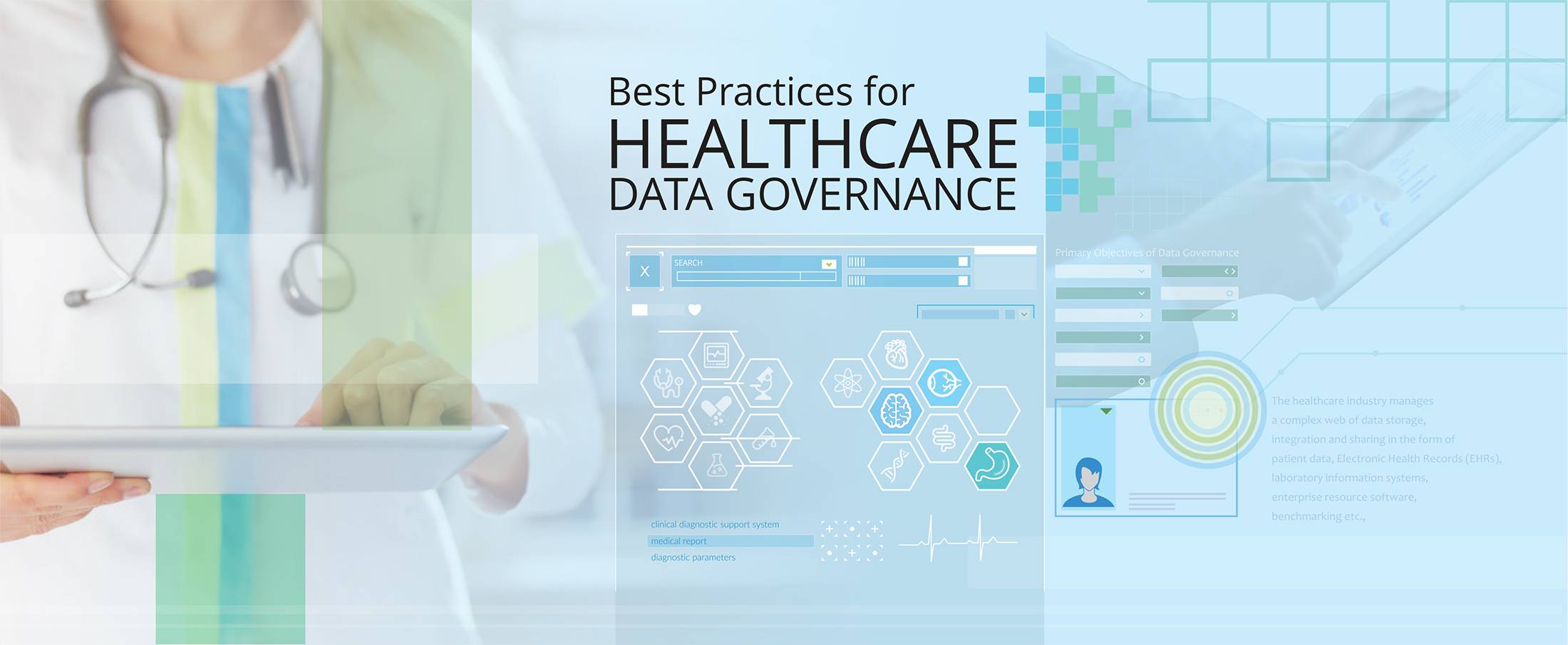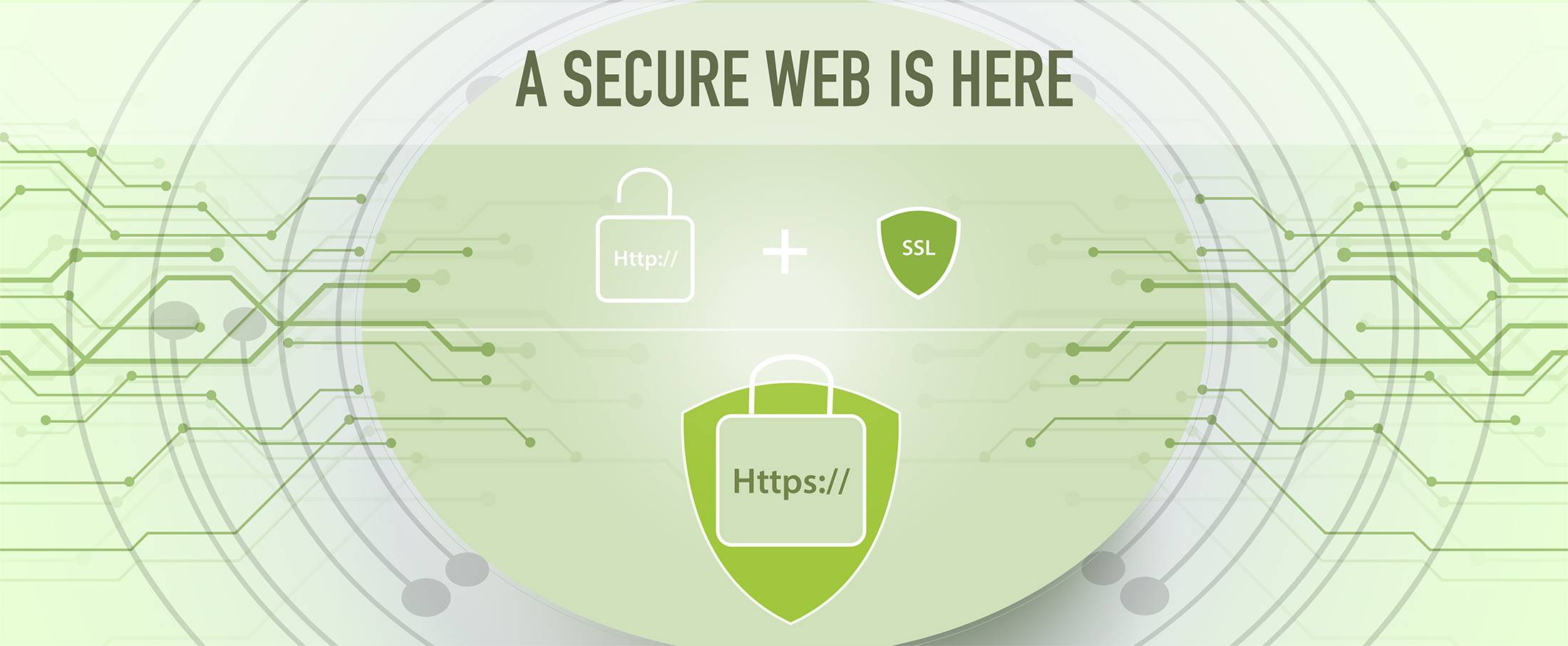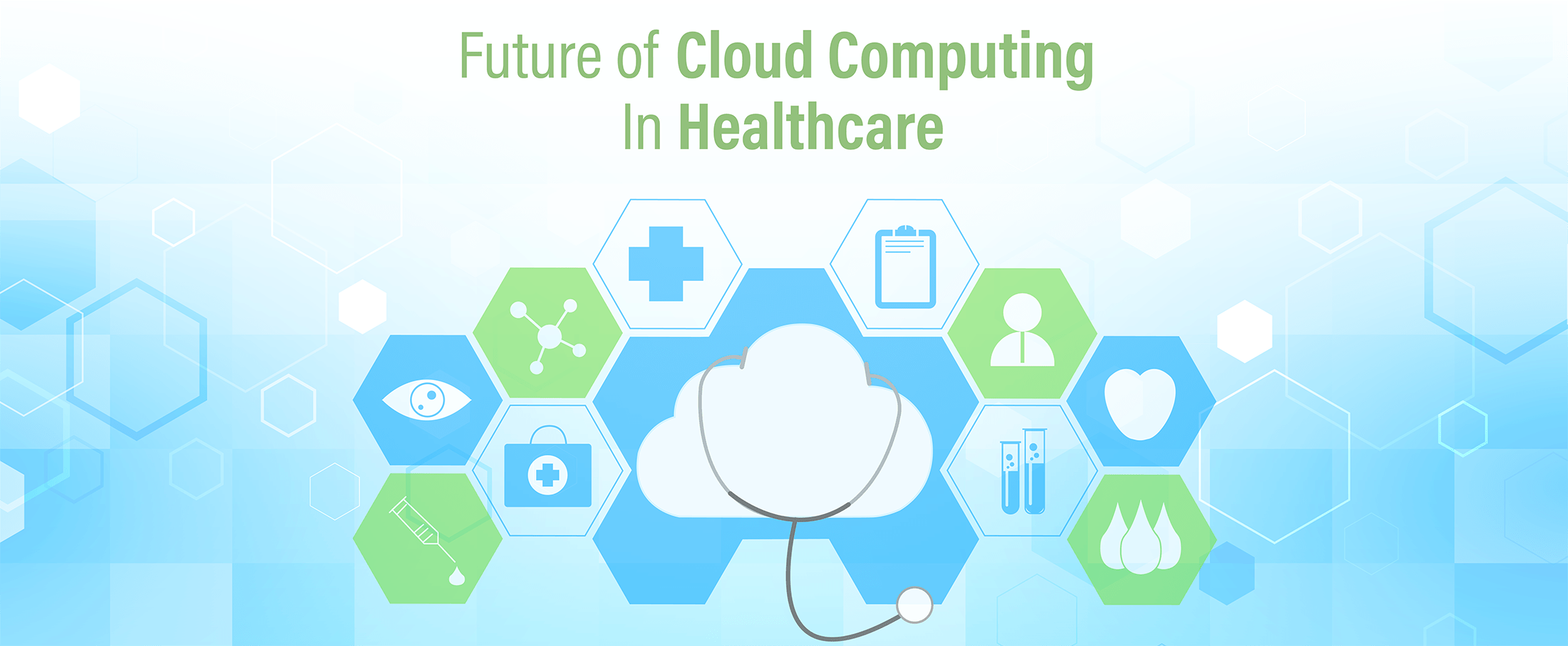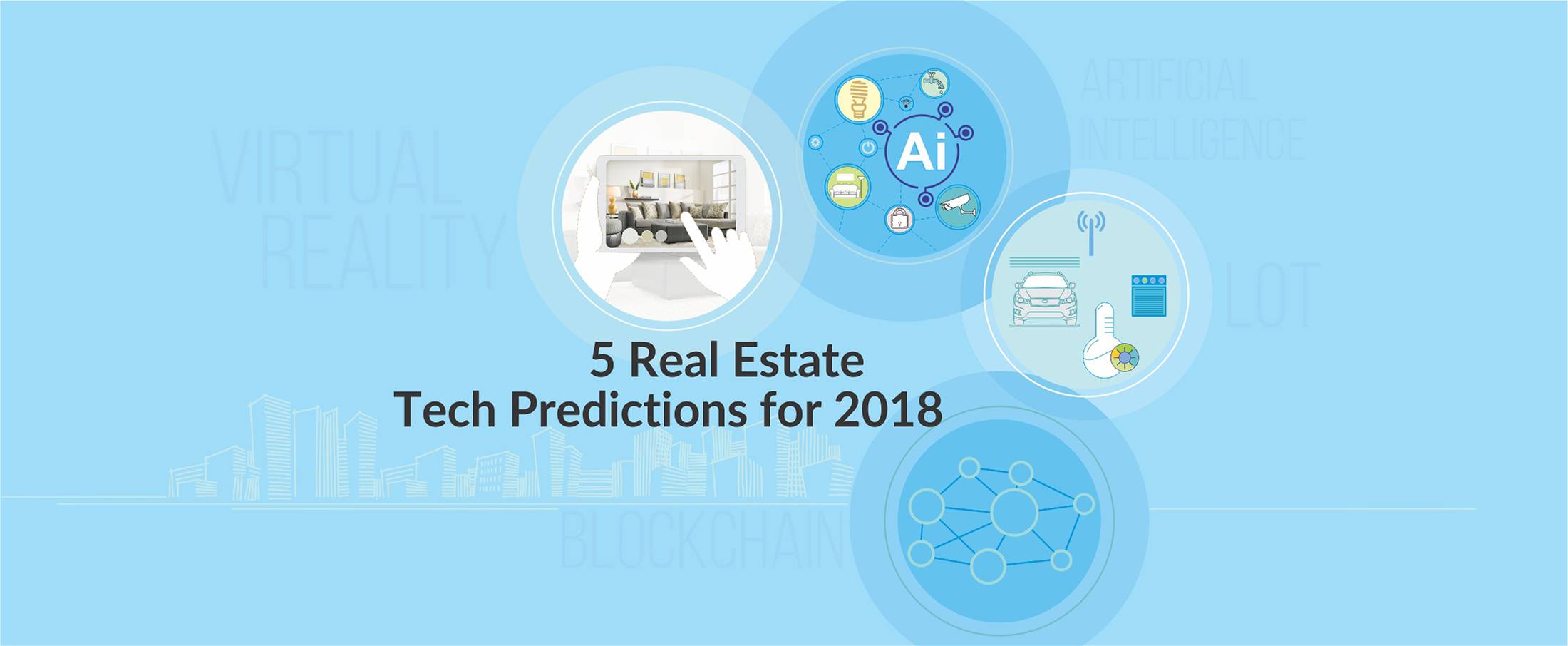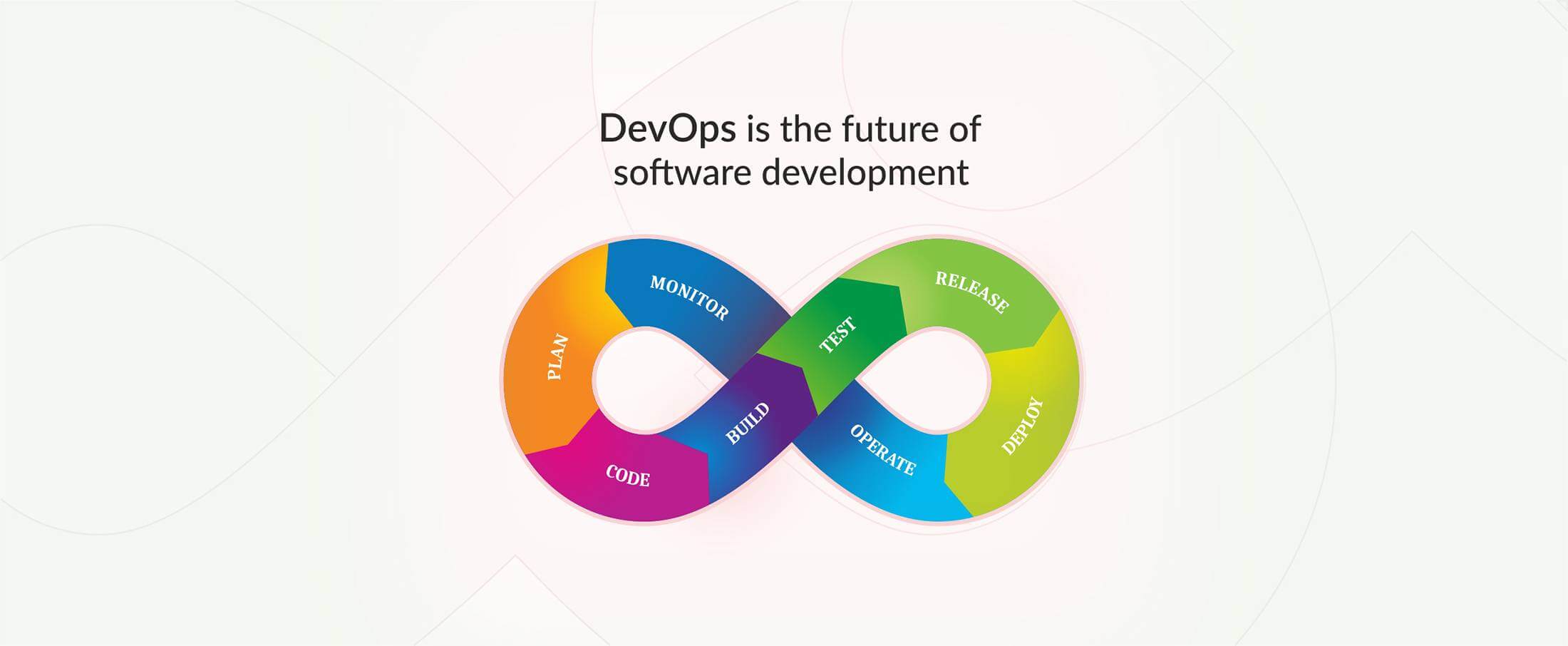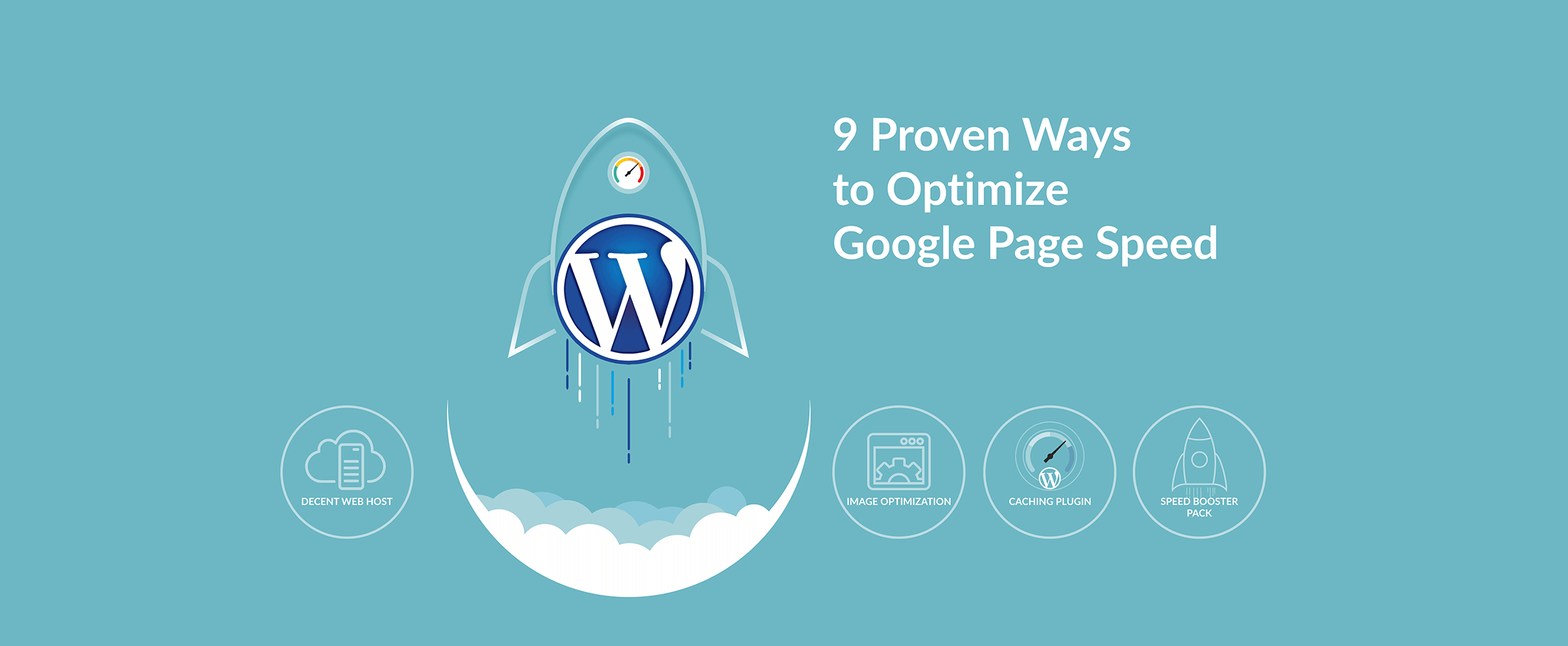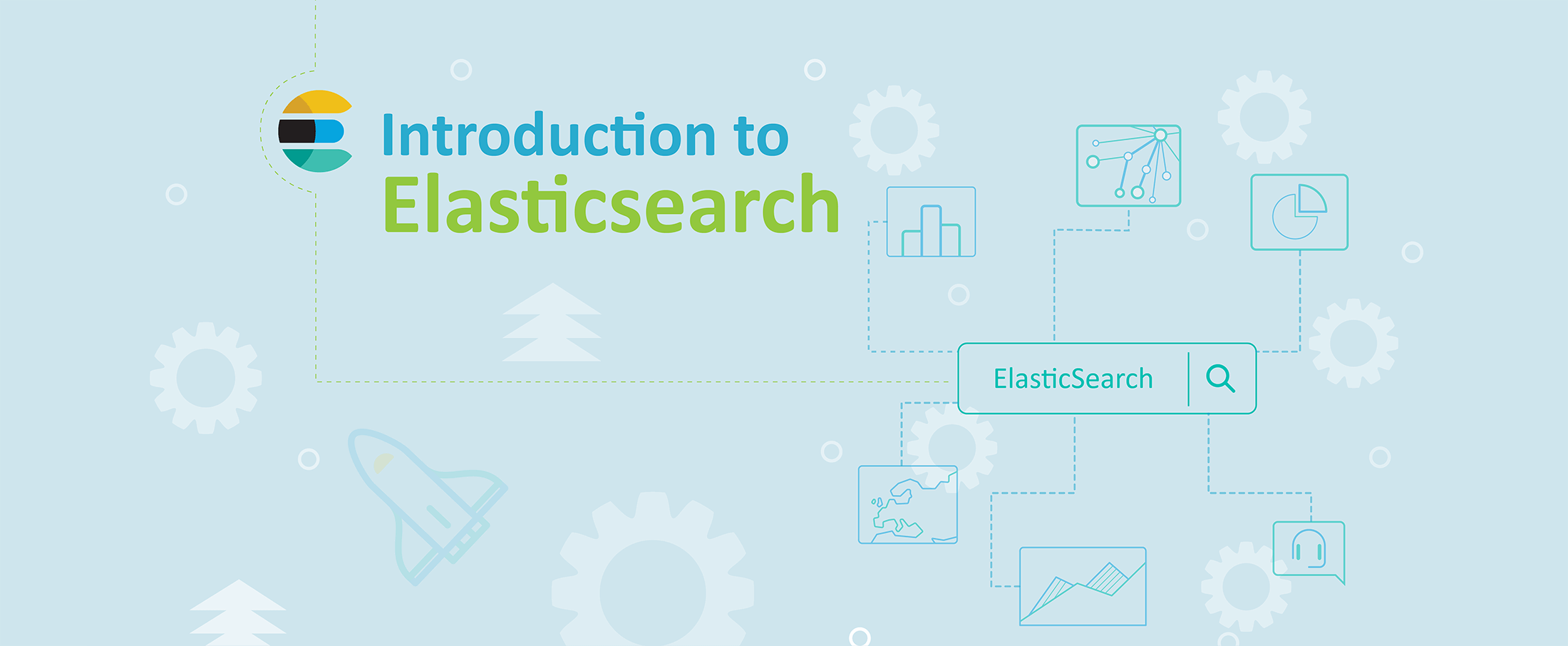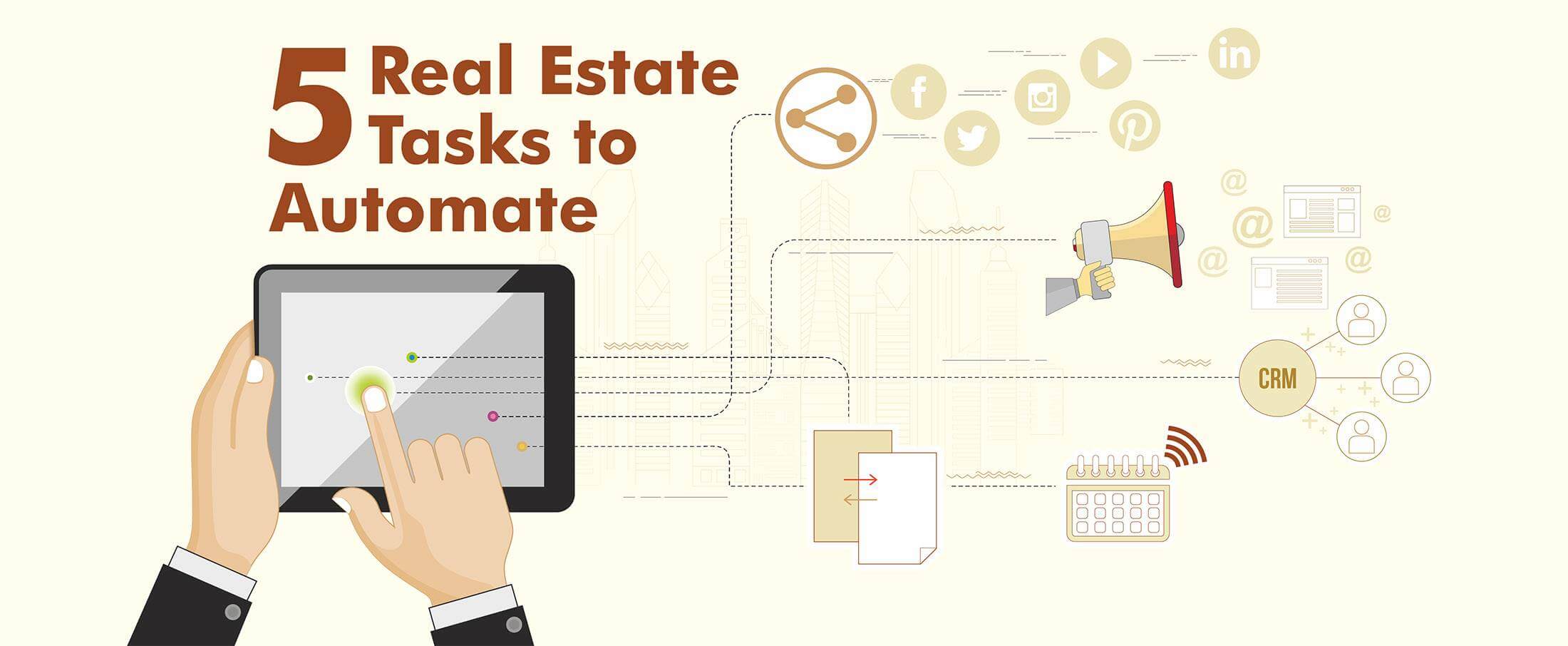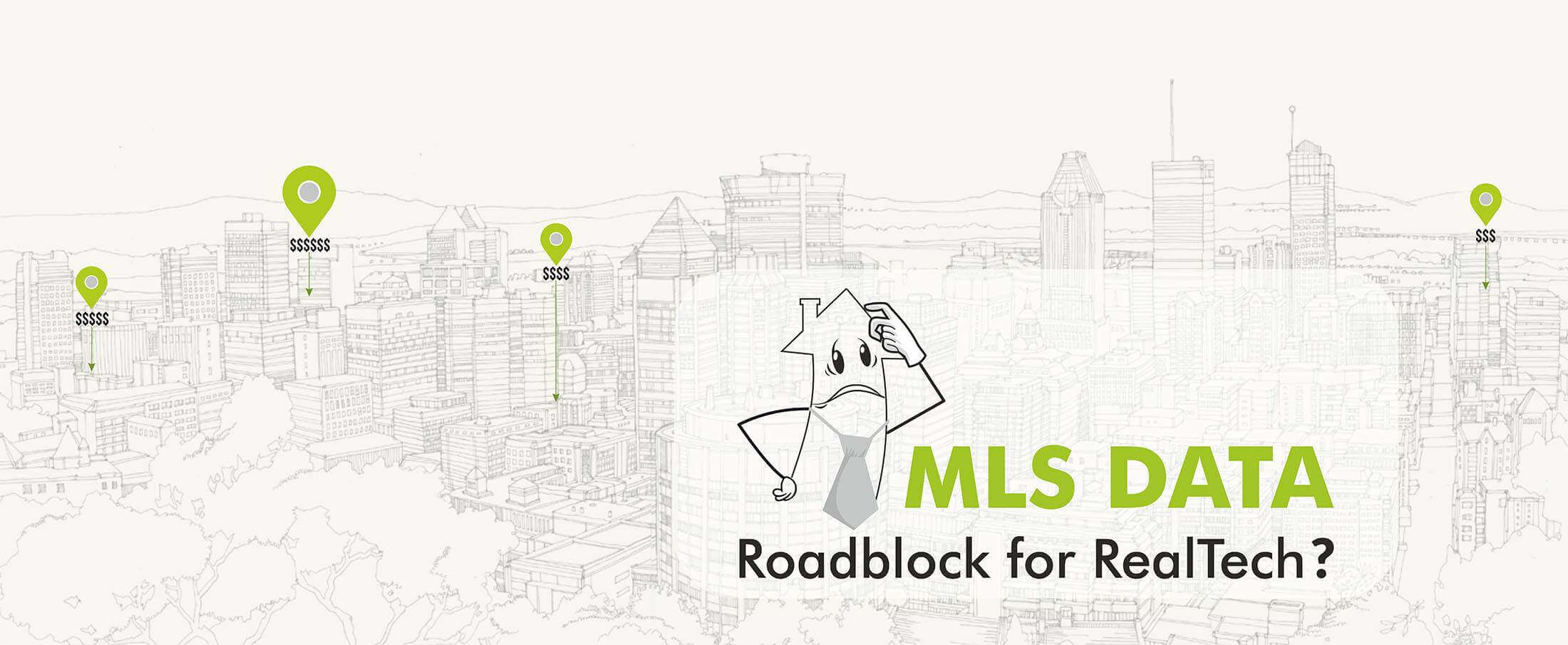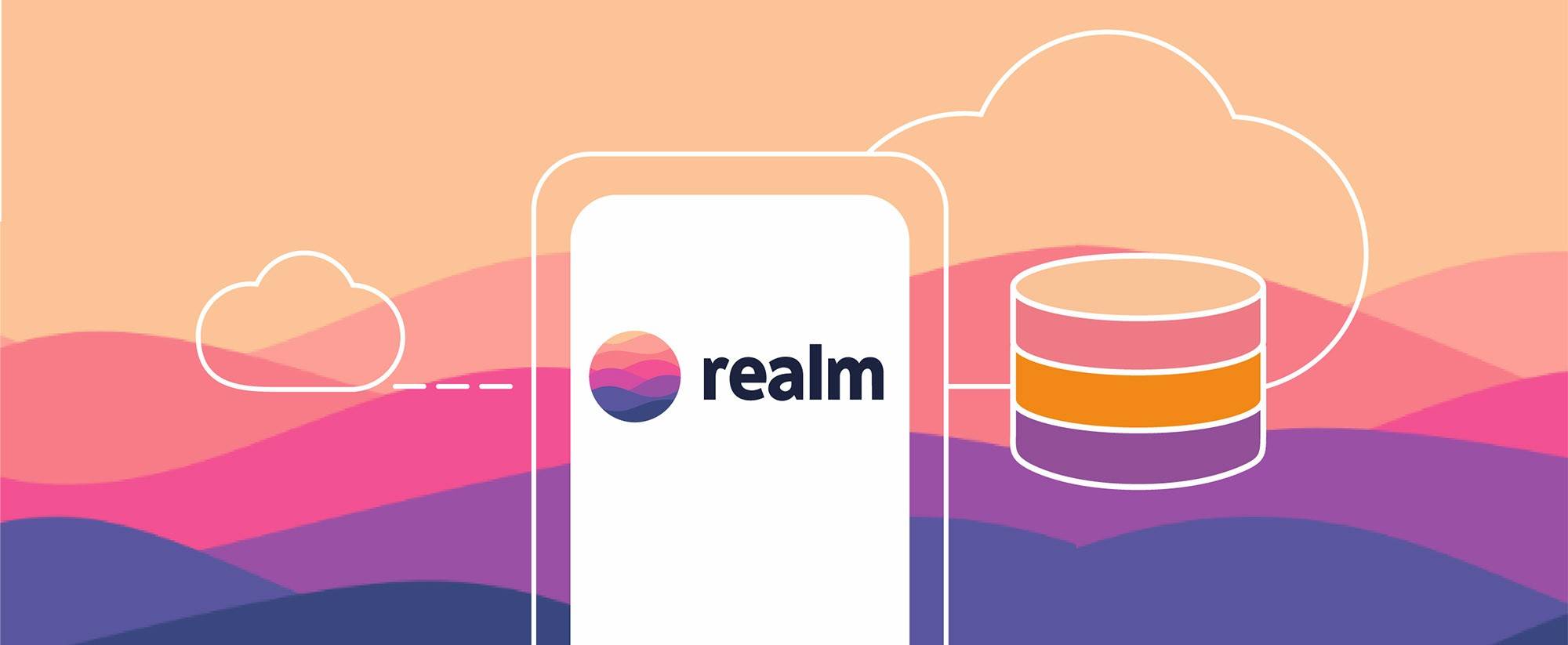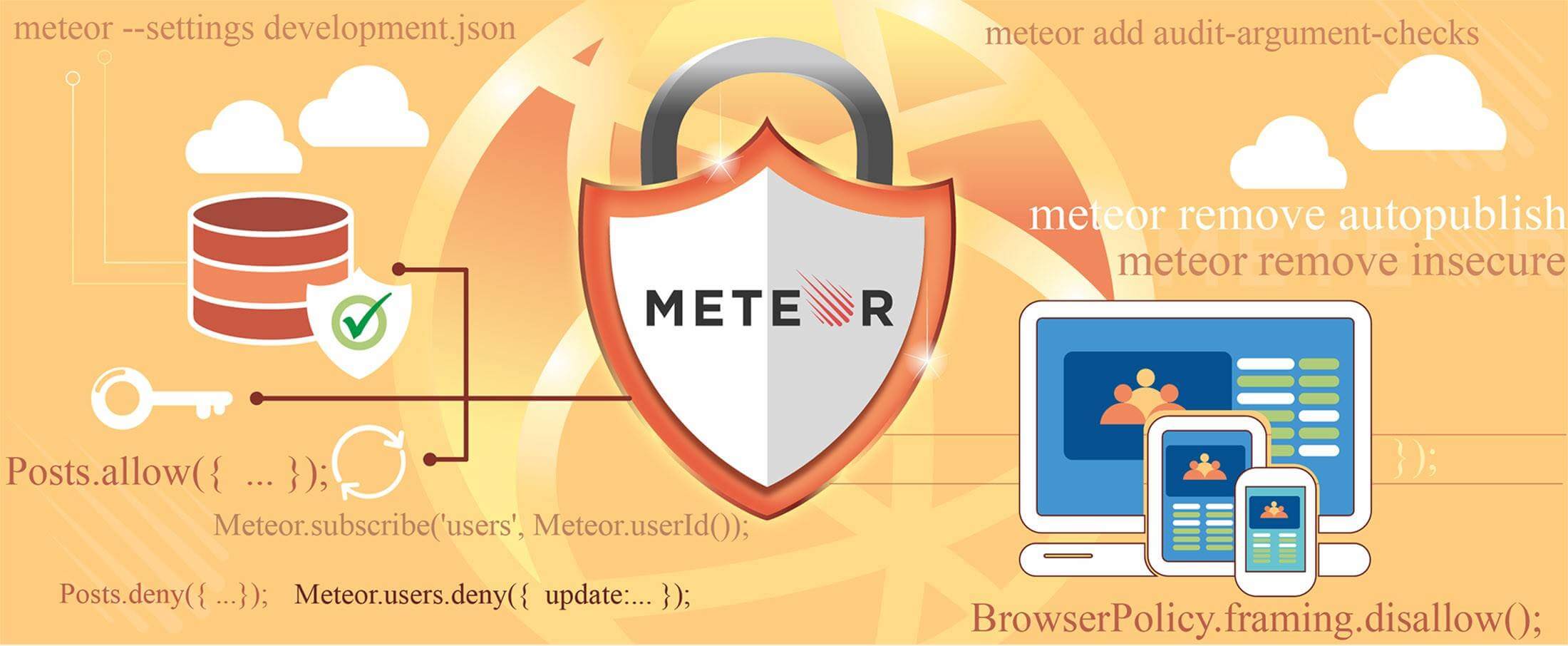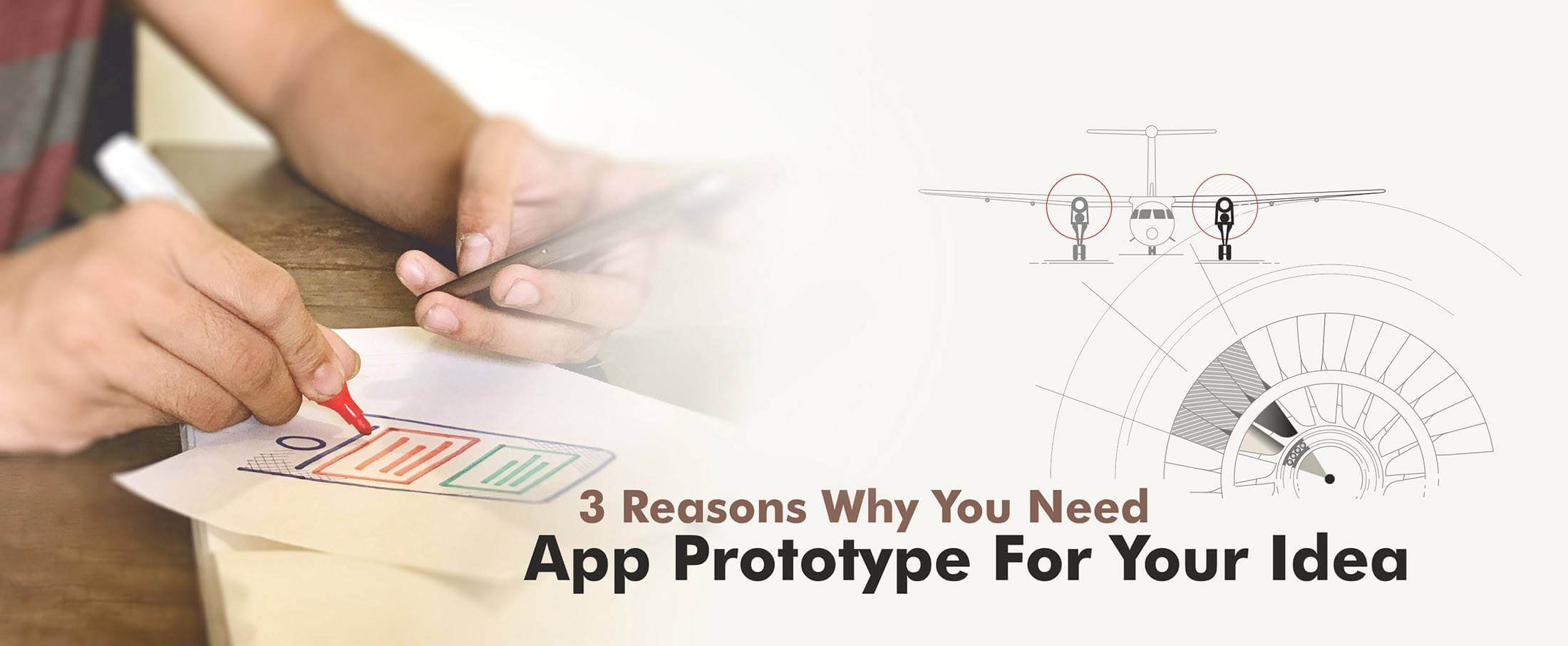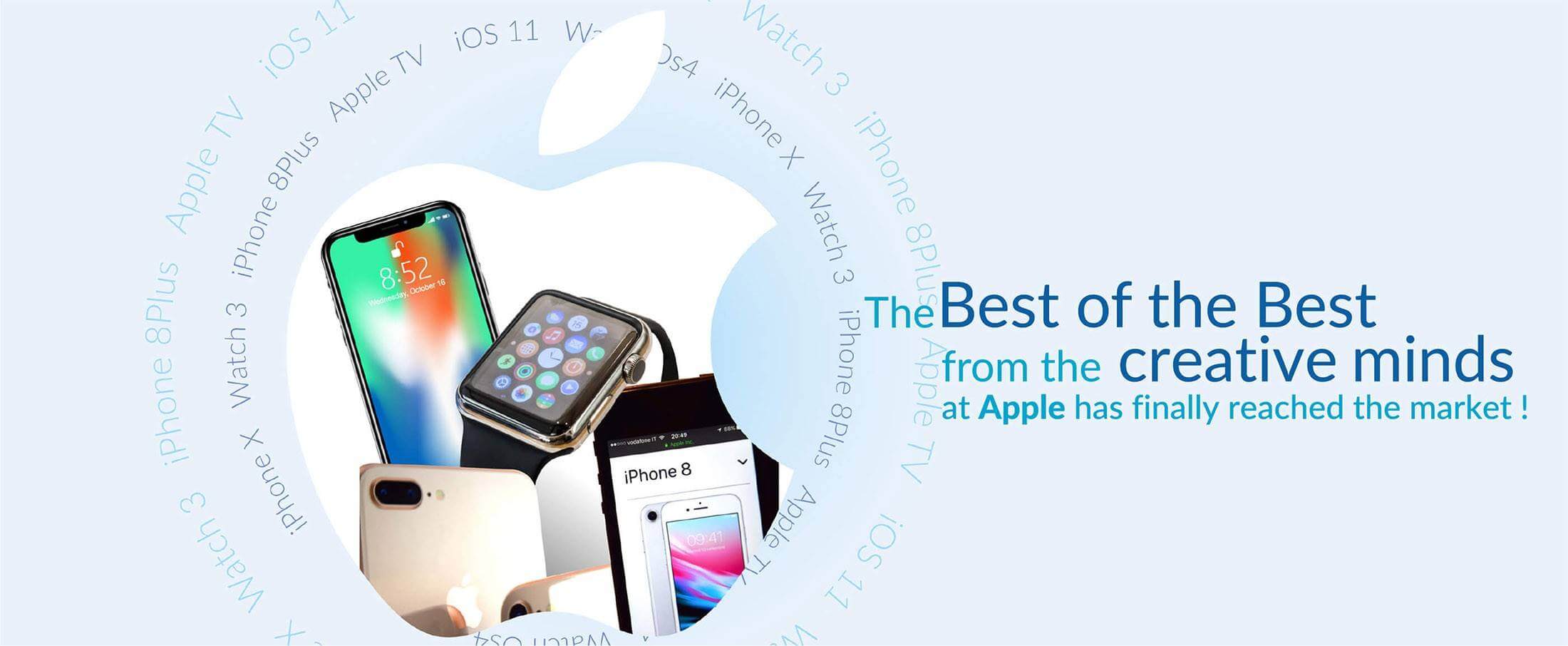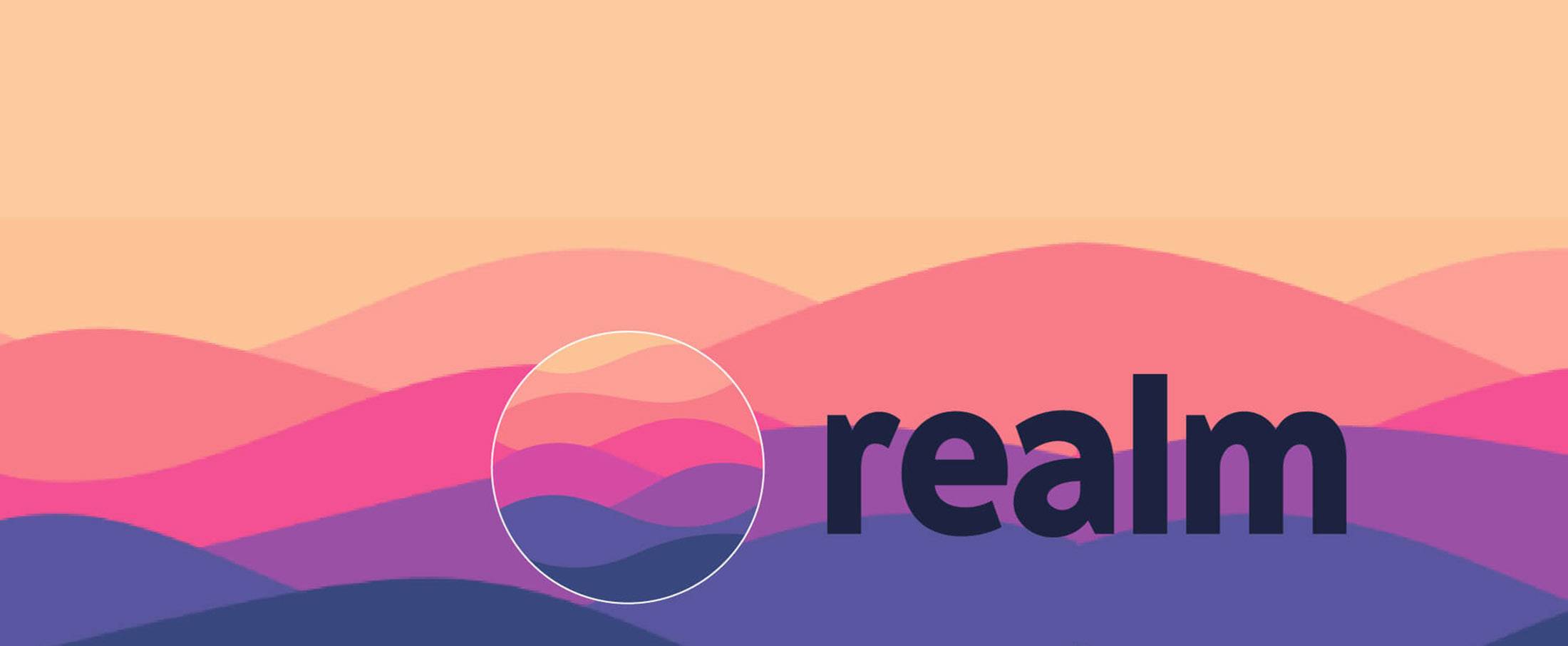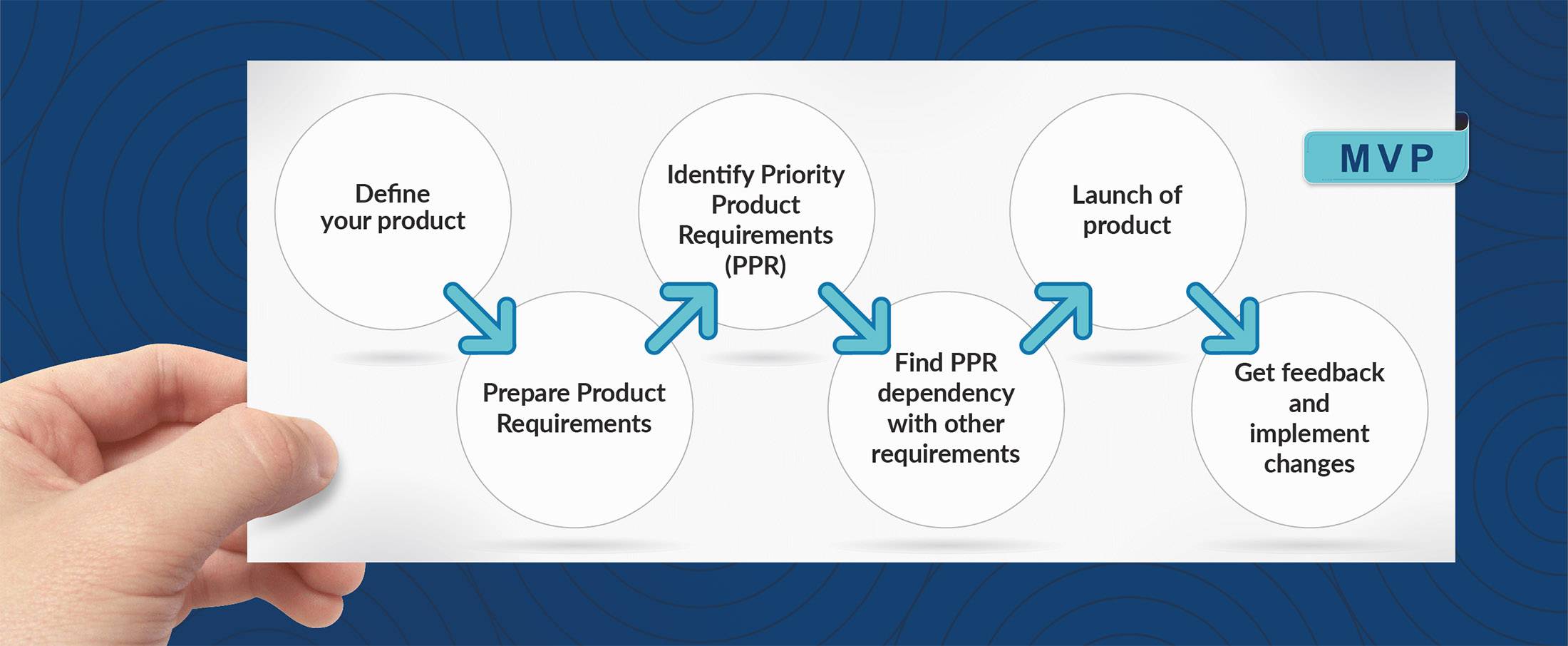FHIR Integration for Better Patient Engagement
FHIR Integration for Better Patient Engagement
There is a new concept in healthcare technology that’s spreading like wildfire, and it’s called ‘fire’. Actually, it’s called FHIR (Fast Healthcare Interoperability Resource) and pronounced ‘fire’. FHIR is the latest development that’s gaining ground fast in the healthcare industry. It aims at breaking the barriers of seamless data exchange across various healthcare organizations that a patient typically interacts with. It is aiming at better patient care and enhanced patient engagement.
What is FHIR?
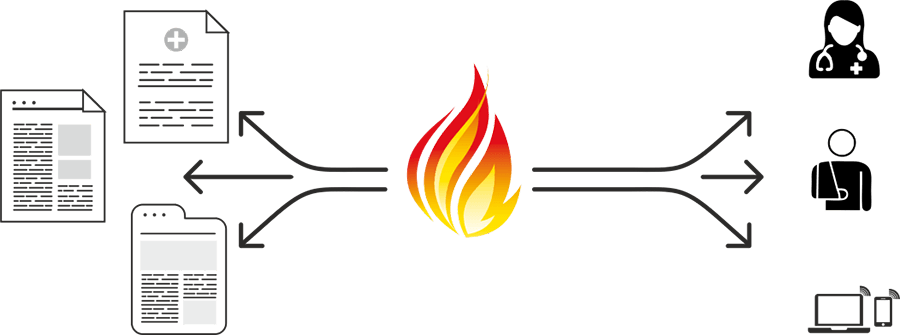
FHIR is a data standard that was developed by HL7, a healthcare IT standards body. HL7 provides healthcare standards and comprehensive frameworks for data exchange; FHIR was developed by taking into account the massive volume and complexity of healthcare data.
What FHIR does is it connects discrete and widespread data elements using a web-based approach. Data elements have tags that are used as unique identifiers for each element. It is similar to how websites and search engines operate. These tags, also known as resources, make it possible to quickly exchange specific snippets from a large volume of data across different channels or organizations.
Why do we need FHIR?

There has been some progress in healthcare tech over the years, with advancements such as Electronic Health Records (EHR) and Electronic Medical Records (EMR). But the fact remains that unlocking this data safely and making it easily accessible to all healthcare service providers of a particular patient is still a thing of the future.
Application Programing Interfaces (APIs) have been around for a few years now. They were considered to be the data exchange solution that we were all waiting for. However, there was one small issue; APIs were proprietary. If an API was designed for Windows 7, then the apps built on it would only work on Windows 7. Although the situation today is different with APIs working across any operating system, the original purpose was lost.
What does FHIR do?

FHIR uses standardized APIs to create plug-and-play applications. This serves to remove the gaps and errors that the current document-based system of information exchange brings with it. An application developed for FHIR can be plugged into any EHR and information can be obtained; there is no scope for information to be lost, and it’s easier to obtain specific details instead of a large volume of data to sift through.
What can FHIR do for patients and healthcare service providers?

There are a lot of expectations from FHIR with regards to improving patient engagement, seamless data transfer, and developing better care management programs.
For patients, FHIR makes it easier to contact healthcare service providers by eliminating the hassle of having multiple portals for the same. FHIR can also be used for obtaining smaller, specific data from eHealth or mHealth apps, wearable devices, monitors, and other sources to perform health analytics and make estimates, thus helping in preventive care. It can also offer a holistic and comprehensive picture of the patient’s health, medications, and episodes.
All this data is made available to patients as well. It’s an excellent method of care management.
FHIR for data monitoring

FHIR supports a variety of applications and data sources, which makes it easy to access data snippets from various channels. Monitoring the mass of healthcare data is tough. Using FHIR, it is possible to save a lot of time by enabling focussed data access, and converting this specific data into actionable insights.
Parting Thoughts
FHIR is a smart way to access granular data over the traditional document-based method. It is seamless, quick, saves time, and provides easy data exchange. The aim of FHIR is to create a standardized data exchange system across the global healthcare scenario. It is touted to improve the challenges of healthcare data interoperability.
- APIs
- EHR
- EMR
- FHIR
- Healthcare
- HL7
- mHealth
Mobifilia
3 May 2018
